P800 was the first in the row of Sony Ericsson's smartphones using the UIQ interface over Symbian operating system and touch screen as main navigation method, combining the latest technologies into a high-end mobile phone with functionality comparable to those of Pocket PCs. The touch screen is the main difference of the UIQ system when compared to S60 (Nokia's interface over Symbian) that is more similar to Windows Mobile Smartphones, which also don't support touch displays. Sony Ericsson's P800 looked like a Pocket PC, but unfortunately was not able to compare with one, and although it had bulky size, the features were not that impressive, neither was the phone implementation with its awful keypad that was one of the many things to be changed in future models. The latest phone now features full QWERTY hardware keyboard situated on the phone itself and not on a flip (there's one for numeric keypad though) as in the P910, and takes both the design and functionality of those smartphones to an entirely new level, featuring 3G UMTS support, wireless network via Wi-Fi and 2-megapixel camera.
The phone box contains:
- P990
- Battery
- Cradle
- Charger
- USB Cable
- Stereo headphones (handsfree)
- Wrist strap
- Additional Stylus
- Memory Stick PRO Duo
- Adapter for Memory Stick card
- Tools for removing the numeric keypad flip
- Extra cover if the flip is removed
- CD with Sony Ericsson PC Suite
- Manuals, etc
The cradle is totally uncomfortable! In order to plug the phone in it, you should use both hands, and the same goes for removing the P990. There is no bed for the phone and to put it in, you have to manually make sure the connector of the phone will sits on the cradle correctly, and then push the phone downwards. As the construction doesn't help you to direct the phone to the cradle's connector, you should do this every single time by touching it or looking at it, which is just not worth it even inserting a cable is easier. It's the forth smartphone from the P-series of Sony Ericsson, and we think that they should have learned how a cradle should be done. A nice thing is that it has ports for connecting USB cable and charger on the back, and one for connecting Sony Ericsson music accessories headphones/adapter/or small speakers. We also liked that it has small neon lightning in poison green around the connector that both looks cool and helps you find it in the dark.
The P990 is a relatively large candybar phone with solid construction, giving it a feel of a high-end device, which it definitely is. The construction has high-quality feel and the battery cover is the only part that gives in when pressed, but sits still and doesn't move in the direction it opens, so opening it is actually very hard operation: you have to push the cover in the upper part and slide it down, but it's easy only on theory you can break into sweat as you try to do it. Once opened, you can see the battery and under it is situated the bed for the SIM card; unlike other Sony Ericsson phones you can easily remove it, without breaking your nerves or fingers, which is an improvement for the brand.
The phone sits well in man's hand and using it with either left or right one is comfortable, as in both cases you have access to the jog dial, which we think must be put in every single smartphone, because it gives easy one hand only navigation. The large dimensions are a drawback when it comes to putting the phone in a pocket, and we found it strange that Sony Ericsson doesn't ship a case for wearing it on the belt and you have to either put it in a pocket or look for third party case designed for the P990.
Except the Jog Dial, the left side houses also a back key, a multimedia (play/pause) shortcut key, similar to those of other Sony Ericsson phones (W810, K800, etc) and a small lock slider that cuts the need of difficult key combinations for locking the keypad/display.
On the opposite (right) side are a @ shortcut to the internet browser and a camera shortcut/shutter key with small LED lightning next to it. Different functionality can be assigned to both the multimedia and the Internet keys.
All the side buttons are easy to press but hard to feel, as only the jog-dial and the camera shutter are raised from the surfaced.
In the middle of the right side is situated the small cover of the Memory Stick Duo card slot which is solid and easy to open, but the card itself can be hardly removed if your fingers are not tiny. On the bottom are the standard Sony Ericsson multipurpose connector and the top houses the infrared eye and power key. The main camera is on the back with its LED flash, while the one for video calling is above the display next to the speaker and service light.
The P990 is a candybar
but with Flip. When closed it looks like a normal phone (with big size), but its numeric keypad is situated on an active (it changes the mode of the phone when opened or closed) flip with very robust spring mechanism. Opening it, you can see the whole display (240x320 pixels) and a small full QWERTY keyboard below it.
The display is one of the main characteristics of the SE P990 it is 2.8 inches, touch-sensitive QVGA unit displaying up to 262k colors (18bit) which (on specifications) is four times (4x) more than Windows Mobile Pocket PCs that support 65k colors (16bit). Although its colors number, it didn't performed very well in this part and the image produced by it was just as good as that of T-Mobile MDA (QVGA 65k colors) which is good looking image but not as detailed and contrast as those of phones without touch screen (Nokia N73, Sony Ericsson K800, Samsung D900). In direct sunlight, it is extremely hard to read and is actually darker compared to the T-Mobile MDA's one.
The numeric keypad is located on the flip that stays solid even when pressed; the number keys are slim horizontal lines with good relief and very strong tactile feedback, which helps dialing a number without looking at the keypad and without making mistakes. As good as them are the navigation and software keys, and the 5-way D-pad which is very usable and comfortable, unlike those of most other phones. All the keys are lit in white and the function of each key is very easy to be seen as the backlight is strong and consistent.
The full QWERTY keyboard consists of 35 keys made of transparent light blue plastic, which when lit shines in solid blue that is both good looking and strong enough for easy reading of each key as the characters are written in black (main) and dark blue(alternative) over each key and can be seen even when the backlight is off. The keys are arranged in four rows with the very small space between each is their main drawback. Unfortunately they are not designed to be pressed with stylus, and doing it is near to impossible. Despite their tiny size, they have convenient form which combined with their superb tactile response makes a usable QWERTY hardware keyboard that is probably the fastest way to type in a text. Compared to the HTC Wizard (T-Mobile MDA) it is not that comfortable for typing mainly because of the size, but its backlight is better.
The stylus is located in a port on the left part of the top side. It is 3.3 inch long and although its small thickness using it is very convenient, and also is inserting and removing it from the port as it ends with rugged surface. The box contains a spare one if you happen to lose or break yours...
Interface:
Flip Closed:
In standby mode the homescreen shows the standard service information. In the line at the top you can see the signal and battery straight, below them is the carrier name and at the bottom are the soft keys functions and the time and date. In the middle, over the wallpaper are displayed icons that indicate the function of the D-pad, or can be scrolled with the jog-dial. The main menu and some of the sub menus can be displayed as either 3 by 3 grid of icons or as a list. When they are as icons, the image changes as you point on it, similar to other Sony Ericsson phones. Although the icons look good and are big in size, we'd like to see the name of every option below the picture, so we won't have to point at it to see what it does.
Flip Opened:
On the top of the screen is the carrier name and the standard service information (signal and battery straight) is on the bottom line, combined with shortcuts menus and task manager icons. Above are four shortcuts and the time and date. Although the screen size (resolution) is bigger when the flip is opened, the main menu is still seen as grid of only nine icons and so are the sub-menus, but the latter now include much more options that have been hidden while the flip is closed.
Overall:
Moving through the menus is somewhat slow, and although you have perfect navigation using either the jog-dial or the d-pad (when the flip is closed) or clicking on the icons (when the flip is opened) you won't be very fast as loading some menus requires waiting that can even be annoying.
Themes allow for basic graphic customization of the interface, but 3rd party software may help for deep customization of the smartphone, as the UIQ interface over Symbian is a smartphone operating system.
The Task manager shows you recently used or opened applications and allows you to stop them, but it lacks options for switching all off.
Phonebook:
Managing your contacts with the P990 is very easy. They are displayed as a list, showing the name and the main number, but not displaying the caller id icon. Searching for a contact is done by direct typing of words, but unfortunately the phone searches in the first word only, and if you've entered First and Last name the contact would be displayed as Last, First and searching by the first name won't be successful. This is ridiculous for smartphone, and we think that even if a name (first or last) consists of more than one word, searching should be achieved by any of them. In this situation, a Windows Mobile Pocket PC handles searches much better!
When adding a contact you can't make a mistake everything's easy and clear, and the fields are divided into a few tabs, as it is with other Sony Ericsson phones. You can easily add additional numbers and emails fields if you need some, and you won't experience any limitations. If you want you can also add personal ringtone or callerID image, and with the latter the phone allows you to capture the image at the moment with small window using the camera.
Organizer:
Although it is a smartphone, the P990 doesn't have significant improvements in its organizer, too. The calendar can be comfortably viewed as a month or as a week, with the latter originally arranging the days in a way that uses the whole display resolution. Adding an appointment is done in a few quick steps and the same goes for other reminders in the calendar. In the Tools menu you have the standard calculator (no scientific one), converter (distances, volumes, weights, temperatures, speeds, areas, currencies), stopwatch (saving nine laps), countdown timer, and world clock with three alarms that can be programmed with separate times, alerts (including an option for FM Radio as an alert). Also here is the File manager that once again resembles one of Sony Ericsson (non smart) phone and not computer browser, as it should be with a smartphone.
Notes and Tasks, as well as QuickOffice, PDF Reader and Business Card Scanner can be found in the Office Menu. The notes are just text notes with no options, while in the tasks you can set their priority and add an alarm to them. Using the Quick Office you can open documents formatted for Microsoft Word, Excel, and Powerpoint. As the program is the same as that in S60 phones, you won't find any big improvements in the UIQ cousin: still files with colorful backgrounds are not visualized correctly. On a positive not, even a large excel document (500KB with a dozen of sheets) was viewable, unlike the S60 version.
A nice addition is that you can create or edit Word and Excel documents on the phone. The interface is not as comfortable as the one on a computer, but it still works if you have to do this and rely on your phone only. You can use Format toolbar for color options (font and background), bold/italic/underlined and even aligning.
For opening of Adobe Acrobat files, the phone comes with PDF+ preinstalled, which allows viewing in landscape and searching of text, but doesn't have the best visualization and reading a more complex file is not the easiest job. Although it can open larger documents, we would suggest you not relying on it, if the document is not formatted for phone usage.
The thing that we found most interesting was the scanner for Business Cards, which actually worked! To use it, you capture a photo of a random business card and then process it for a quarter of the minute (about 15 seconds) to take the information out of it then it saves it in a new contact, automatically adding its name, number, email, address, summing all the information up as a not, and putting the photo of the business card as caller id image. In is not sure that the program will work in 100% of the cases, but we found it very useful and well done!
Messaging:
Messaging menu is as standard as you can expect: you have inbox for messages and synchronized email. Composing a simple TXT message (SMS) allows you to add multiple receivers, insert simple images or sounds, use BOLD for the text, three size options and insert emoticons (text codes - [ :)] for example), visualizing as animated faces. Composing a multimedia message (MMS) you can add real images and sounds, and even video clips; the templates in the phone may help you for faster composing.
Using the email client is a piece of cake: you set it up for a couple of minutes and can choose how to download your messages: you have option for headers only or to download only messages smaller than a set size (100kb for example).When you've written a message, you can choose if you are willing to send it immediately or save it to the outbox, where it will stay until you use get and send in convenient moment (when you have Wi-Fi nearby for example).
Connectivity:
One of the main drawbacks of the P990 in our opinion is its radio: it is tri-band GSM (900/1800/1900) with single-band UMTS (2100) which makes it unusable in the States. As a high-end business oriented phone, a quad-band GSM and world tri-band UMTS that turn it into global-roaming capable smartphone will be much more suitable, as it is with the HTC TyTN that is also expected to launch soon with Cingular as the 8525.
For local connectivity the phone supports every single thing you can imagine: USB, IrDA, Bluetooth, and Wireless LAN. Connecting it with the USB cable (and the cradle) to a computer allows you for fast synchronization and backing up of the device. Similarly to other SonyEricsson software, you can compose Multimedia messages on the computer and install applications, as well as language packs, from it; they can be either JAVA or Symbian applications. The file manager opens in the standard windows explorer but it doesn't use all of its functionality and is definitely not the most comfortable way to access a device we'd prefer if the phone recognized as mass storage device.
Copying a file from the computer through the USB cable from the box, connected to USB2.0 port and the cradle, we transferred 15.4 MB to the phone's memory for 15 minutes, which is a speed of ONLY 18kbps! or about eighty (80x) times slower than the N73! Ridiculous slow speed! We'd suggest you getting a card reader at the moment of buying the phone.
The supported version of Bluetooth is the latest 2.0 with multiple profiles including A2DP for stereo audio distribution this can once again turn the P990 into a small multimedia center. The Wi-Fi supports 802.11b only and not the faster g standard, but is still a feature that is a must in high-end Smartphone. Using it you can obtain internet connection in short distances, but unfortunately drains the batter much faster than if it is off. We suggest you to turn it on only when you really use it
Internet:
The phone's internet browser allows for surfing pages that are not specially designed for mobile phones without a problem it renders them as you've used to see them on an ordinary computer browser with all the bells and whistles. Using Wi-Fi, we easily opened PhoneArena's home page in a few seconds and were able to read and see the latest news about mobile phones. One of the remarks we have about the browser is that you cannot use the scrolls while you enter a text in a field (search engine for example) as moving the stylus on the screen can also be used as text-input method. To scroll after you've entered the text, you have to press in other part of the site and then move left or right with the scroll.
An additional RSS feeds options allows you to get the information you need in just a few seconds, without the need of super fast (Wi-Fi or UMTS) connection and generating lots of traffic.
Camera:
The P990 is not only a business device it also packs multimedia features. It has inherited the 2-megapixel camera with auto-focus from the K750 phone; situated on the back of the phone, it dominates it with its circle cover, that is active and so must be rotated to open the camera lens, automatically switching its application on after about 5-6 seconds. If the cover is opened you can turn the camera by holding the shutter key on the right side. A nice addition is that when you get the camera interface ready, a small LED in the form of camera next to the shutter key flashes a few times.
The camera's interface is in landscape mode and gives information for the settings chosen, and you can change them with the touch screen or the jog-dial. There are four resolution available (the biggest is 1600x1200 (1.9 megapixels) while the smallest is QVGA) with three options for compression. The options for white balance, color effects and frames are nicely present as they were with other camera-oriented Sony Ericsson phones, and we are happy that the shutter sound option now includes Mute.
Unfortunately P990 lacks the options for Best PIC and for taking Panorama, which were present in the K800 Cybershot model; as they are only software dependent, we'd also like to find them here, but Sony Ericsson have decided to put them in their camera-dedicated phones only.
Focusing on an object takes about five seconds, and the same time is required till the image captured is saved and the phone is ready to take another one. This time may be better, depending on your lightning conditions and the operations the phone does.
The camcorder option allows for taking of videos with QVGA (320x240) resolution. We'd like to see a bigger resolution and more options in such a powerful device, as it is with the N93 of Nokia for example, which allows for capturing of video with four times bigger resolution (VGA 640x480).
The images produced by the camera are above the average quality of 2-megapixel cameras; although in low light the camera suffers from its small sensor and produces lots of noise in the images, the ones captured in bright outdoor have realistic colors and don't show much noise. Unfortunately some images may occur blurred, and we guess this is due to noise-reduction system, that actually kills the detail in the images.
 3/6/9 feet (indoor) 3/6/9 feet (indoor) | | | | |
|
|  3/6/9 feet (no light) 3/6/9 feet (no light) |
| | | | |
| | | | |
The best part about the phone's camera is its Macro function we took some close-ups in low light, using the LED flash and the images occurred detailed, without noise, and with good focus. The images taken in day light are even better.
Audio:
The audio player of the P990 has all the bells and whistles, all! Just like other Sony Ericsson phones you can sort the music by Aritst, Albums, or in Playlists. During playback you have very comfortable fullscreen interface, displaying all the information for the song and relatively big buttons that are logically arranged. Except the Normal settings, the phone has ten additional EQualizers including the Mega Bass known from the Walkman series of the manufacturer they should be enough for personalizing the music by the taste of the listener, but we prefer not to use any of them. The volume through the headphone from the box is strong enough, but the quality is what they miss once again we are sorry that the box doesn't contain adaptor for standard headphones (Sony Ericsson jack to 3.5mm) that would allow for listening to music with your Hi-Fi phones. The sound from the phone's speaker is even worse it's not loud enough and you can't get any joy from listening to it, due to the lack of quality.
If you've left the music playing in background mode, it will appear in the activity menu (home screen) as a link showing the time elapsed clicking it you get to the music player interface in a second.
Our inbox headphones were of so low quality, that their edges (although they are with circular shape) were not cut properly and taking the earbud out of our ear hurt us (scratching). This is something intolerable in accessory coming with HI-END phone.
The phone also features FM Radio with stereo sound and RDS support (this can obtain information (text) from the station over the air). Its interface is also comfortable and you can easily find what you need; the first time we started it, the application asked to save all the channels it turned out to be useless, as we had no coverage and all the 20 stations saved were lacking signal. It won't be a problem, if you can delete them at once but you can't. Saving a channel also doesn't allow you to save it with a name if it supports RDS it will automatically capture some word, but if it doesn't, you'll only see its frequency.
Tuning can be done automatically (it stops on frequencies it detect signal), manually by 0.1 Mhz step or by manually entering an exact frequency.
It's sad that a powerful smartphone like the P990 can not play high-quality videos; we put a few minutes long video coded with H.264 codec and MPEG4 format, but the phone was not able to play them. 3GPP and MPEG4 with H.263 can be watched in fullscreen with landscape mode for greater size, but it is hard to get good quality of video from those formats.
Software:
The phone comes with a couple of games preinstalled: QuadraPop (Tetris-like game) and Vijay Singh Pro Golf 2005 3D. You can download many new application done for Symbian UIQ 3 or JAVA.
Performance:
The P990 is definitely not the fastest phone; and definitely not the fastest smartphone (by default, smartphones are slower than non-smart phones from high class). Moving through its menus you can easily feel the lag, and some times you should wait, seeing a message that says loading. We find it really sad that in a few days of usage, the P990 crashed more than a few times
in one case the camera took years to save image and the only way to stop it was to discard it didn't run normally until the phone was restarted. In other case while browsing the internet, the phone showed a message closing applications with continue and cancel options and restarted by itself. In again another case it just froze closing the flip turned the screen to blank screen and only a restart (with the power key) got the things back to normal.
A phone, especially hi-end business unit, should be much more stable than that we didn't even had many 3rd party applications that may cause those problems.
What we can say about the signal straight of the P990 is that is pure reception killer. Its performance is definitely way above the average one and outperformed phones we've previously tested: Nokia N73, N80, Sony Ericsson K800, Samsung D900.
During a call the incoming sound is with high volume and the voices sound clear, but not very realistic as the speaker doesn't reproduce the high frequencies well and all the voices are more thick than in real. The other party reported to hear us with average straight and with realistic sound.
Turning the speakerphone on, they still hear you that well but the sound straight is below average, and some echo may occur. You won't be that pleased with the sound of the speakerphone though, as it is both low and not very clear.
The ringing sound is powerful enough to hear it in even noisy environment
in very noisy one! But it compensates for the vibration that is mediocre and can be hardly felt even in tight jeans pocket.
Conclusion:
The P990 features much, in a not very small package. Its design and construction are almost flawless, but unfortunately the QWERTY keyboard could be a step better. Packing the Symbian UIQ operating system, it has all the bells and whistles, as well as all the negative sides (it is slow and dies by accident). Being a multimedia device, it features good camera with plenty of options and wonderful macro, and superb music player, accompanied by FM radio, but suffering from the awful headphones in the box. When we count the perfect reception and very good voice quality, the P990 is a phone that deserves to be one of the best.

 3/6/9 feet (indoor)
3/6/9 feet (indoor)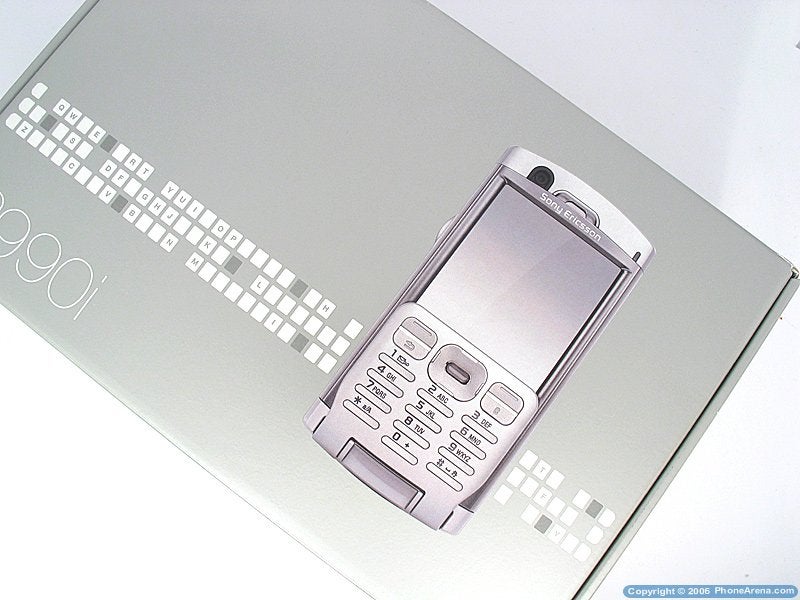
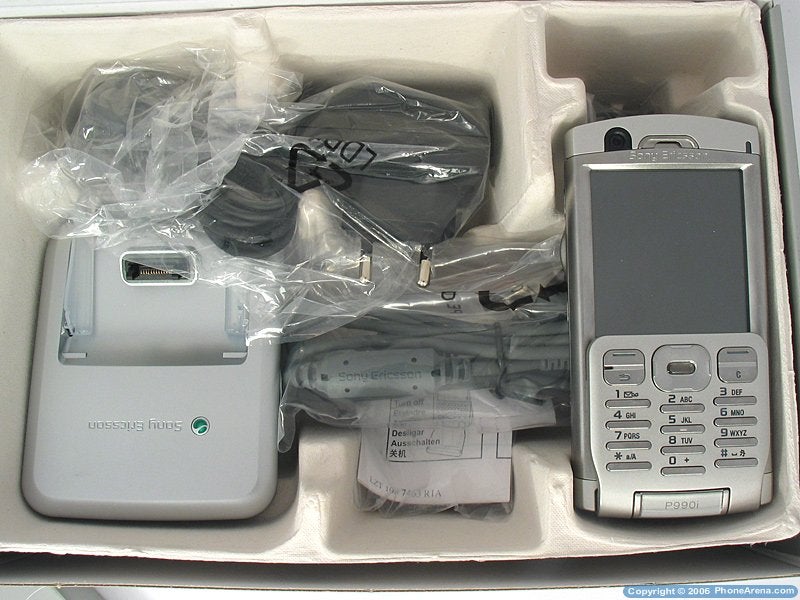
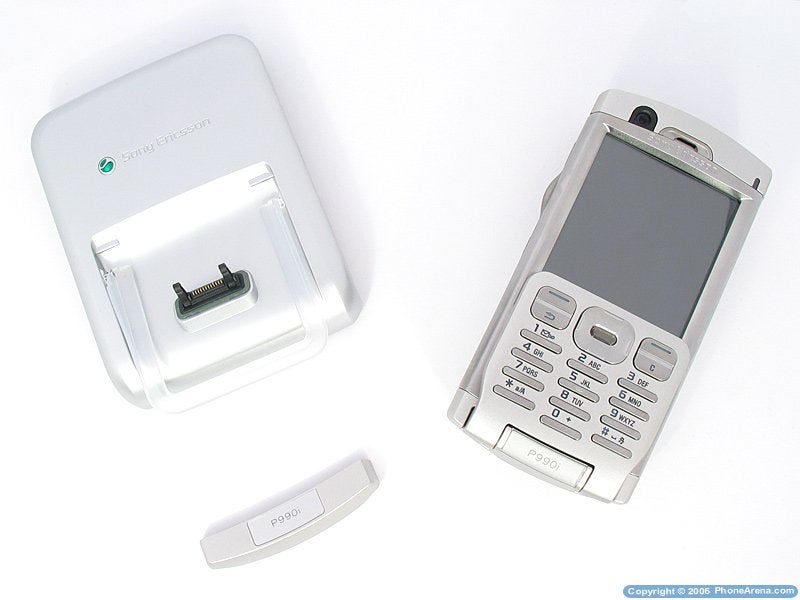
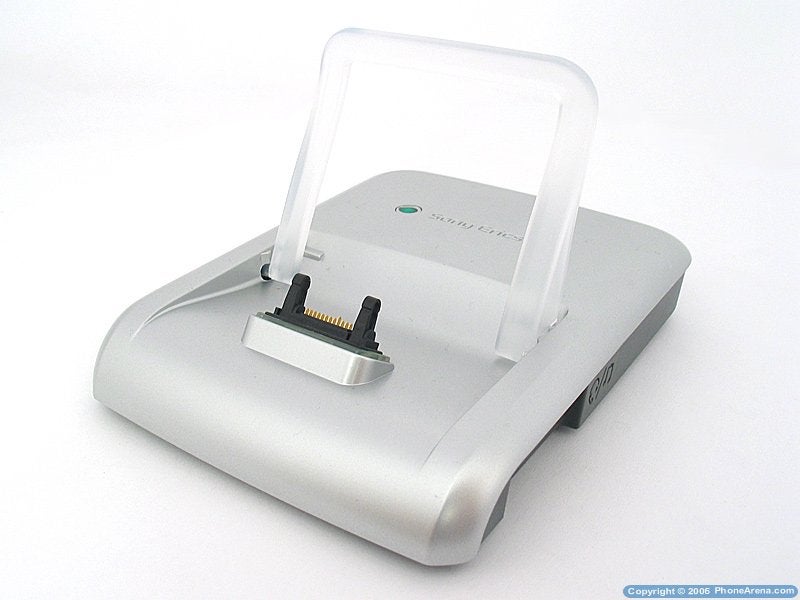
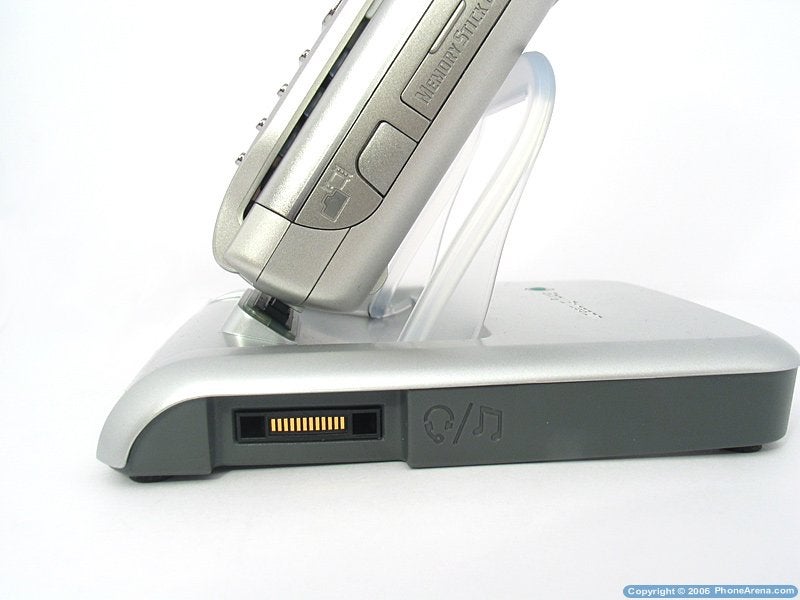
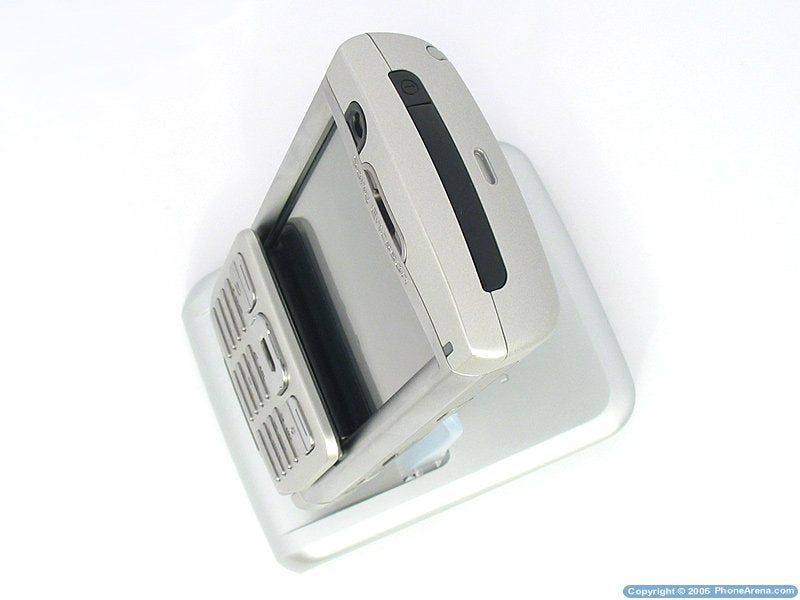
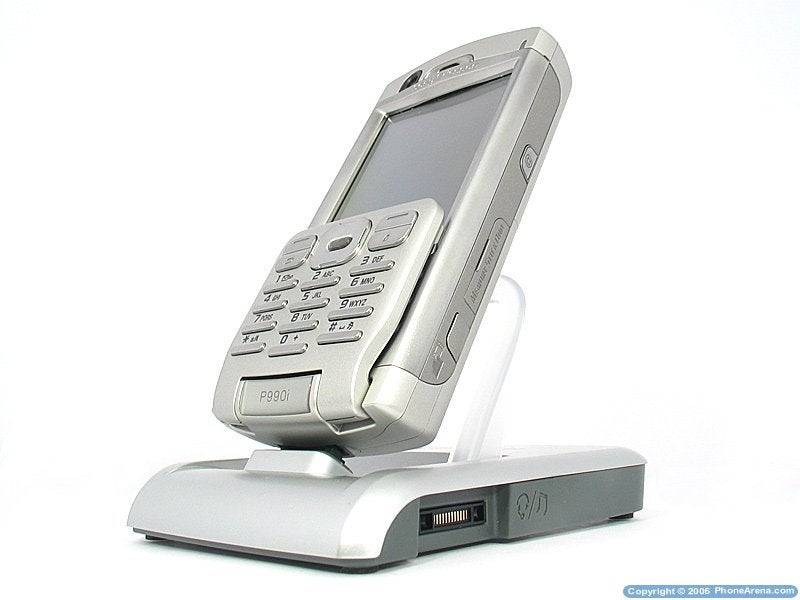
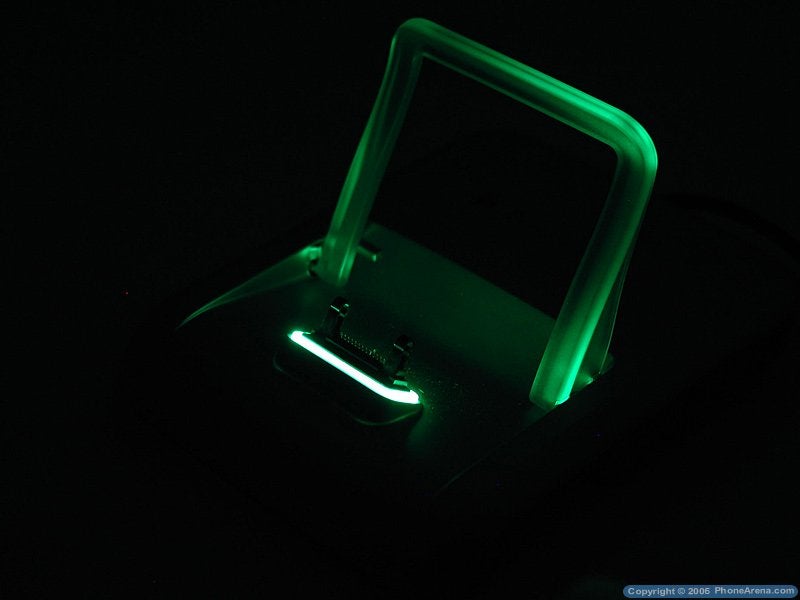
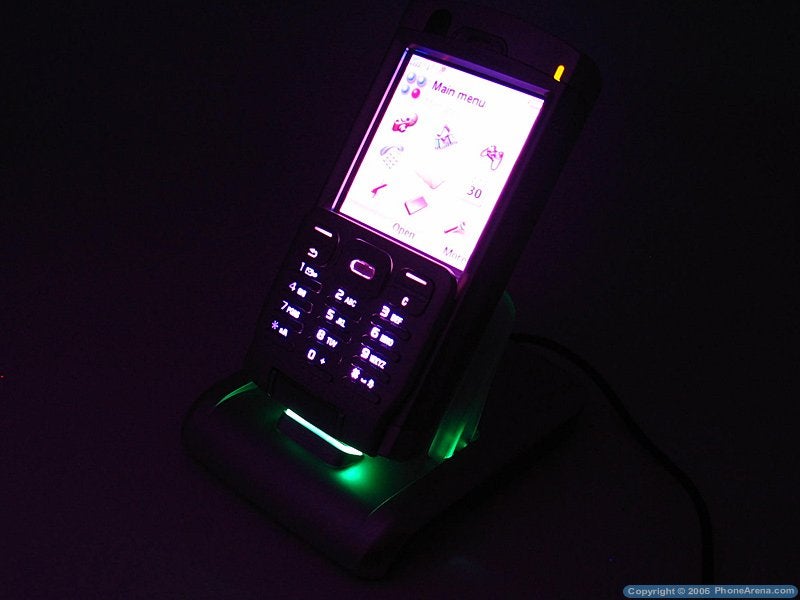
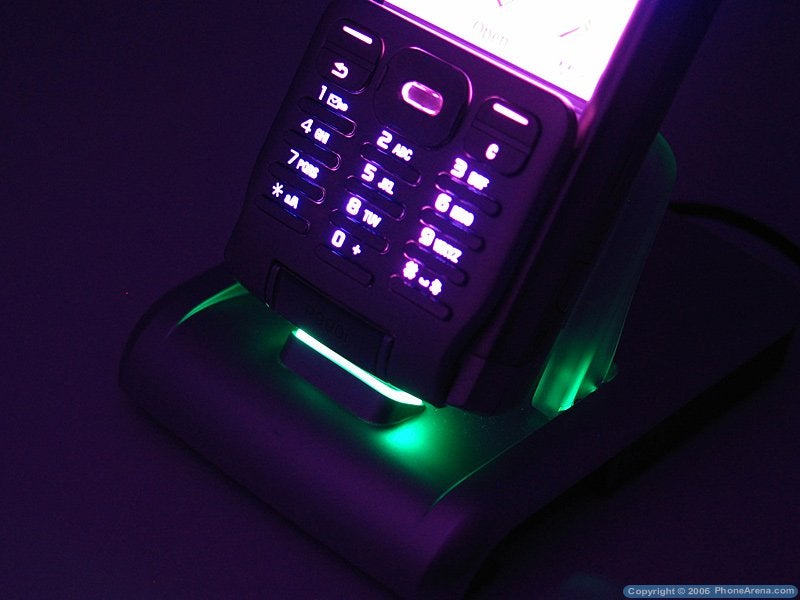
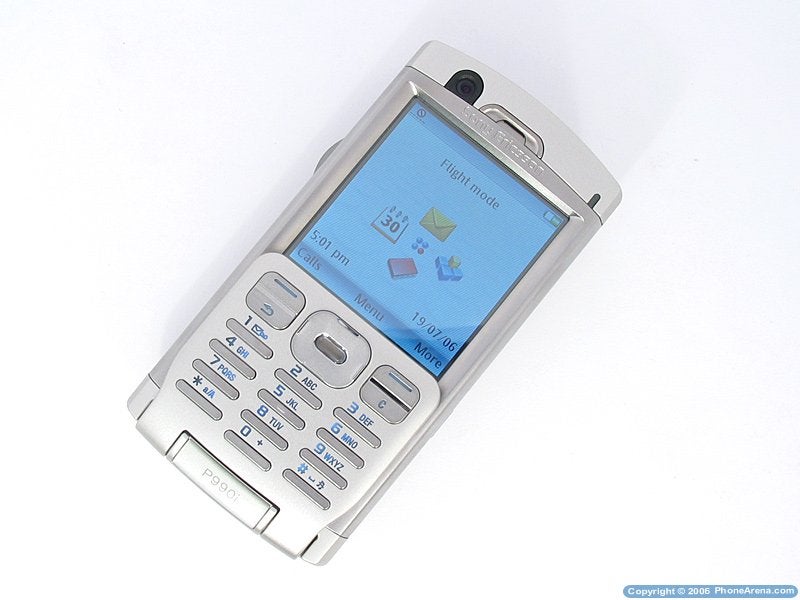
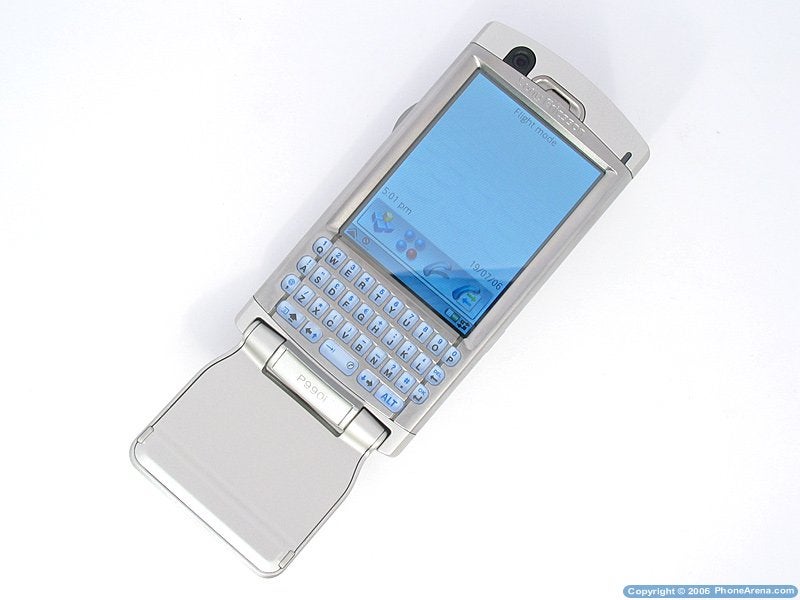
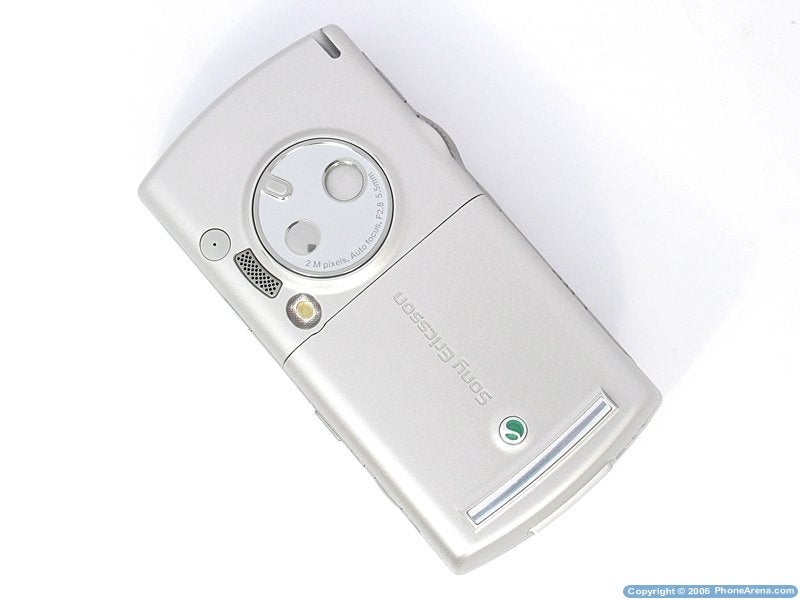
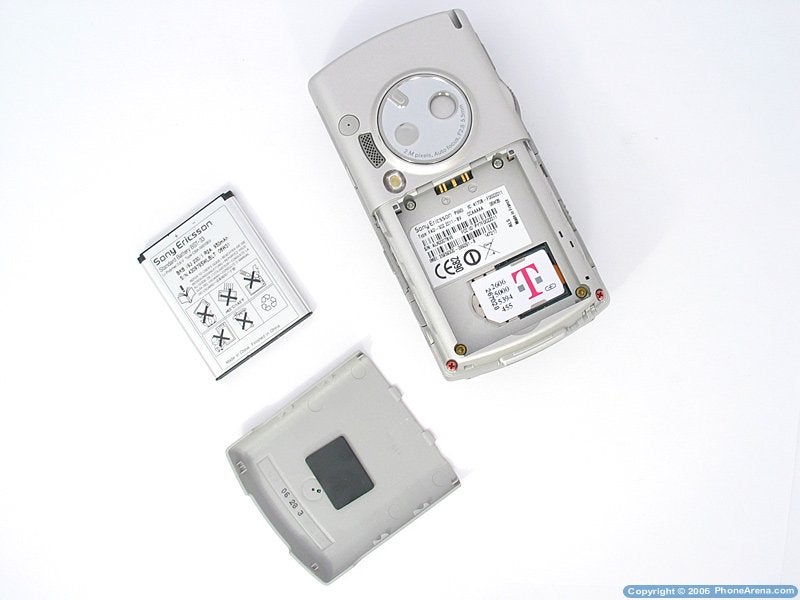
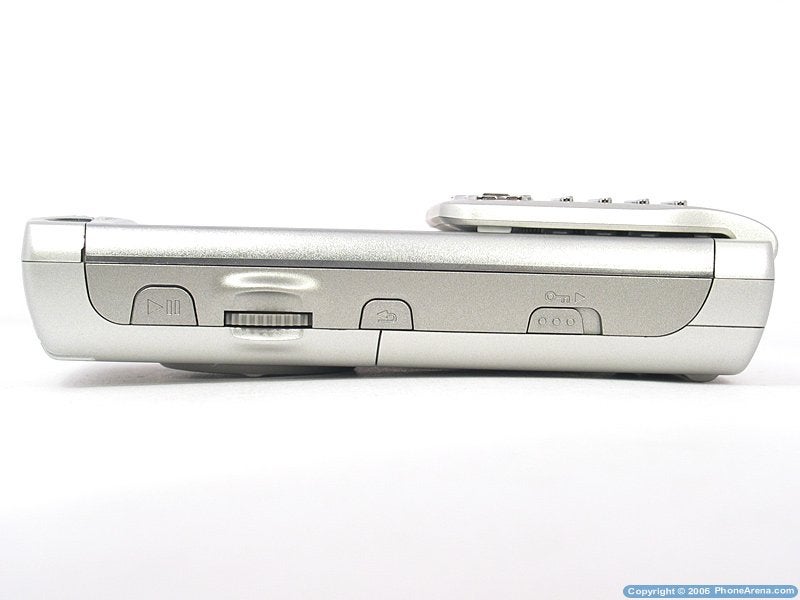
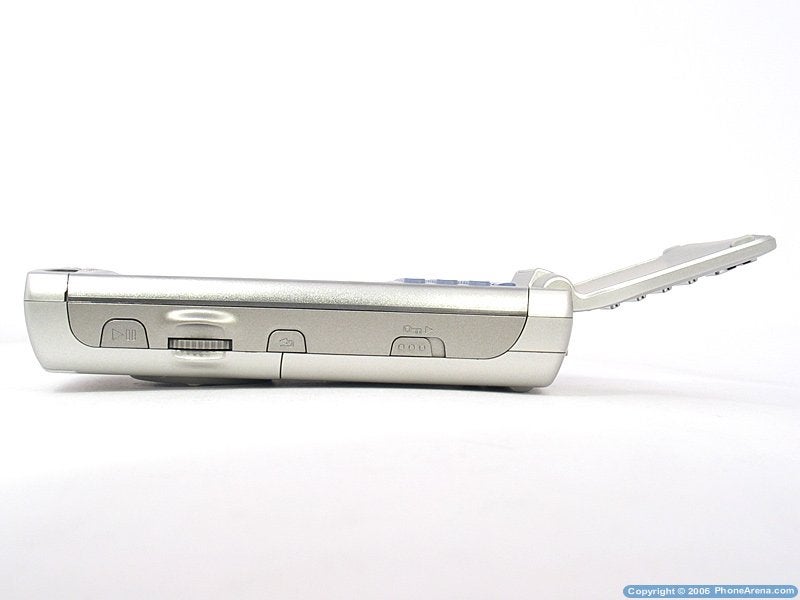
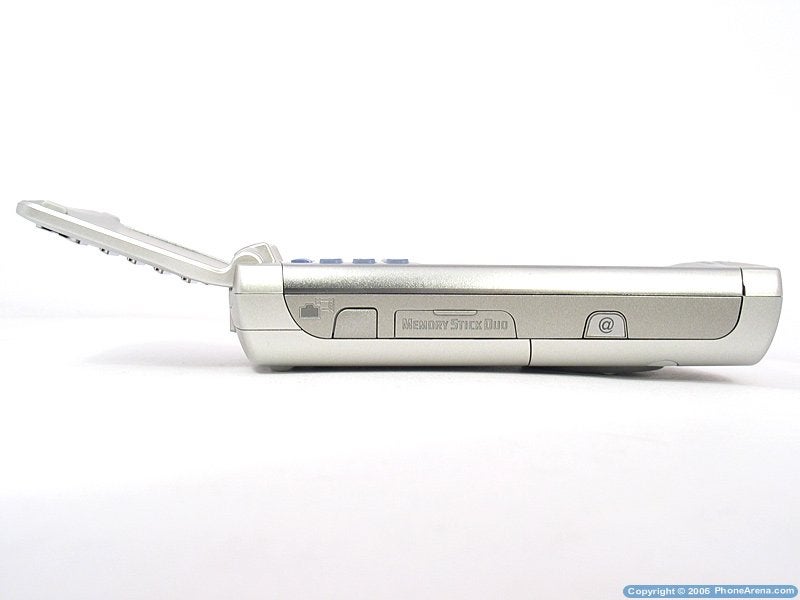
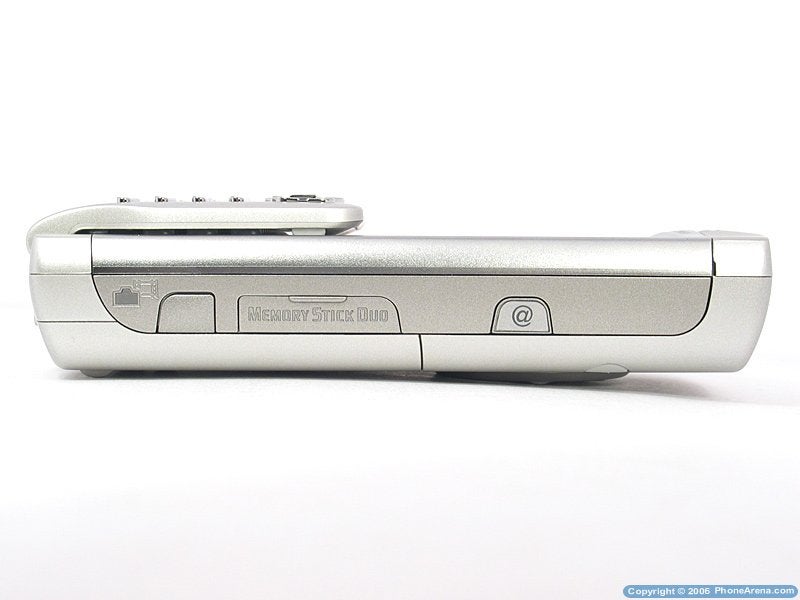


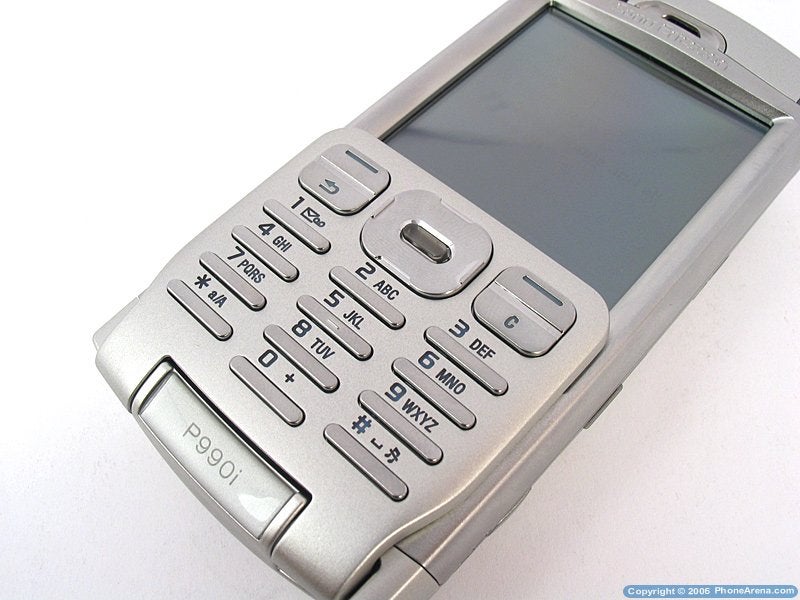
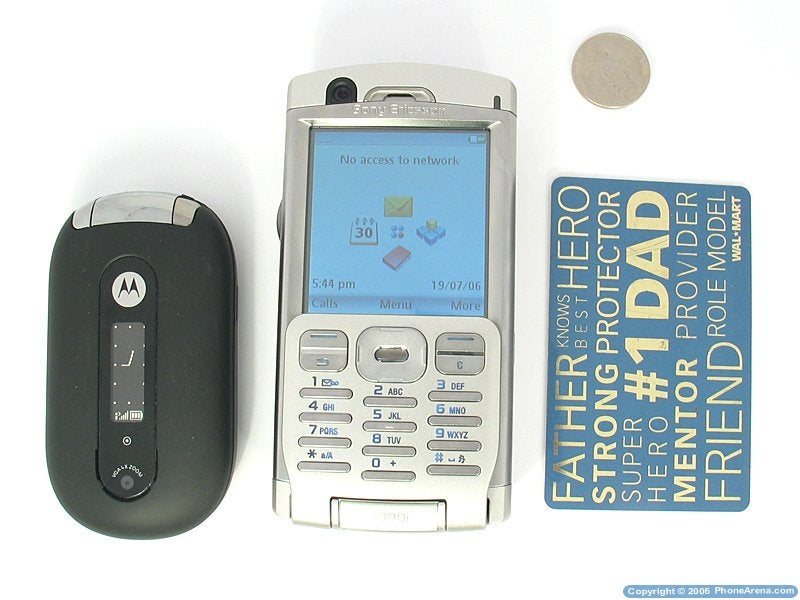
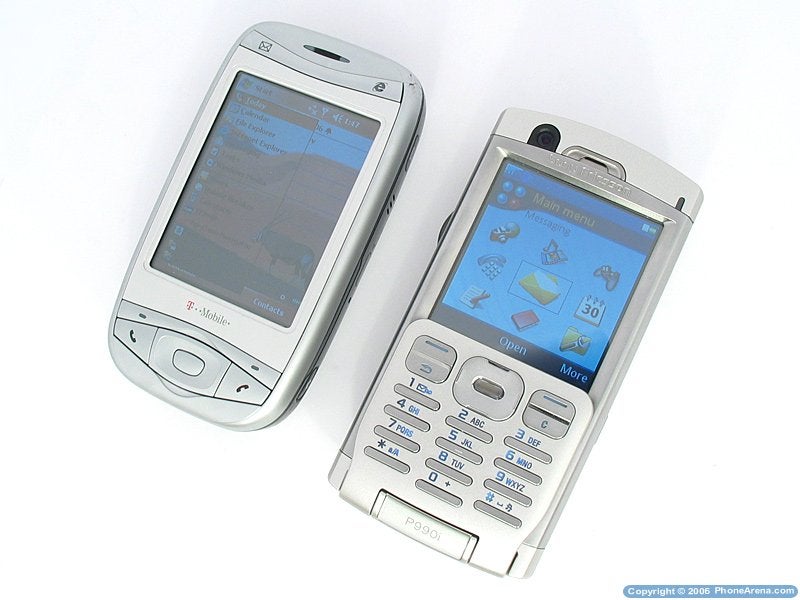
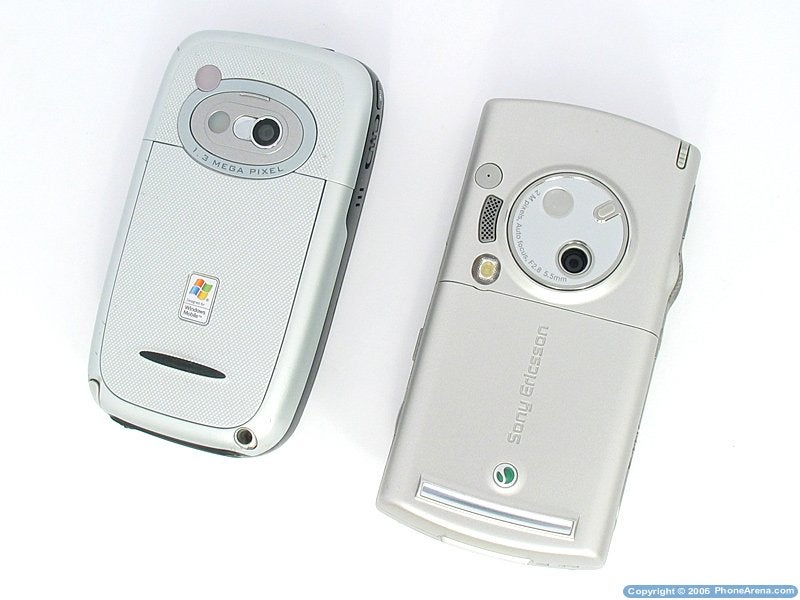
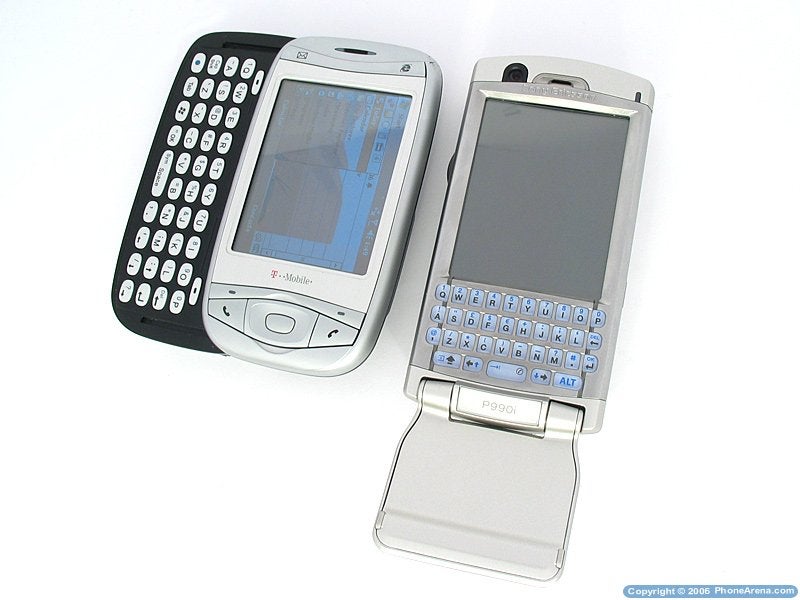
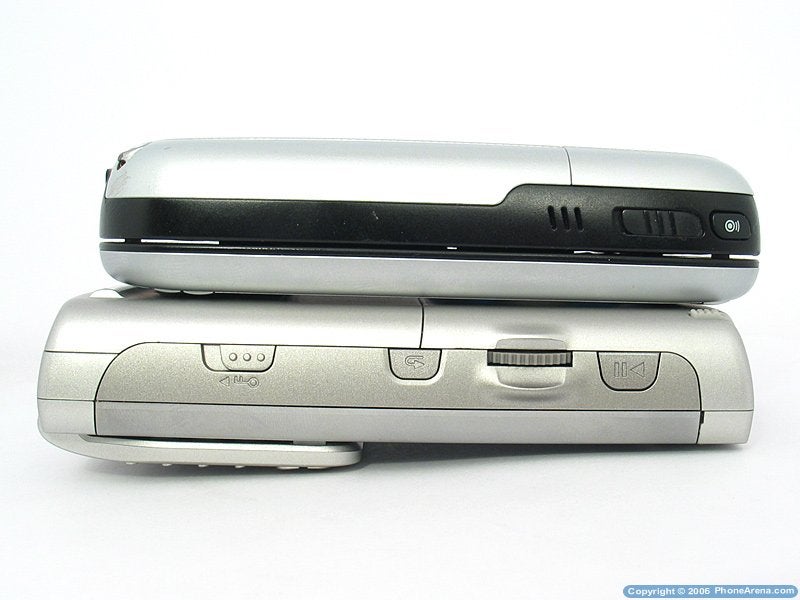
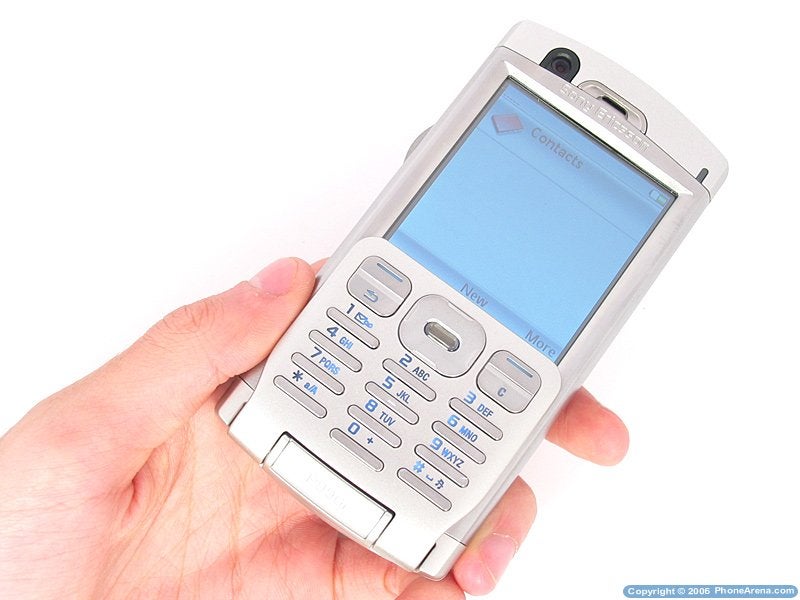
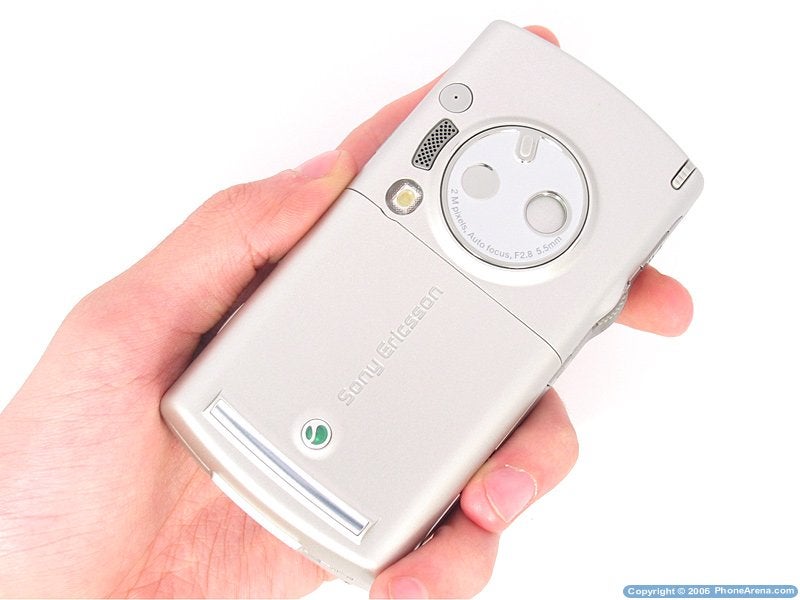
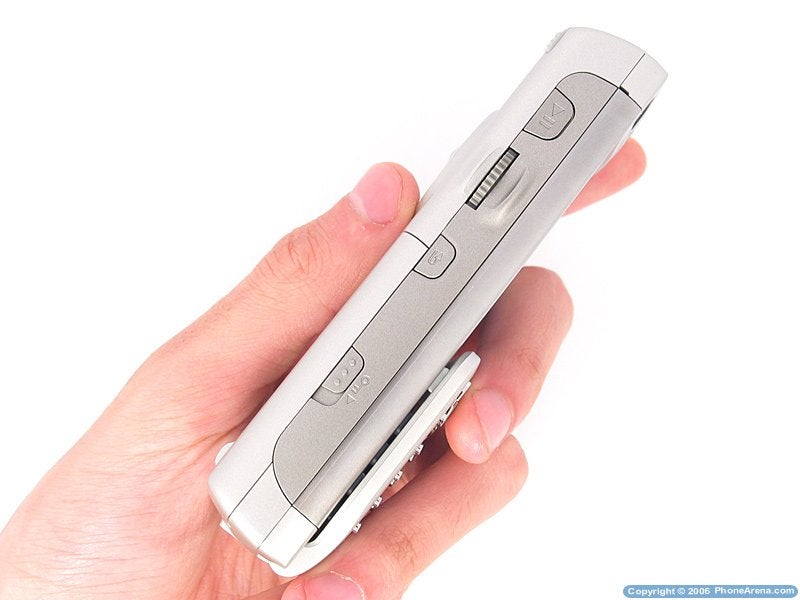
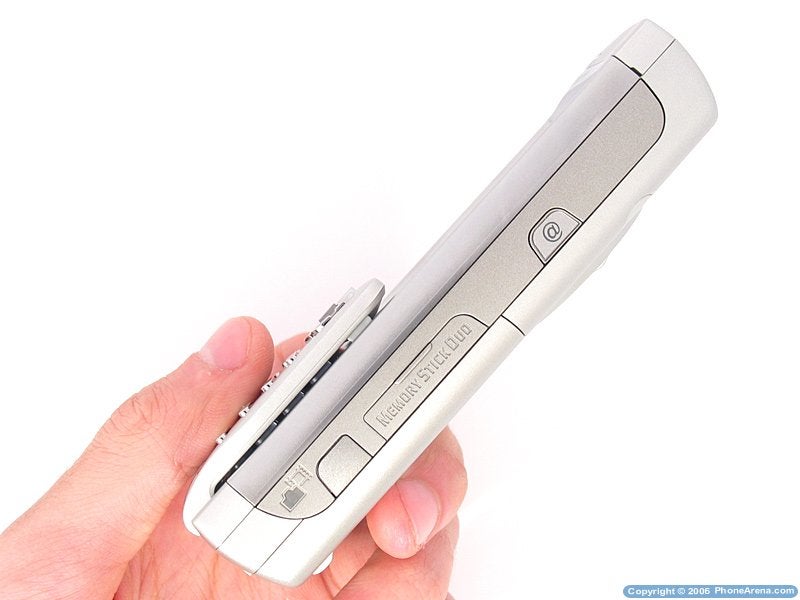
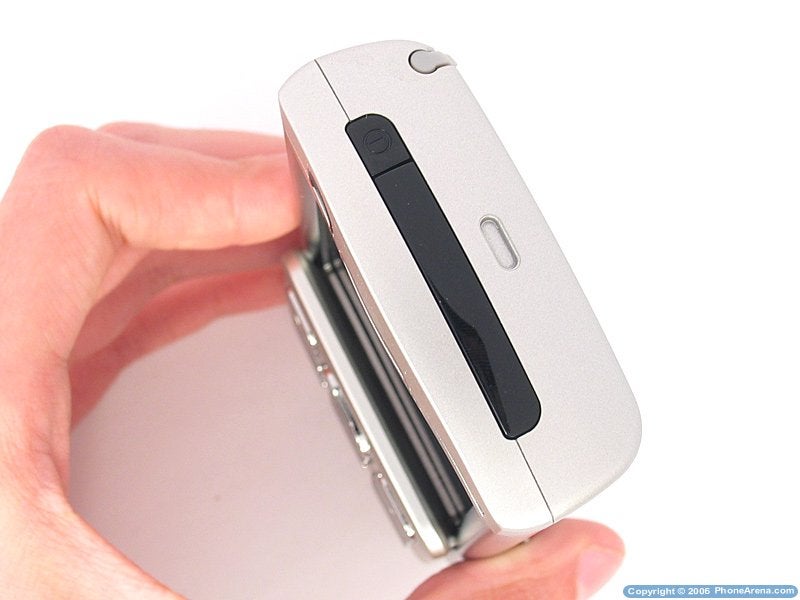
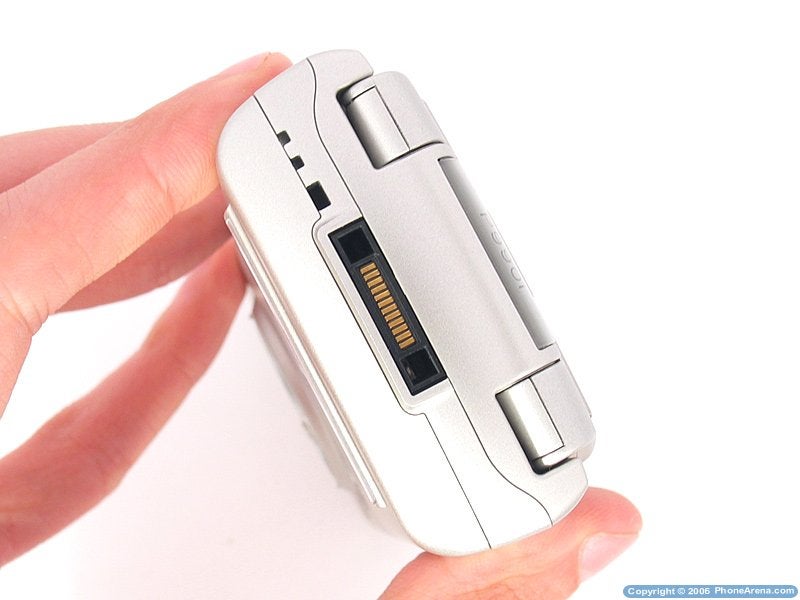
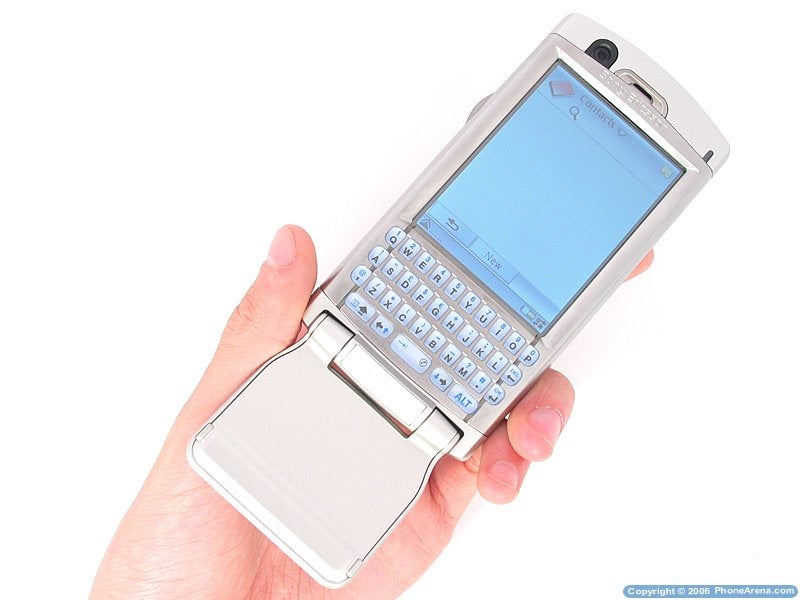
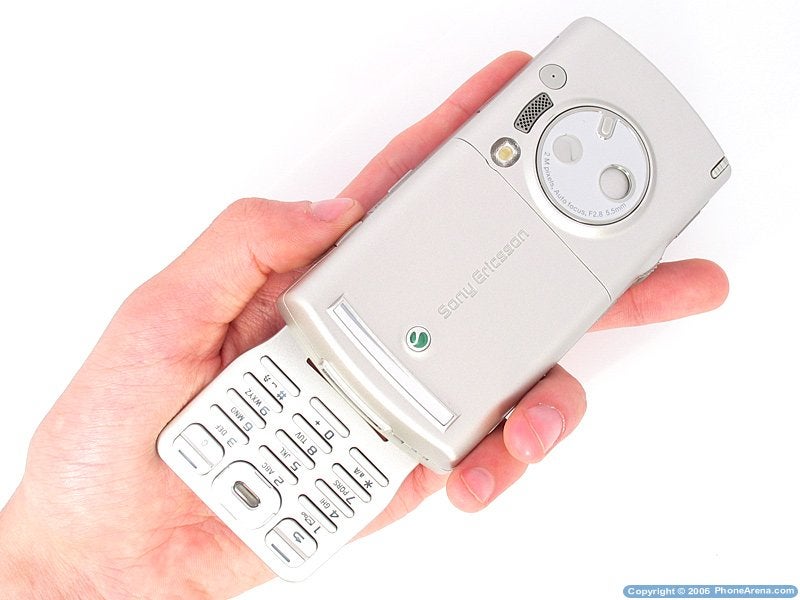
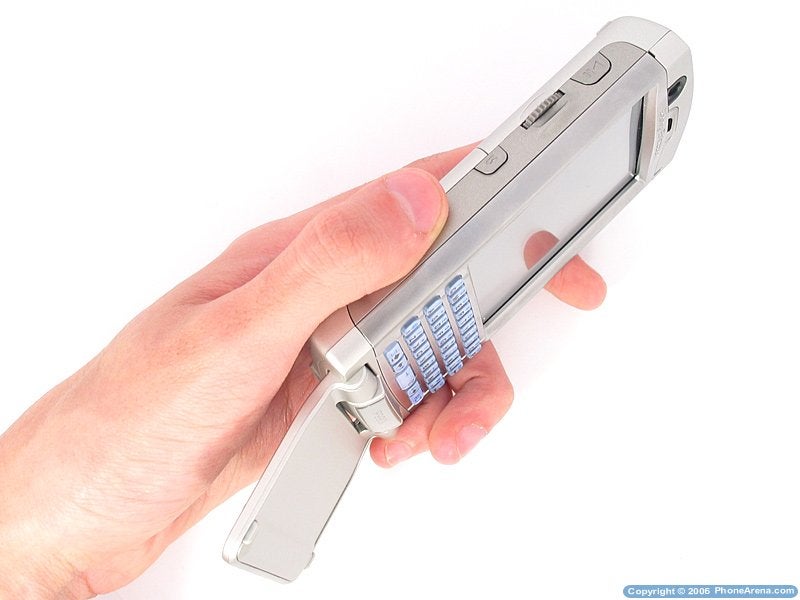
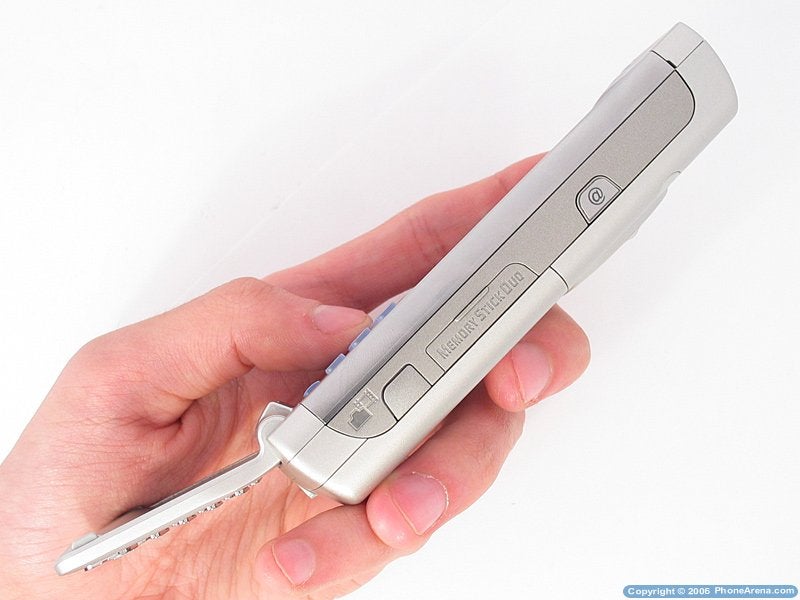
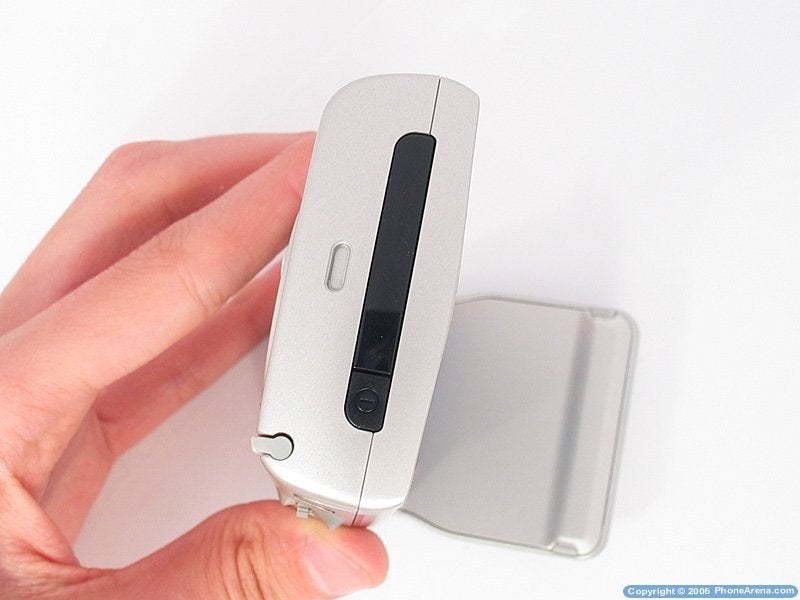
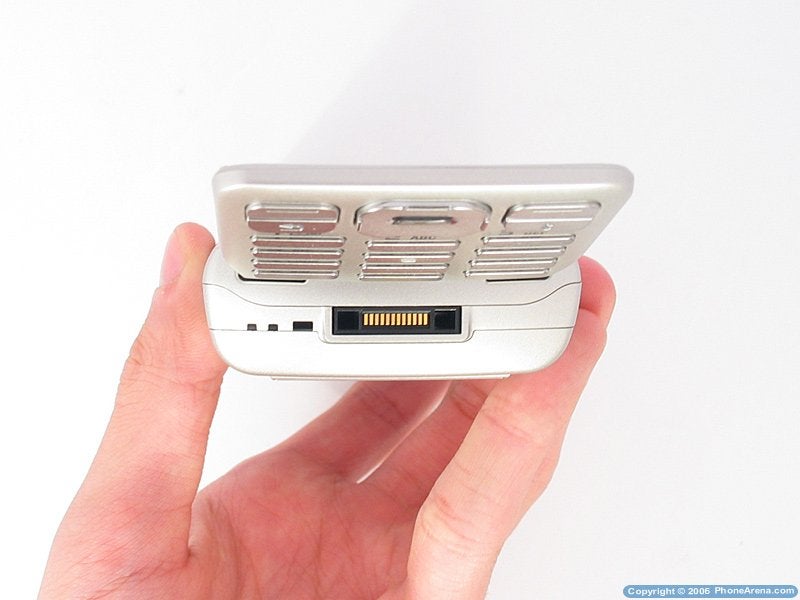

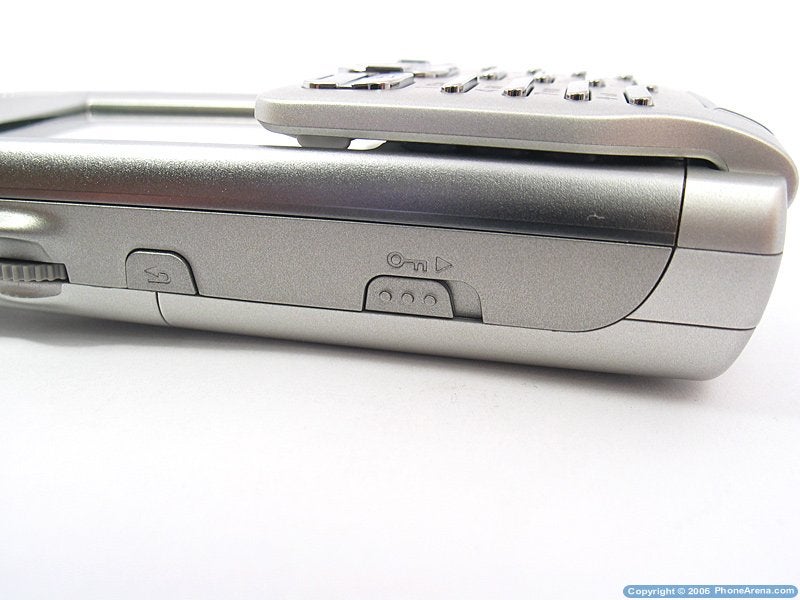
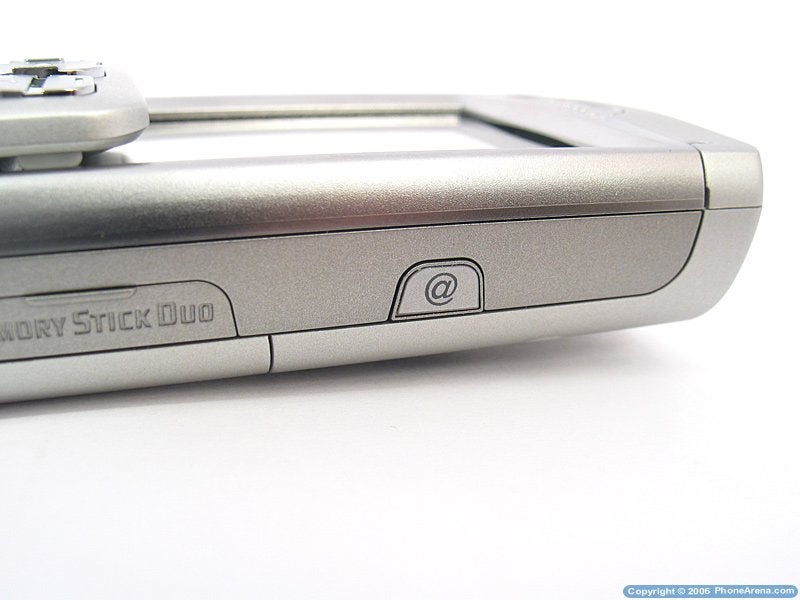

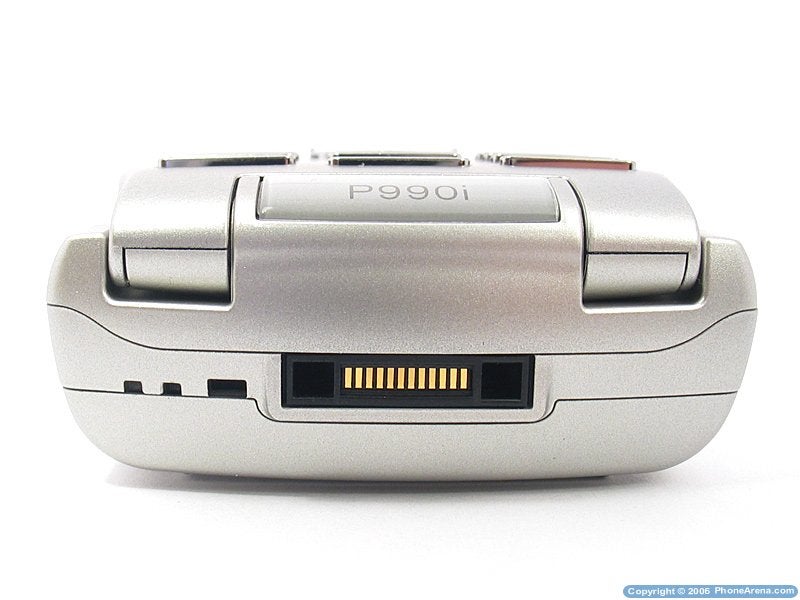
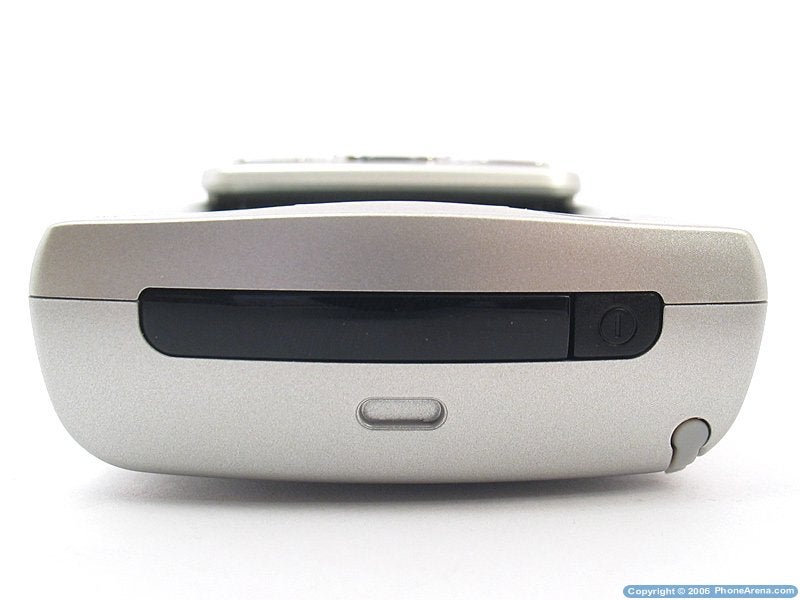
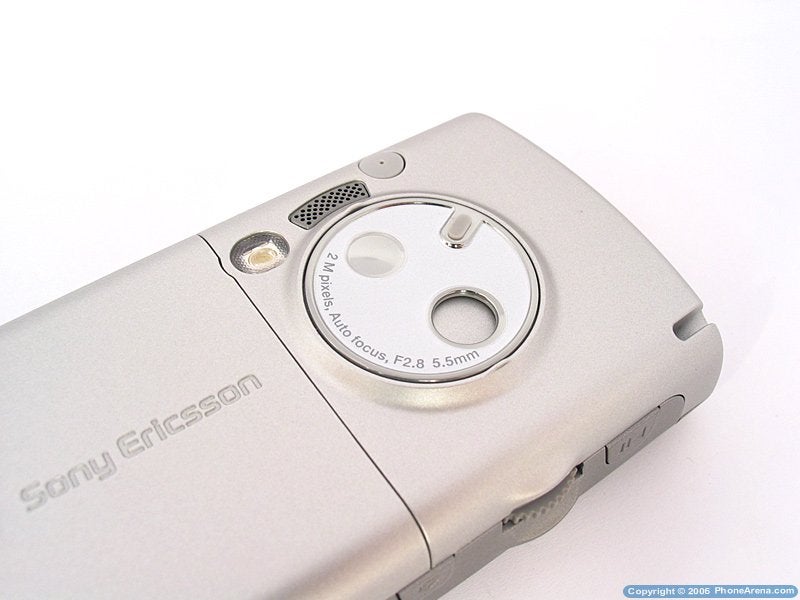
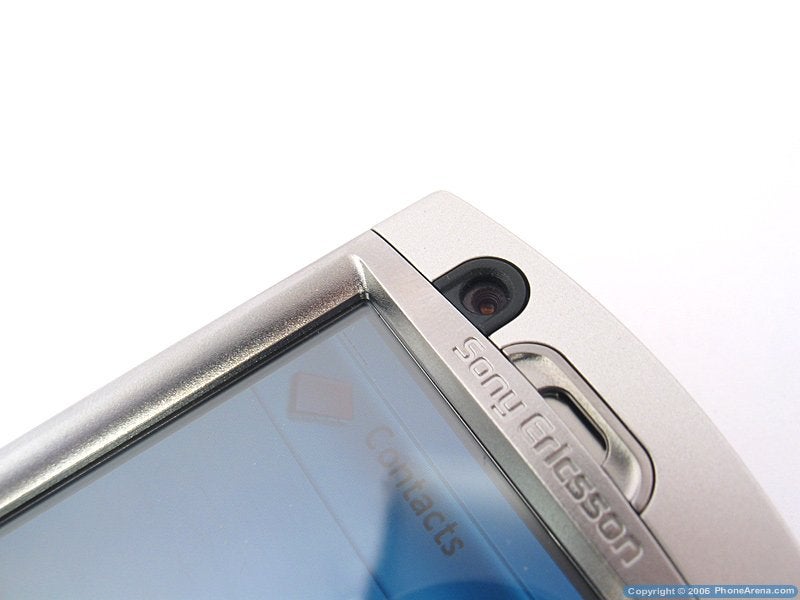
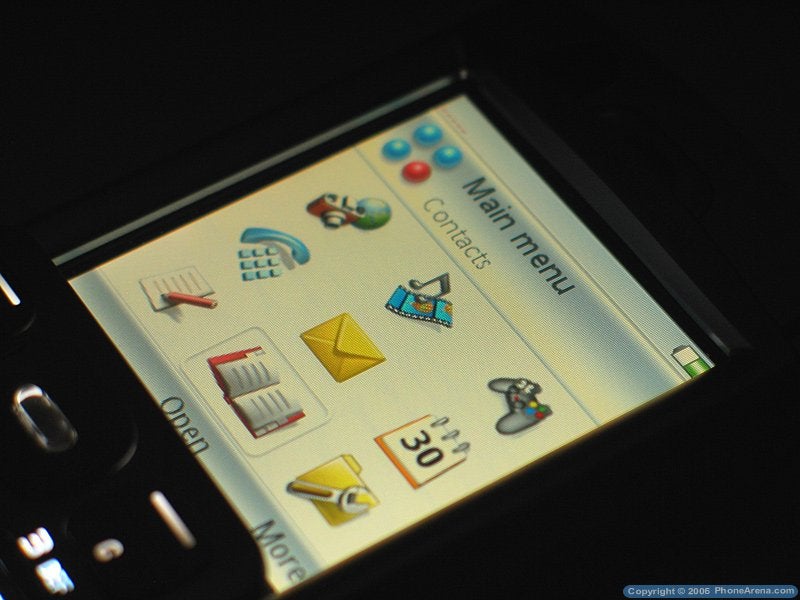
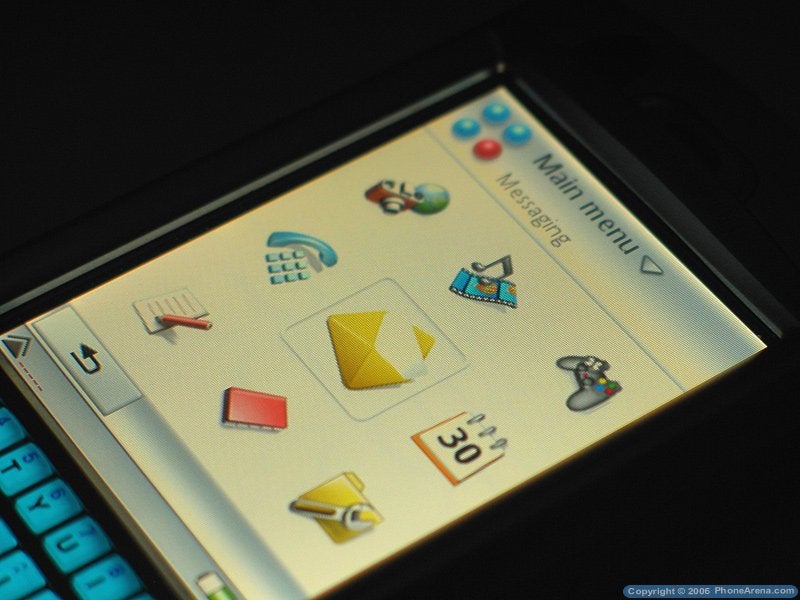
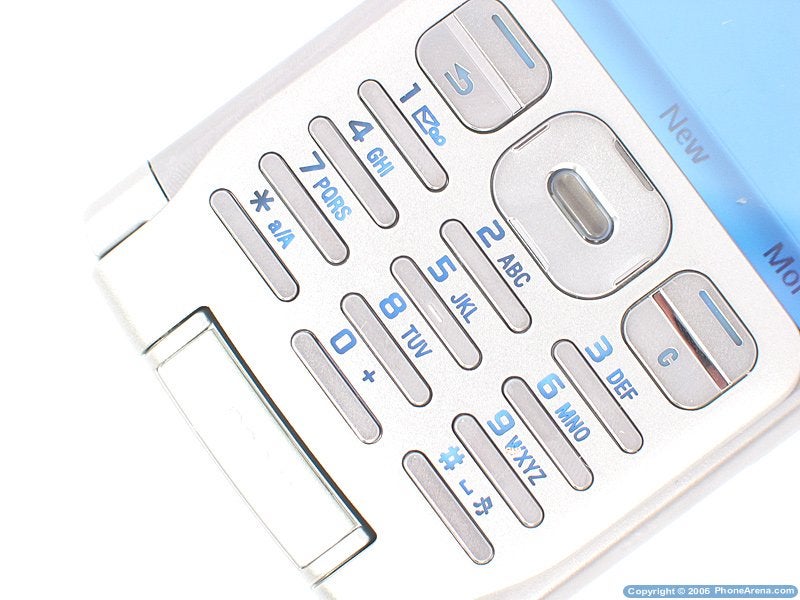
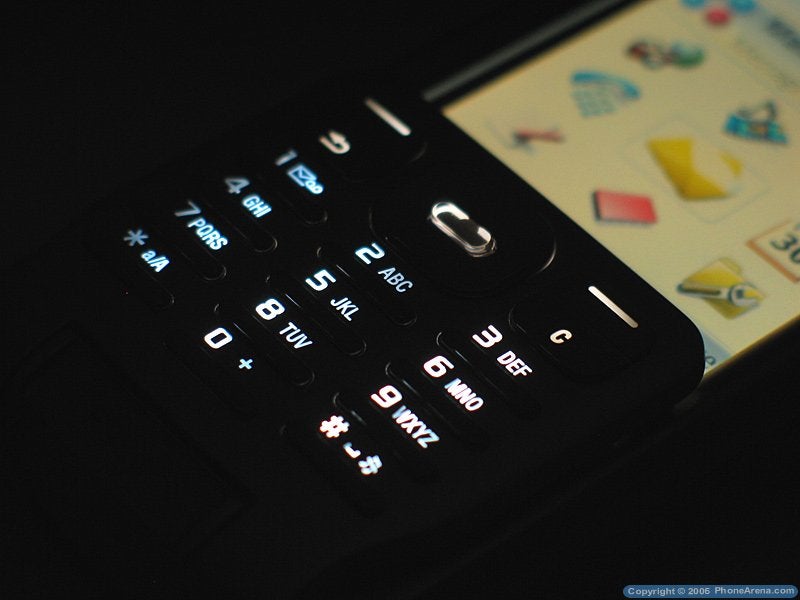
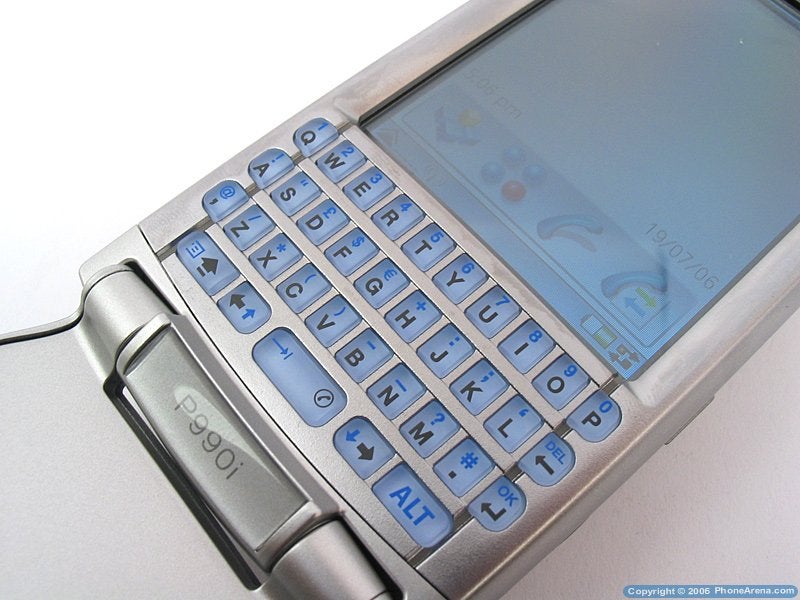
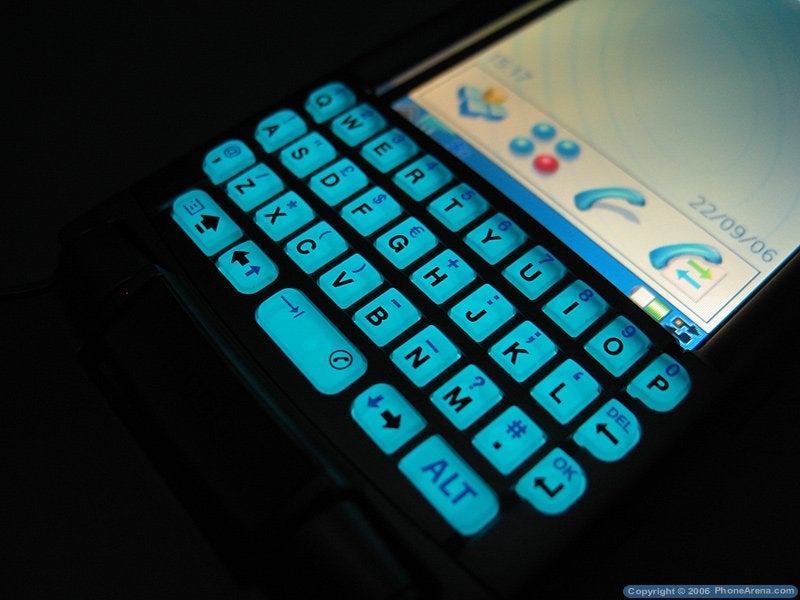
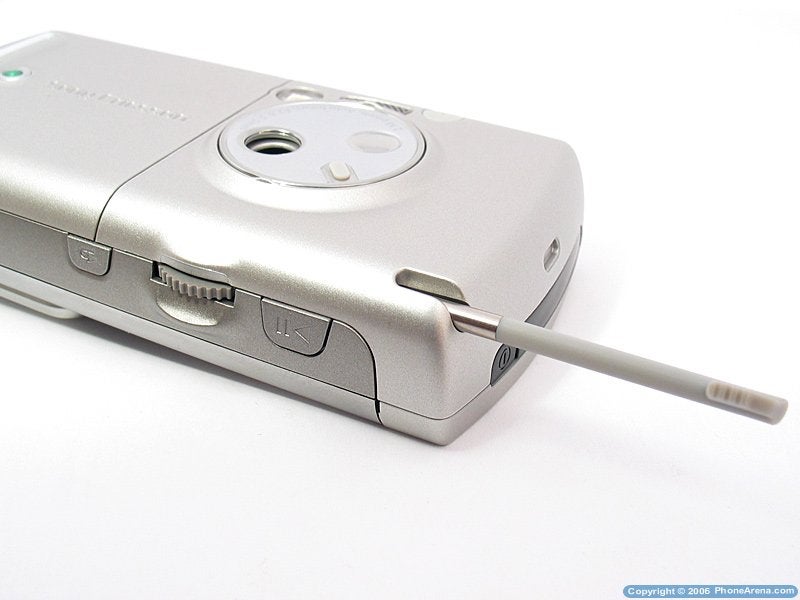
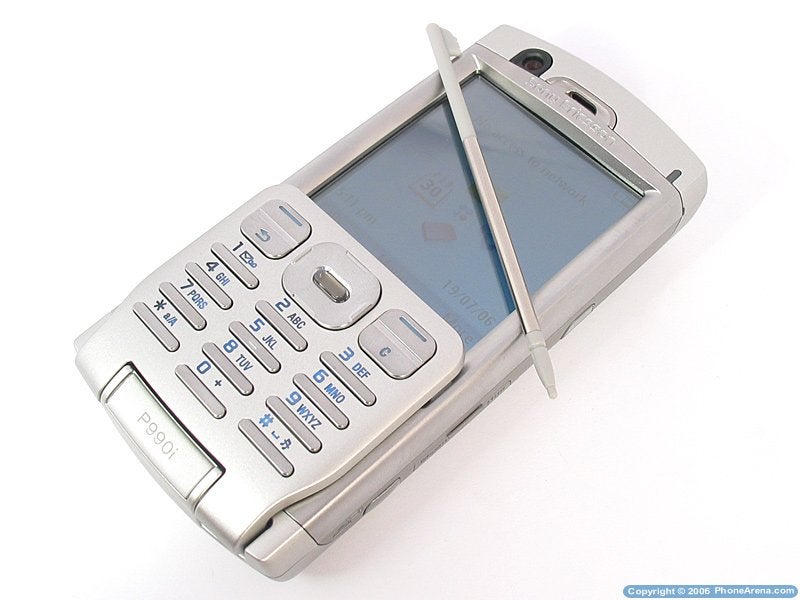
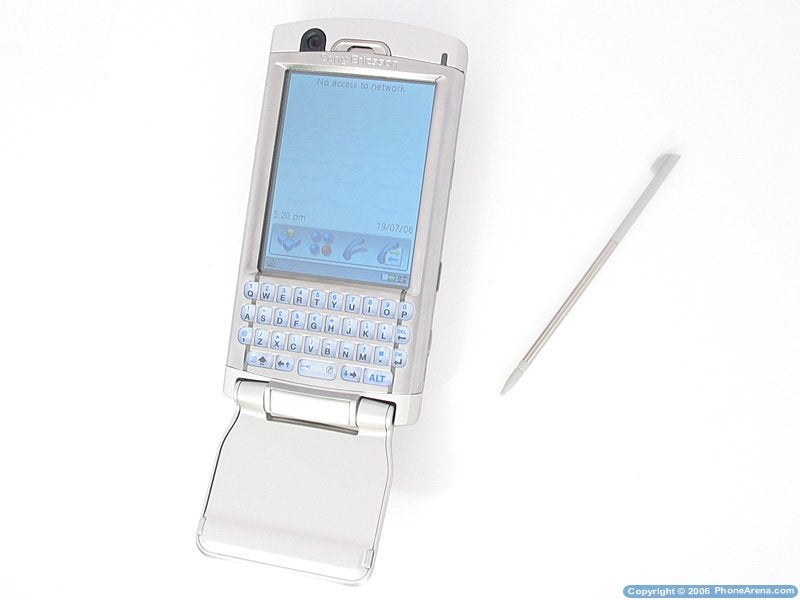
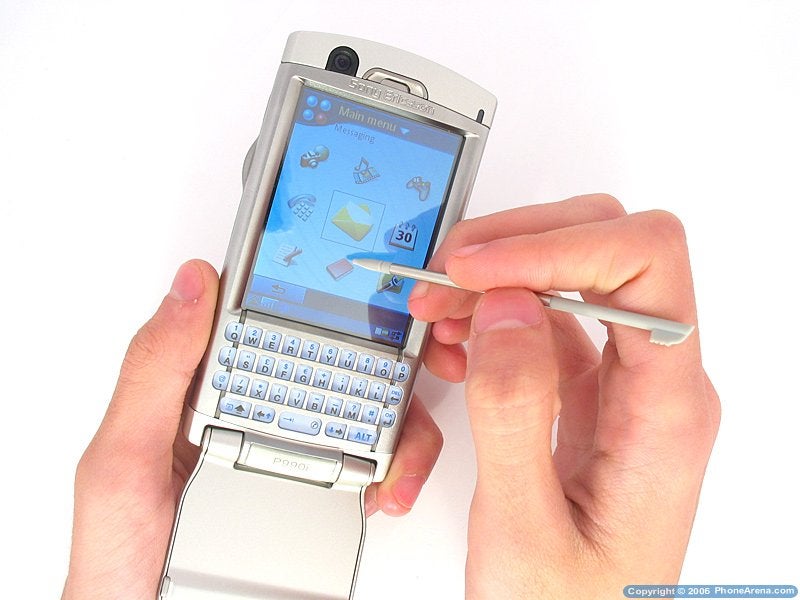
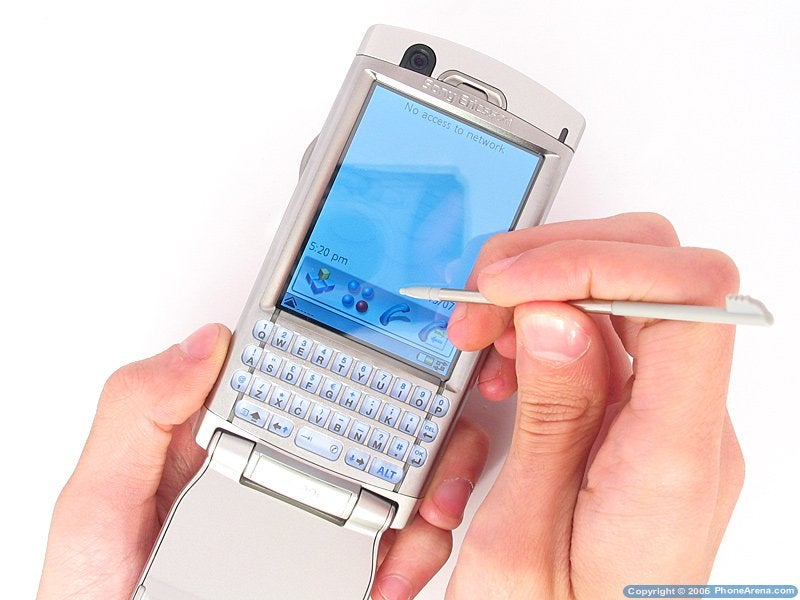
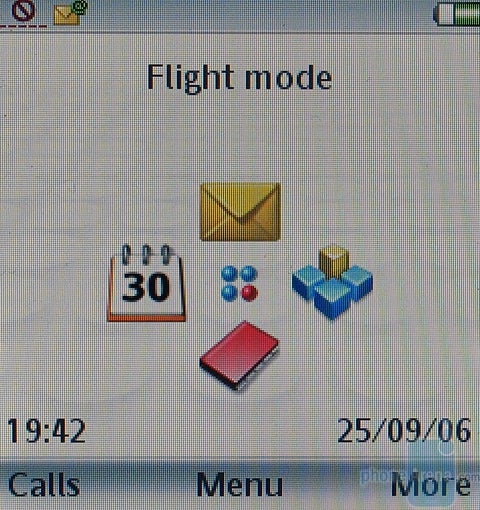
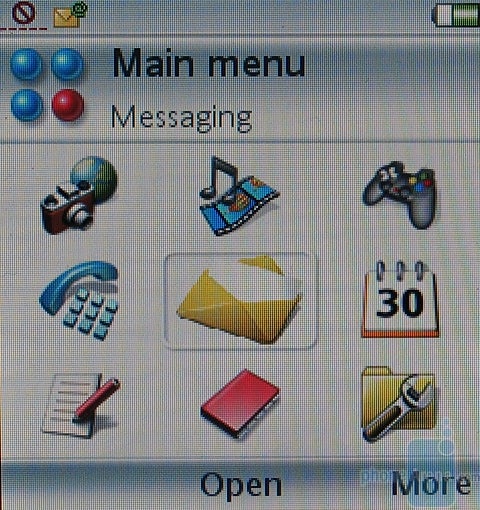
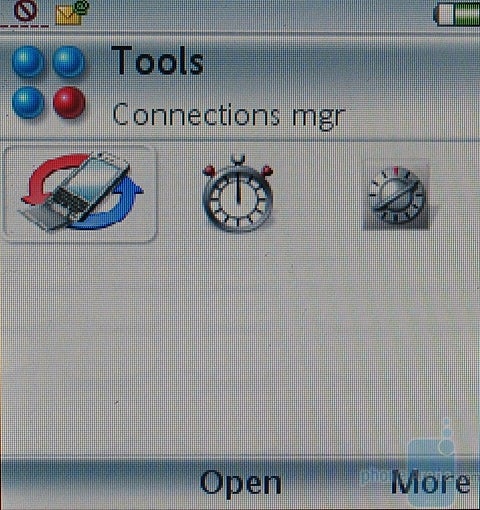
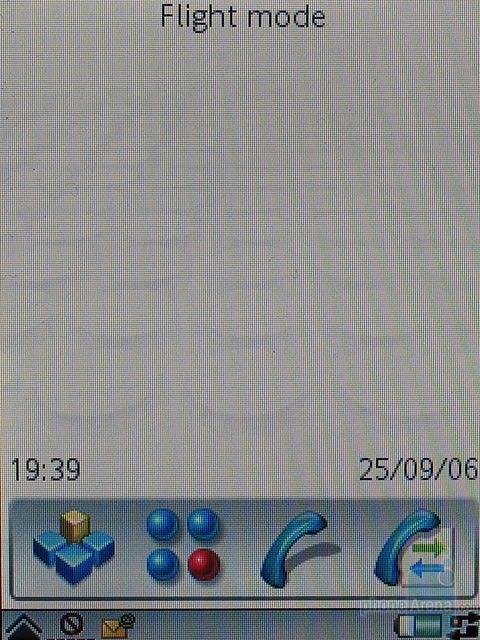
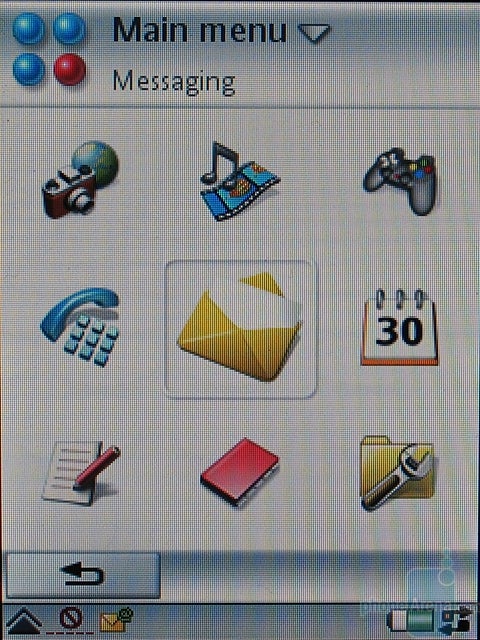
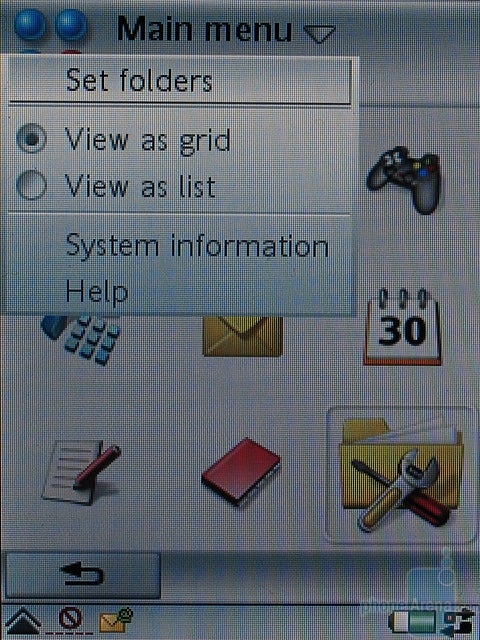

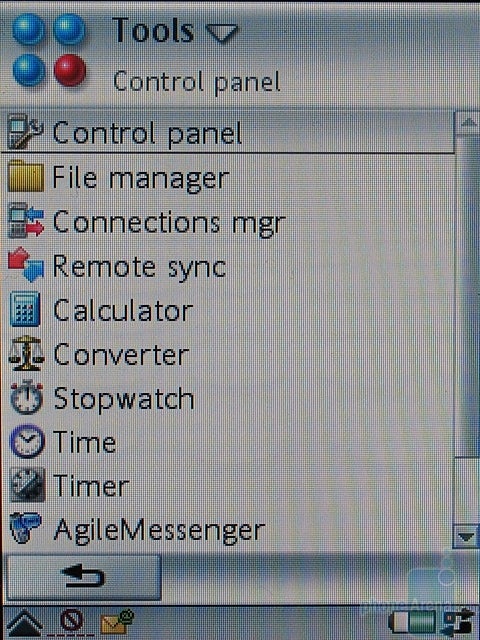

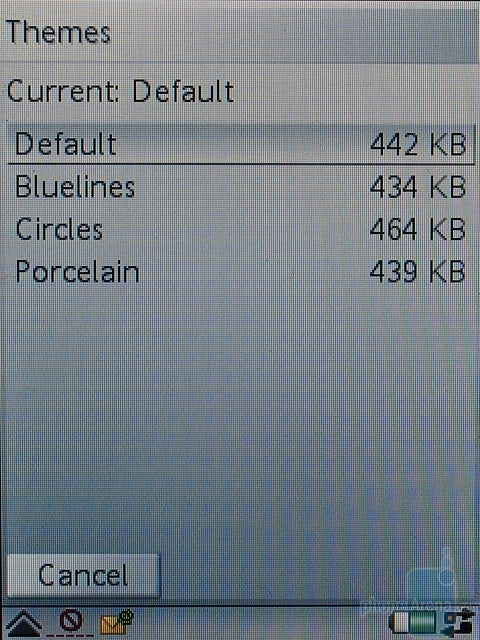
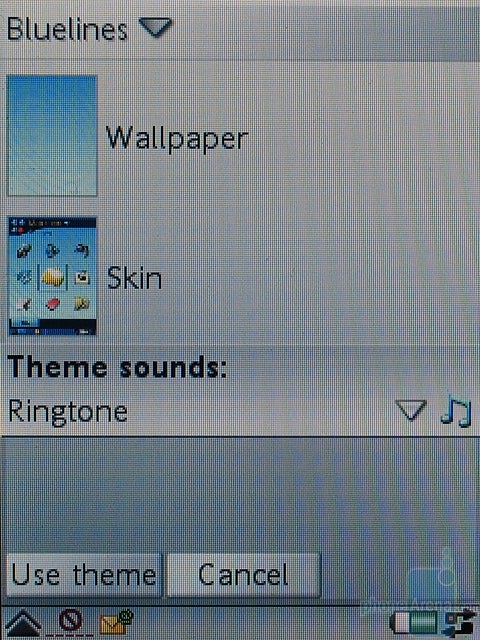
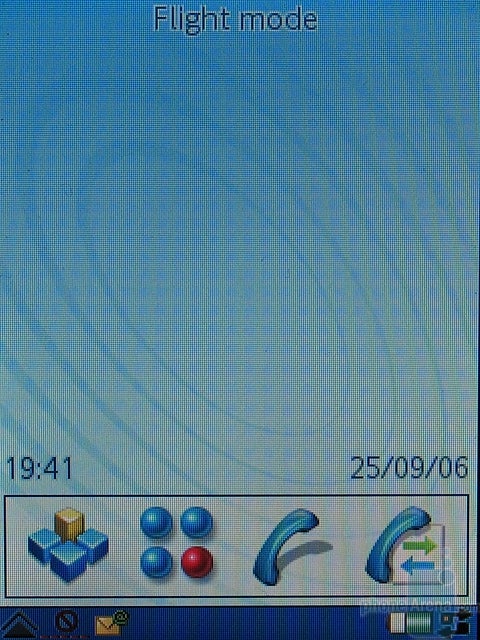
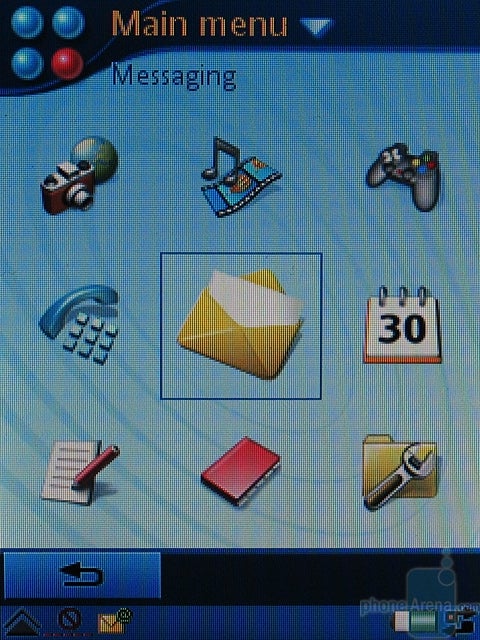
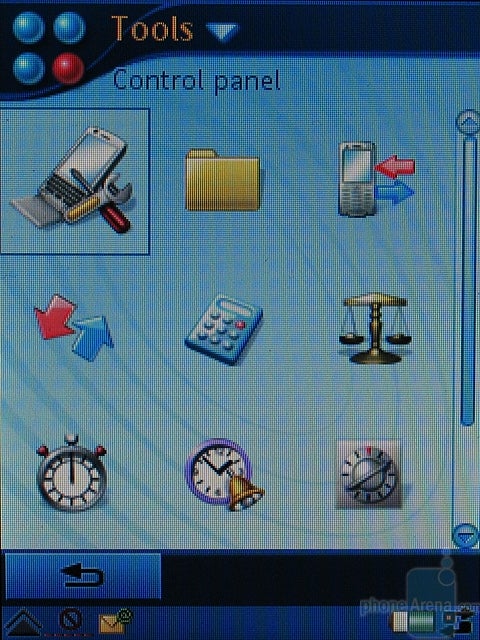
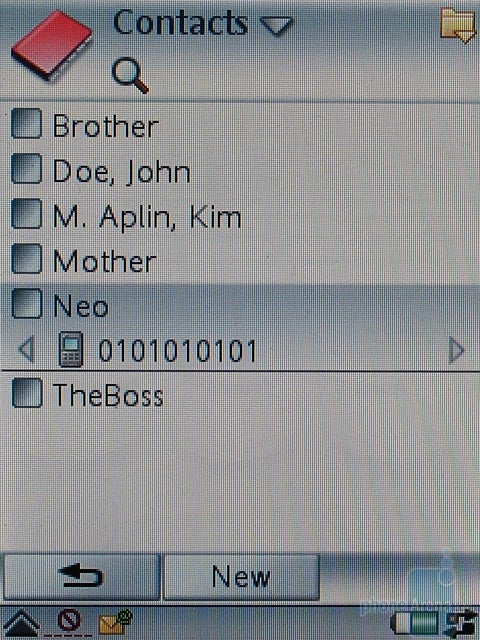
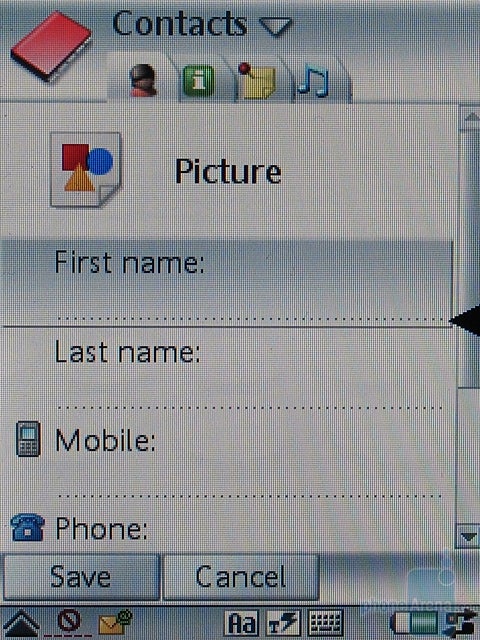

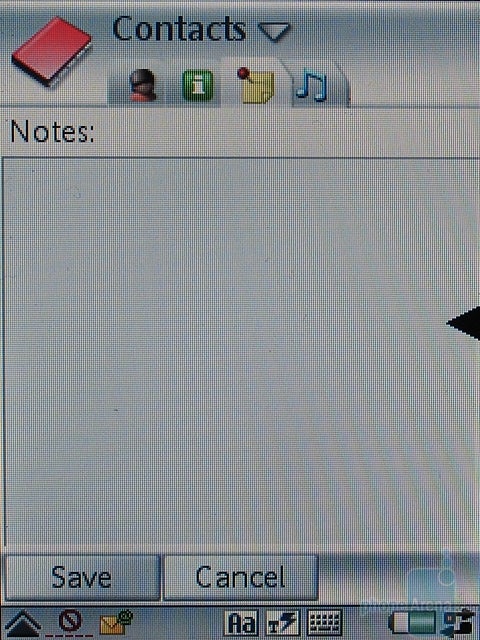
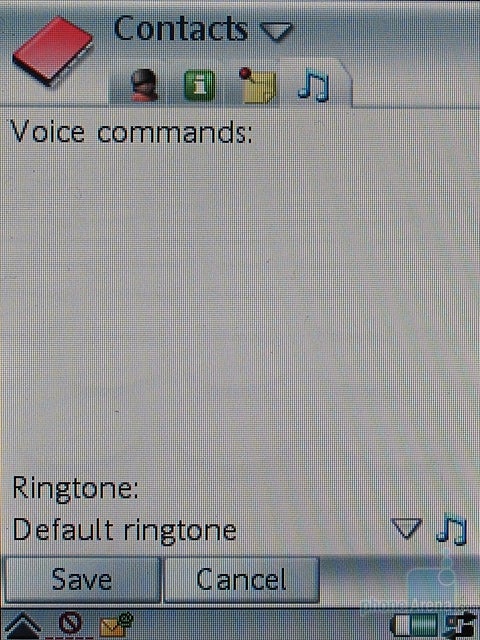
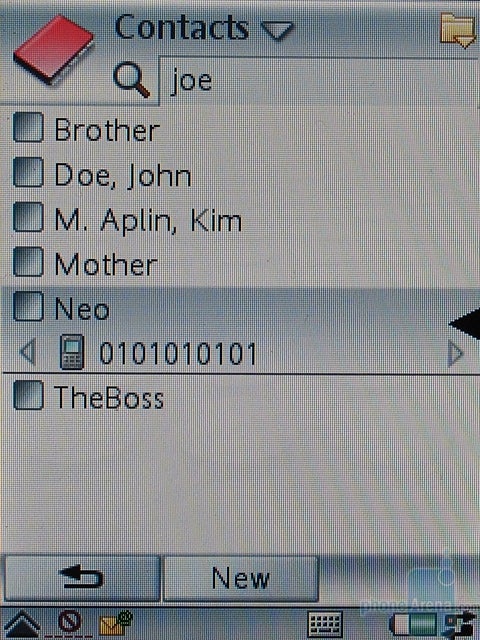
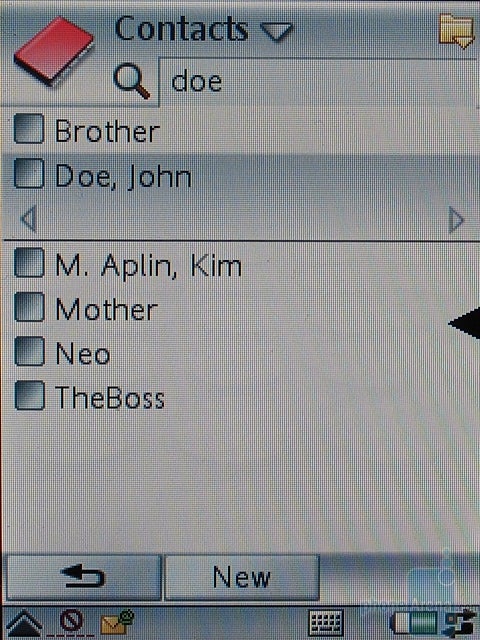
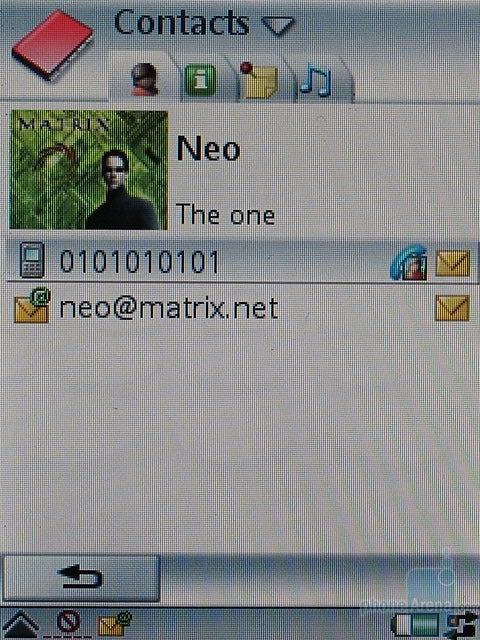
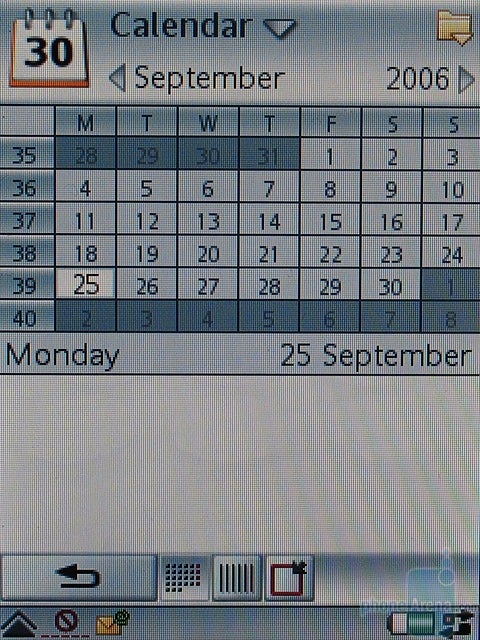
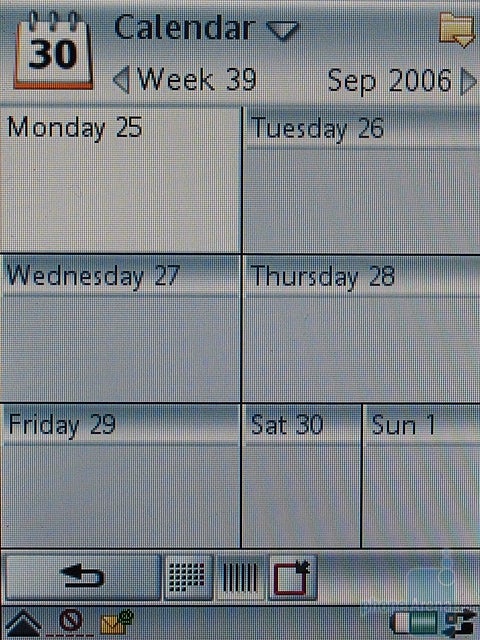
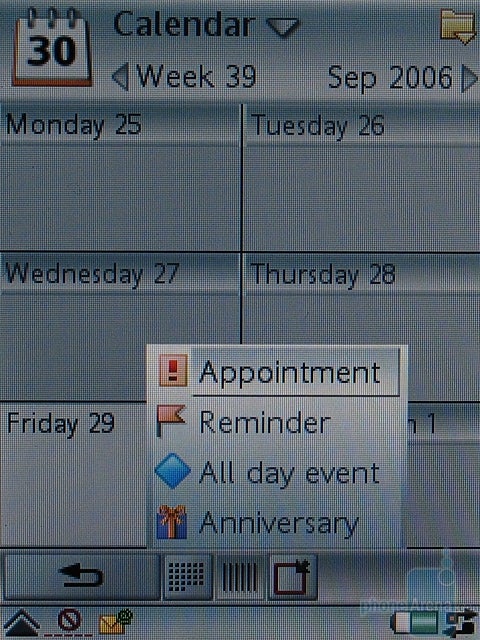
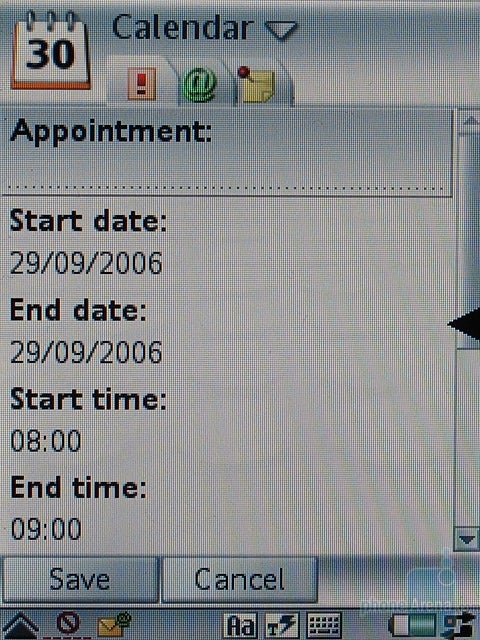
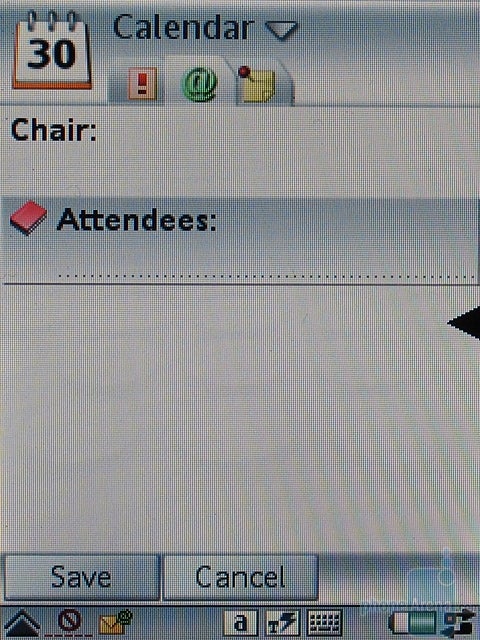
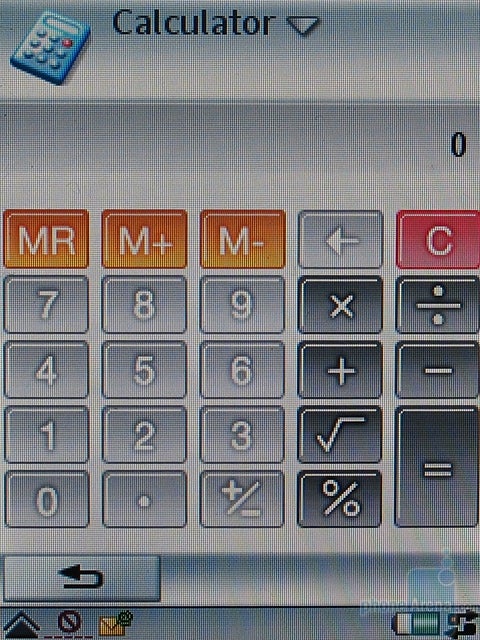
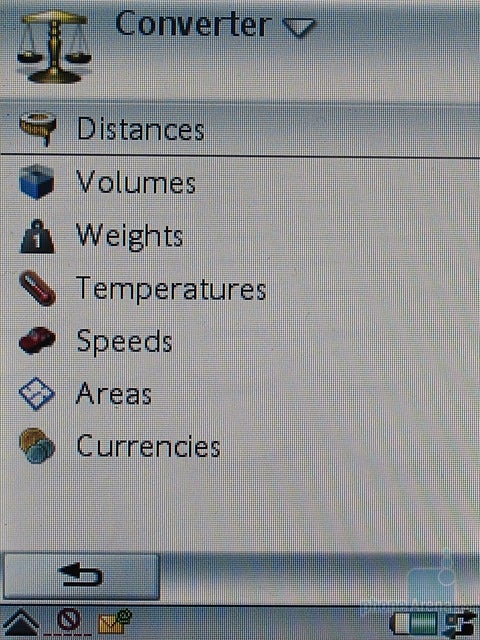
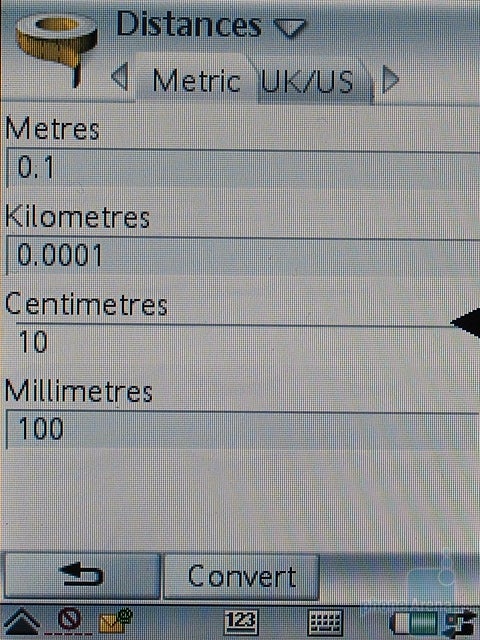
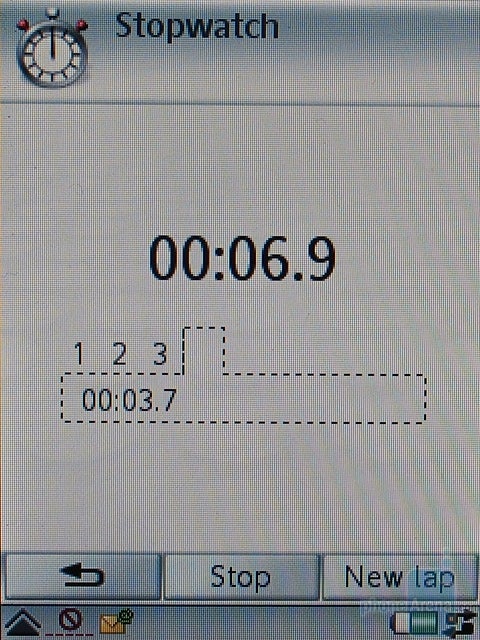
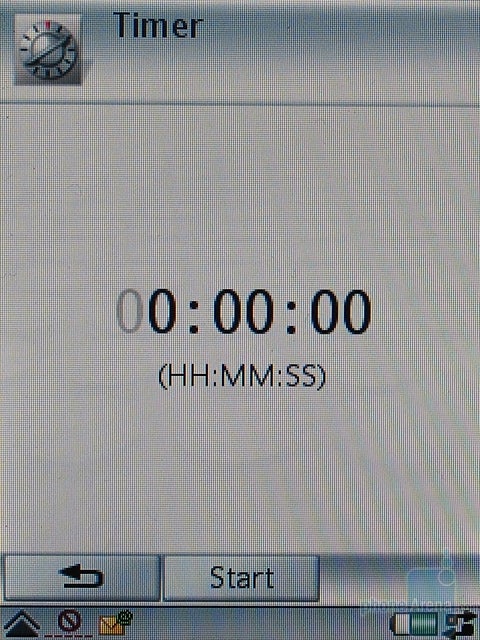
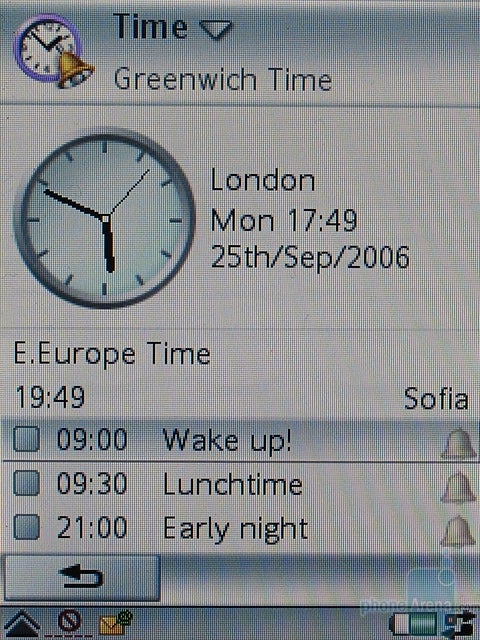


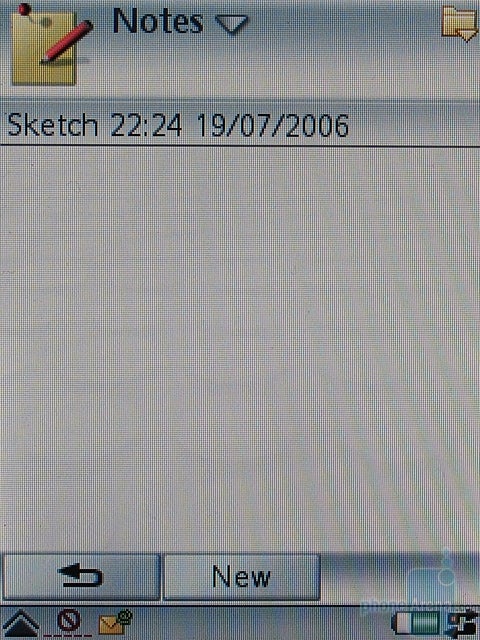
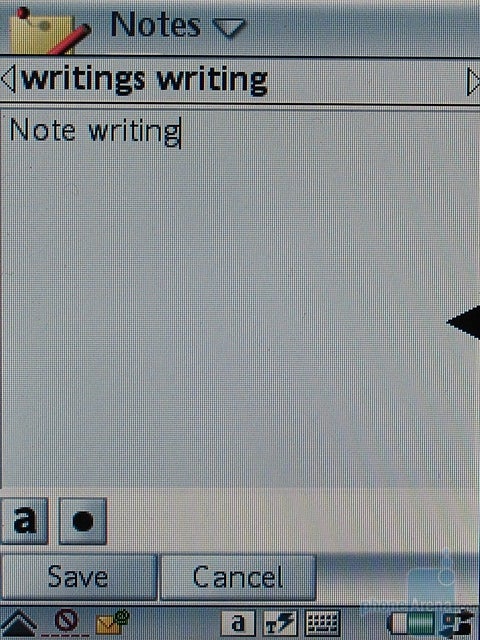
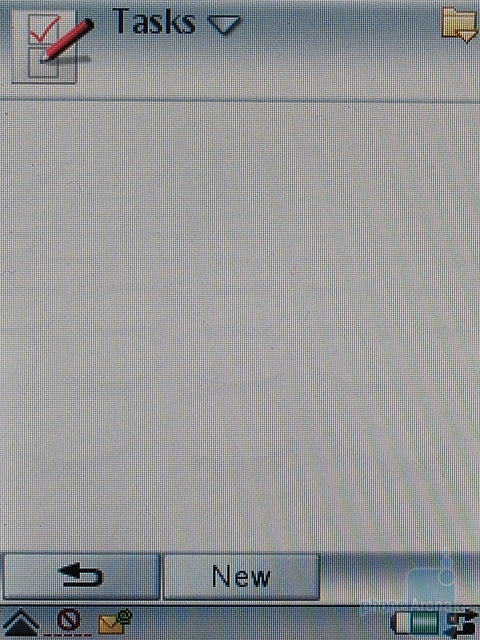
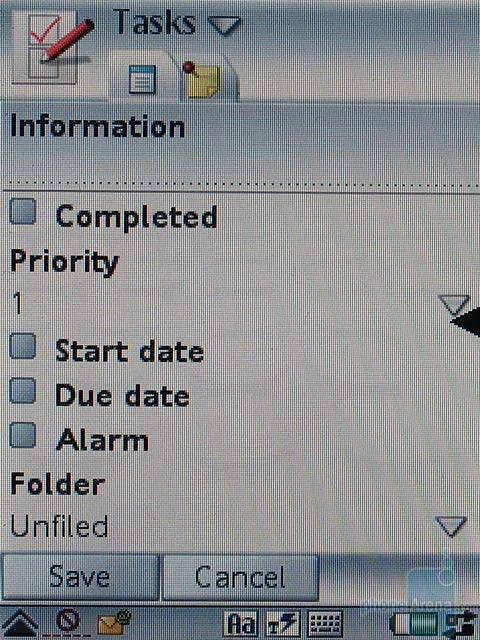
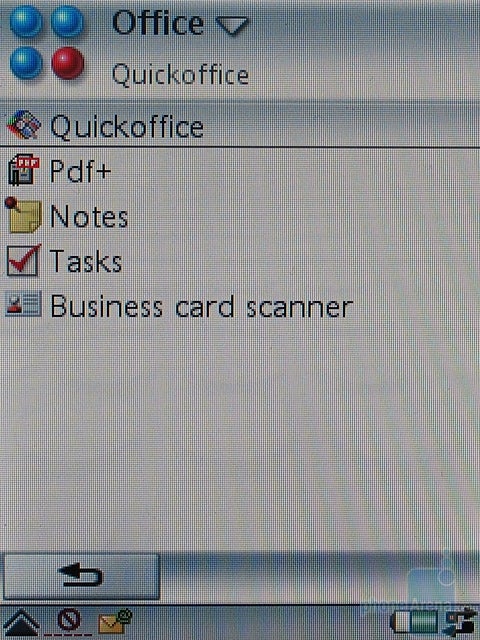

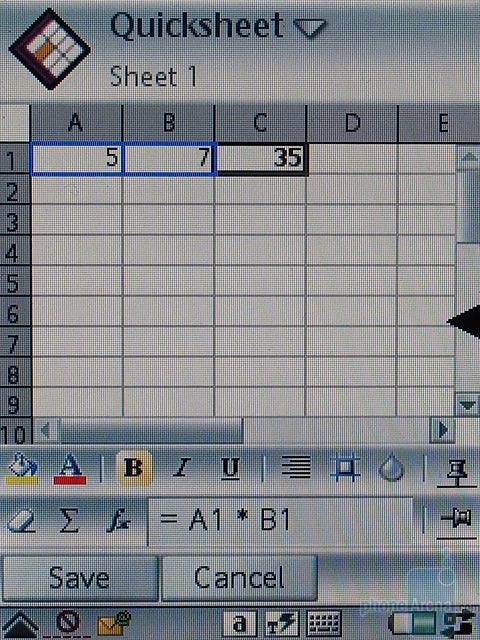
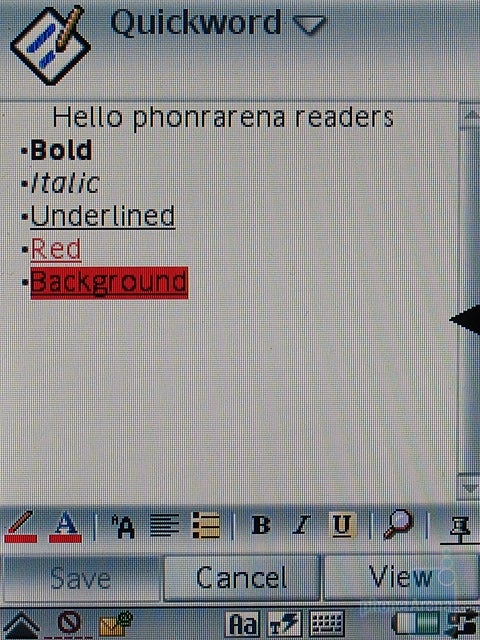
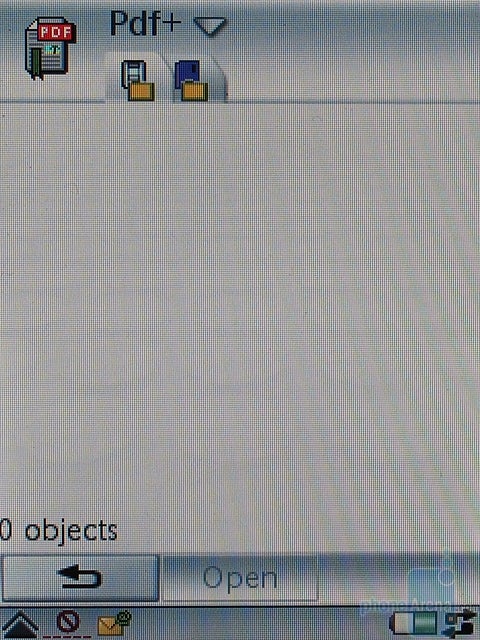
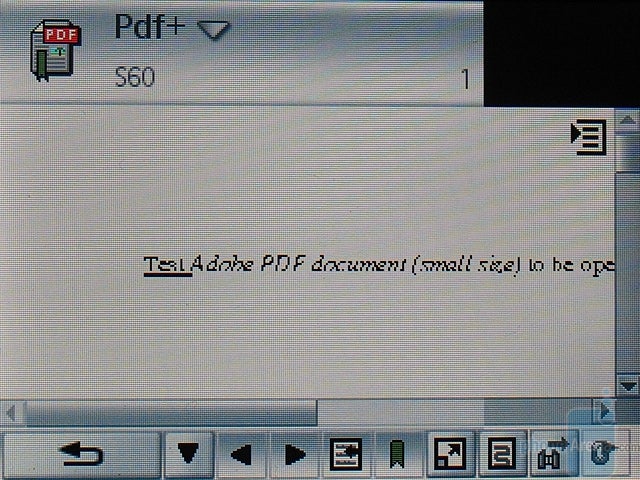
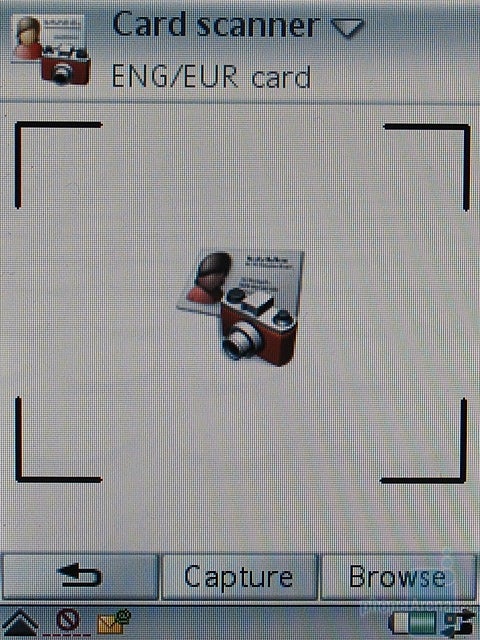
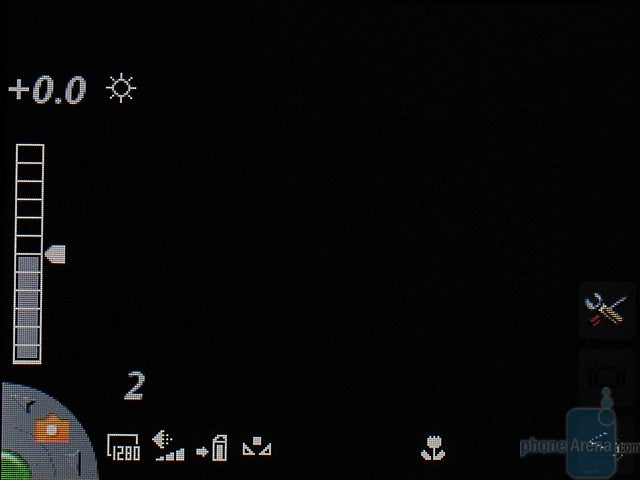
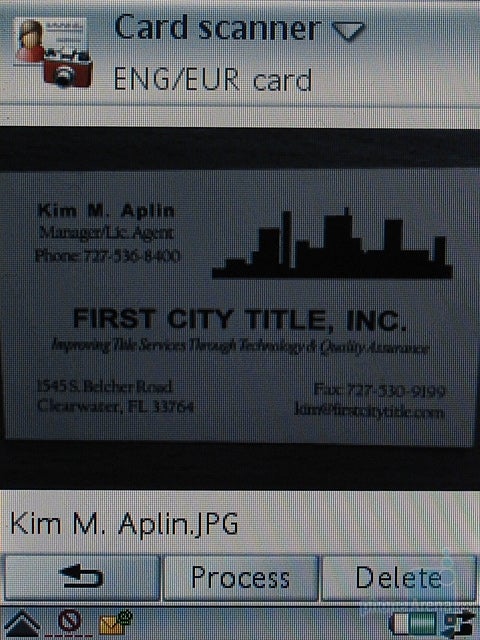
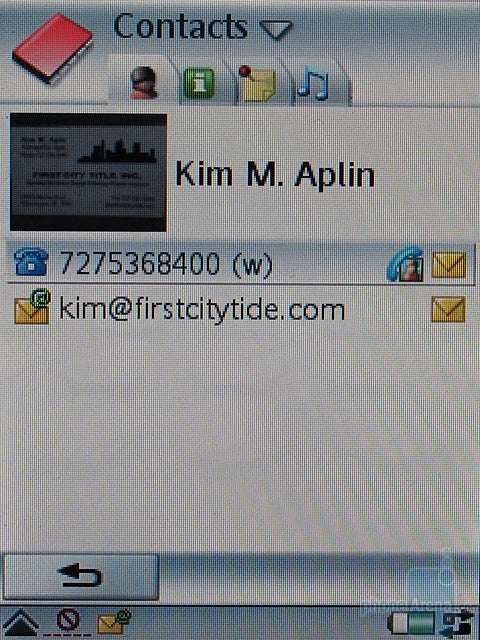
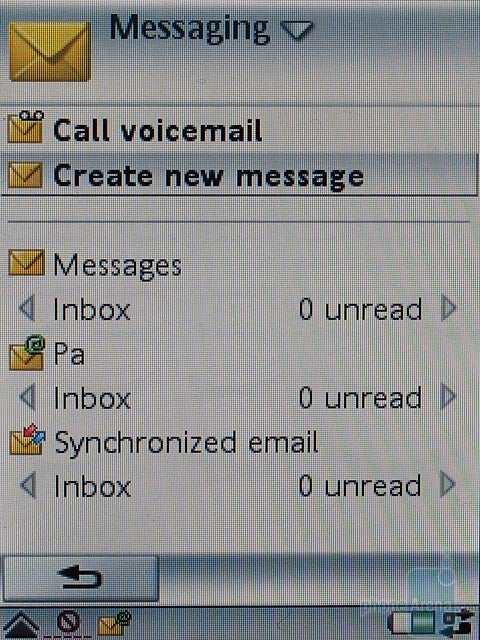
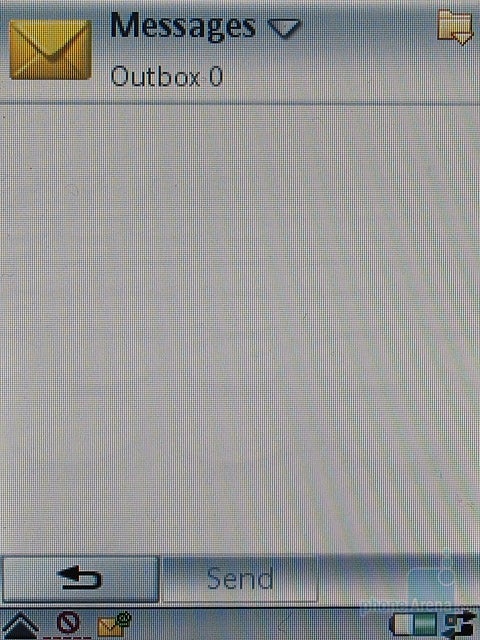

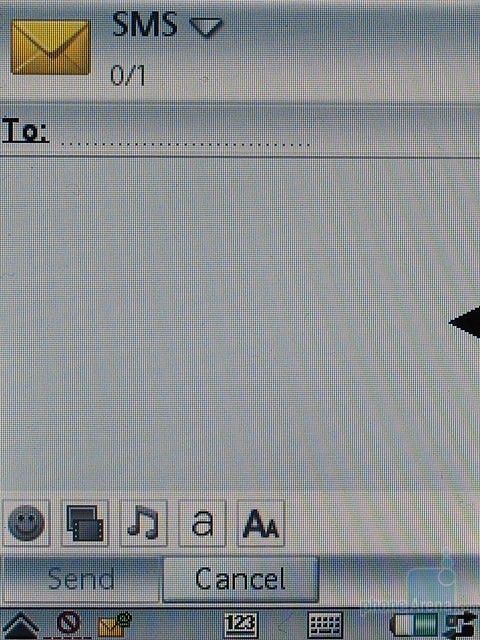
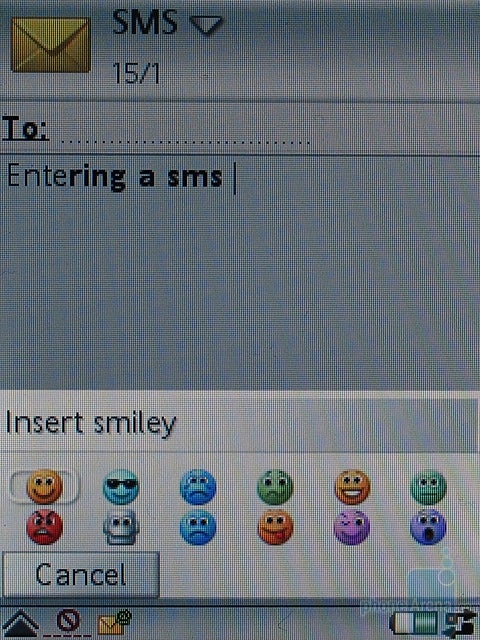
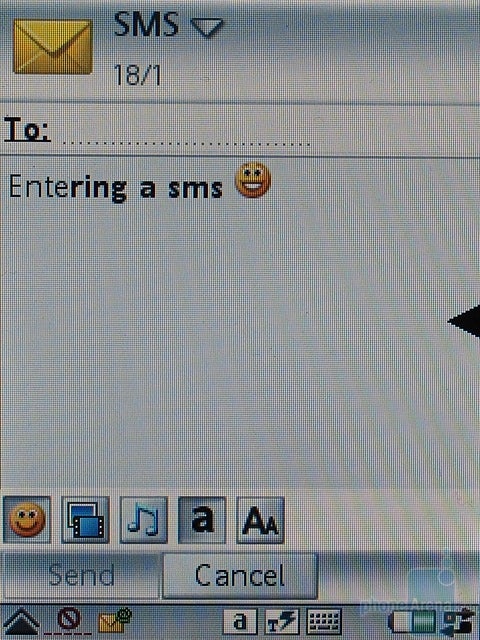
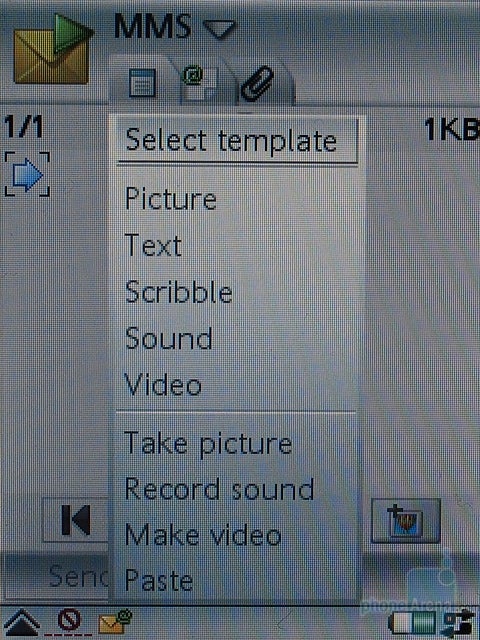
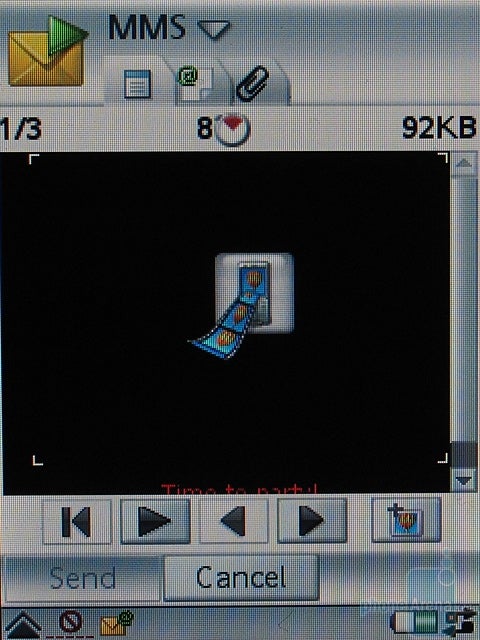
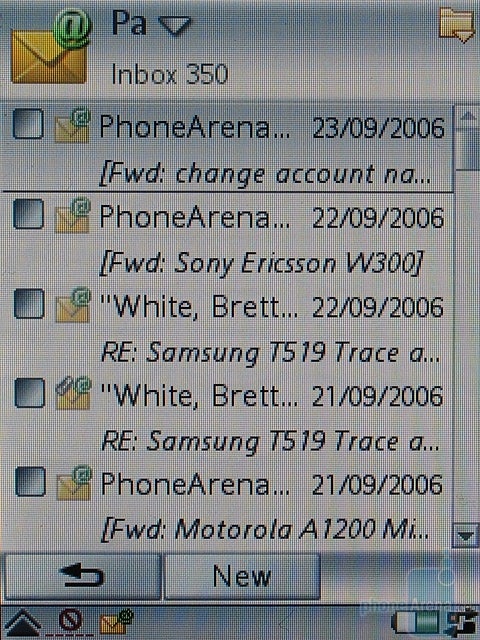
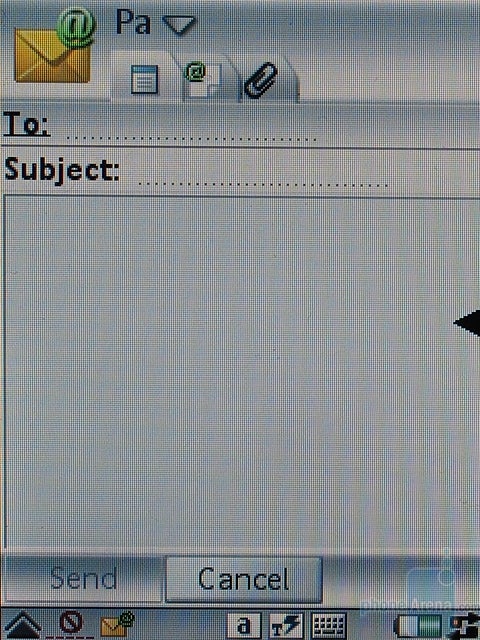

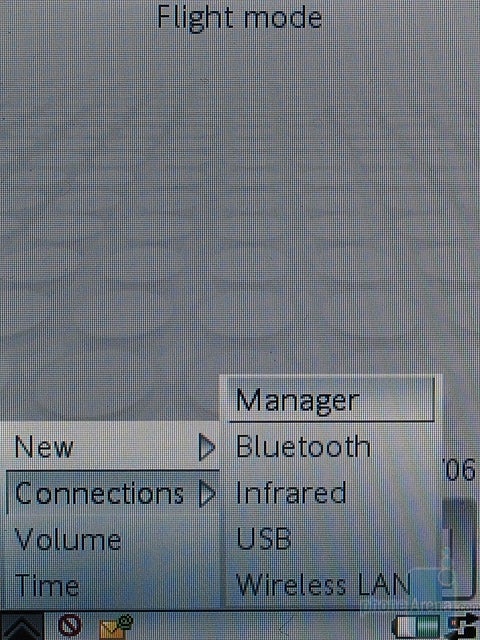
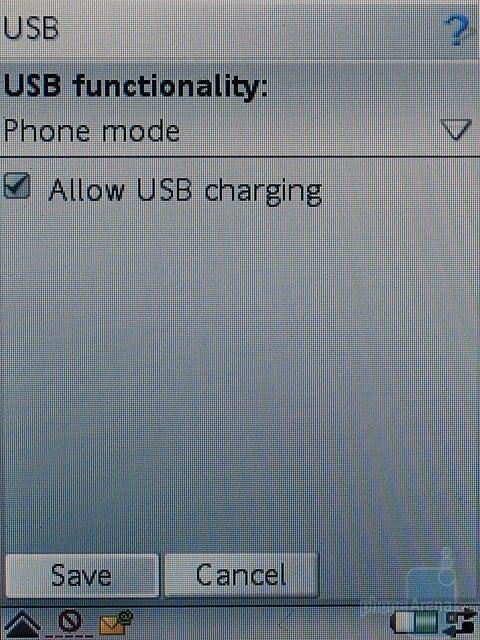
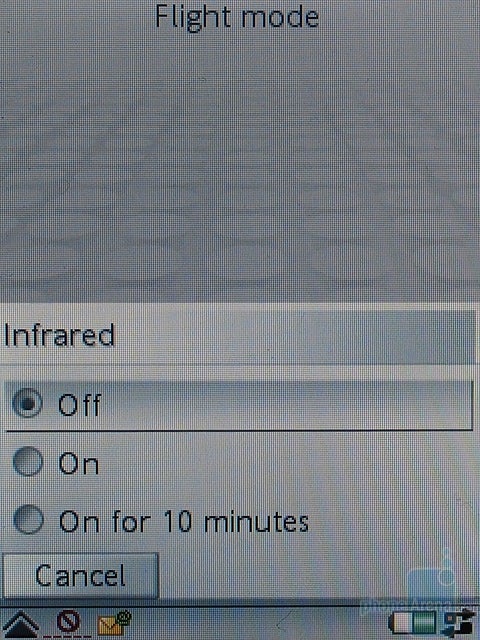
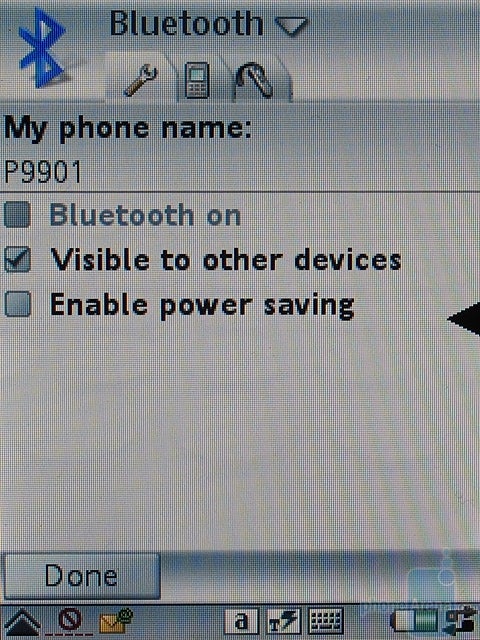
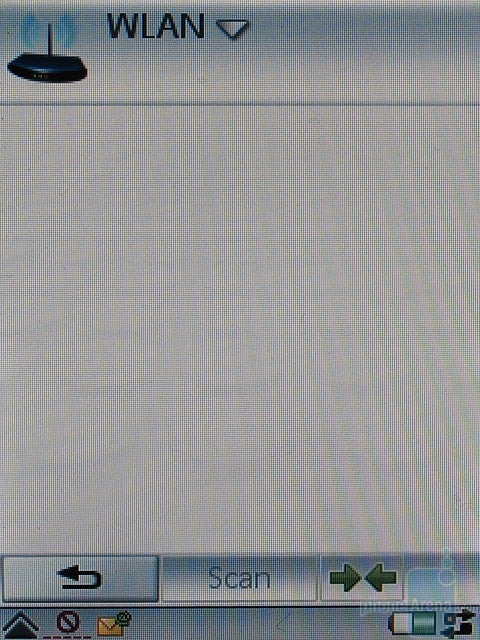
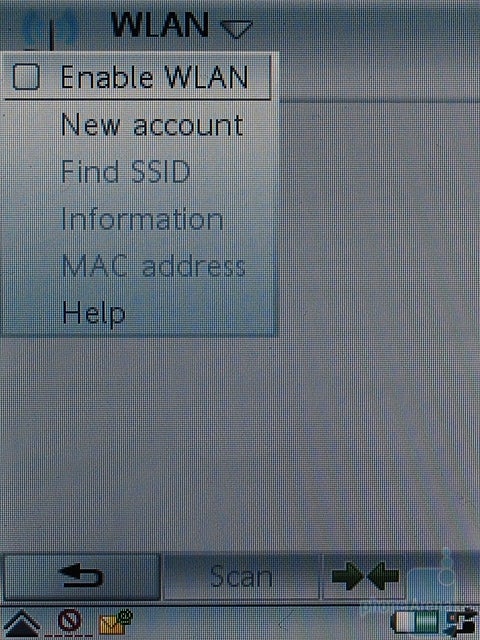
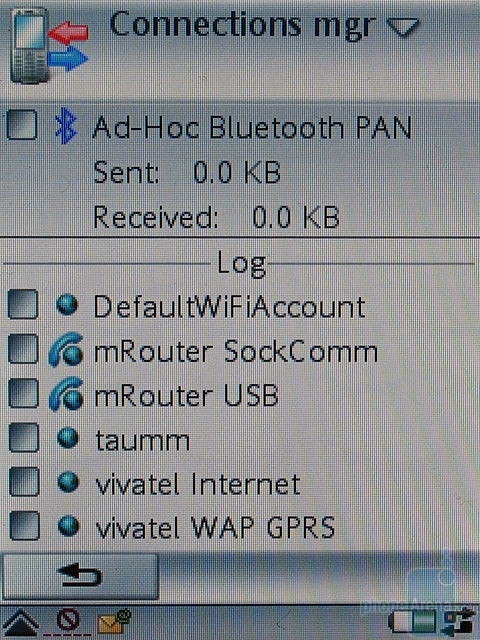
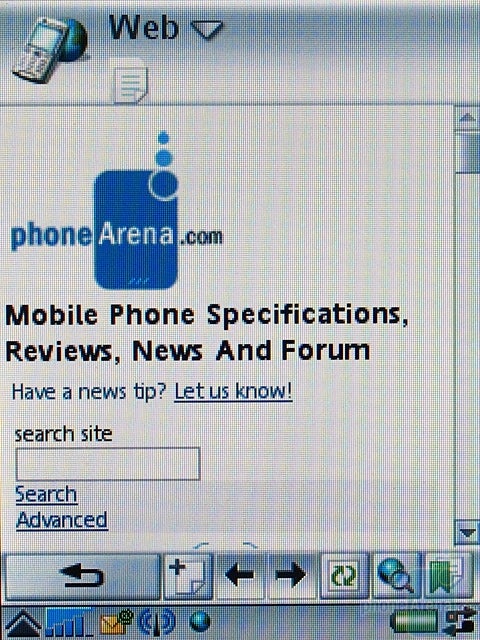

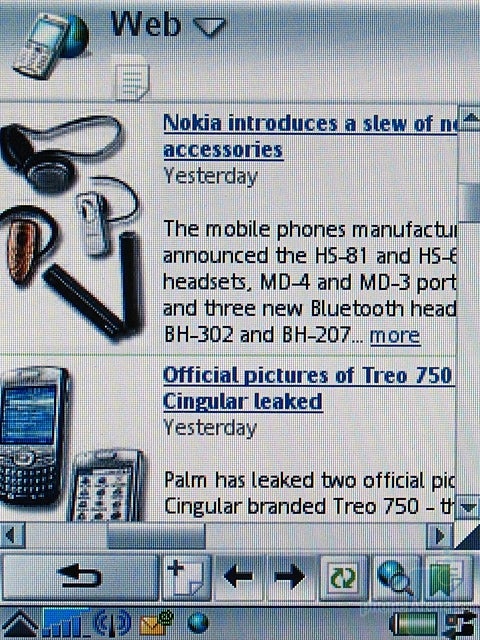
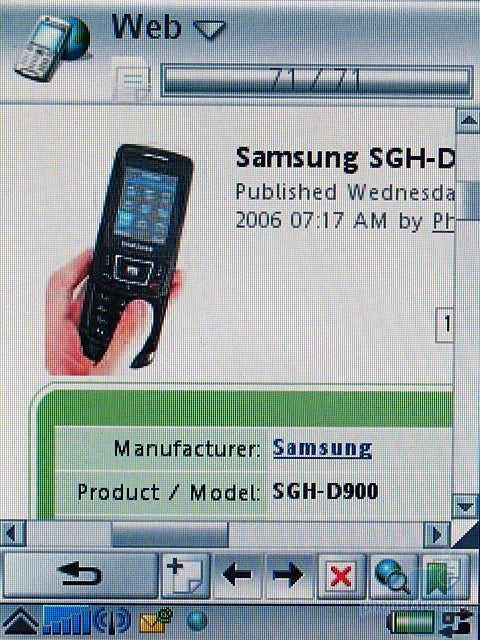
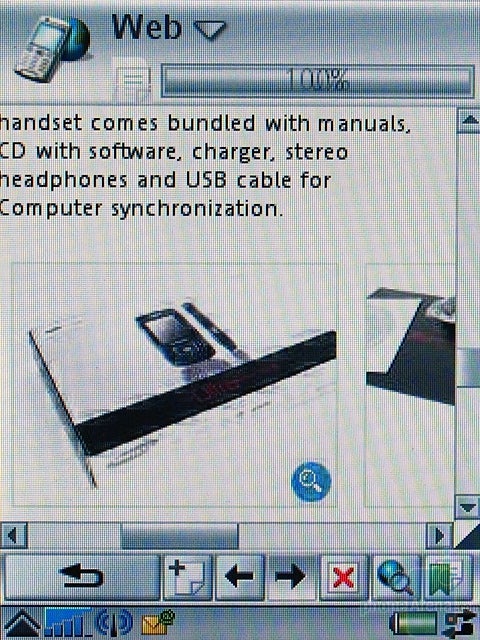
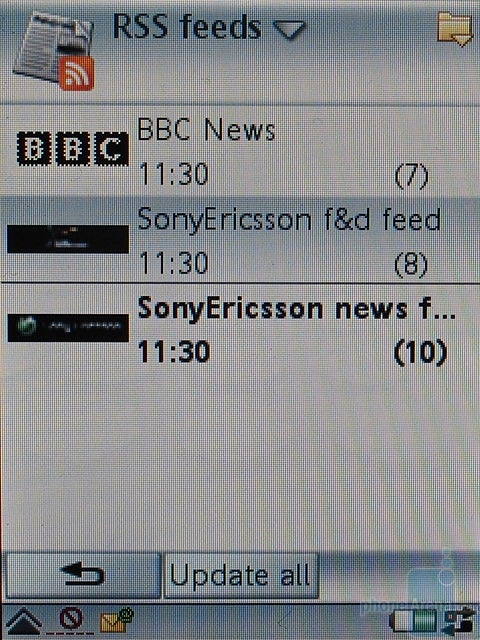
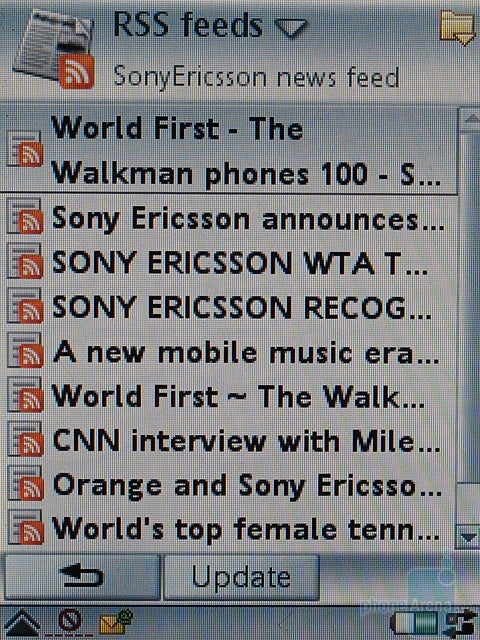
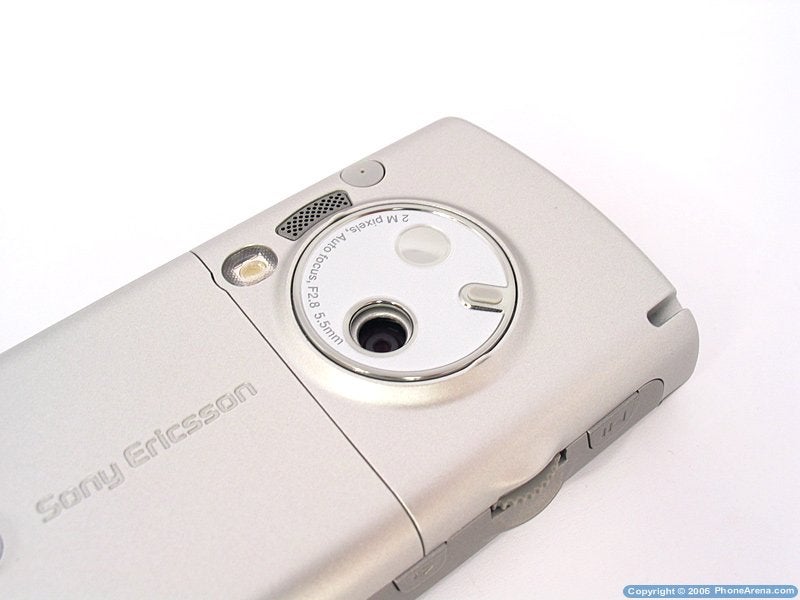
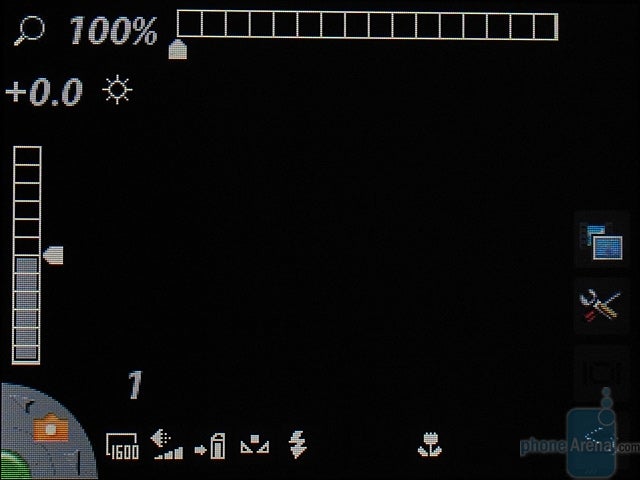
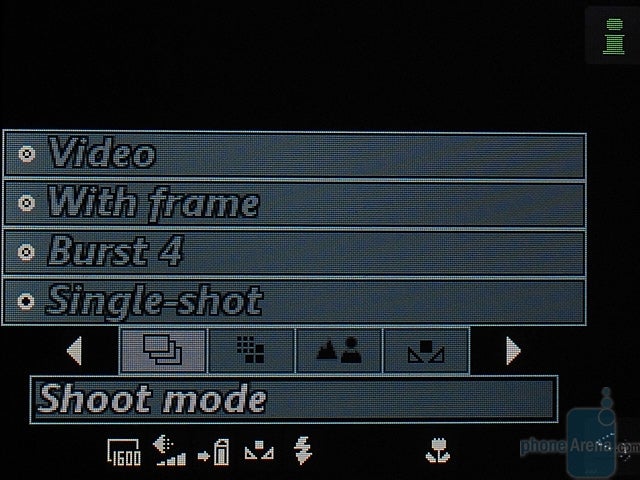
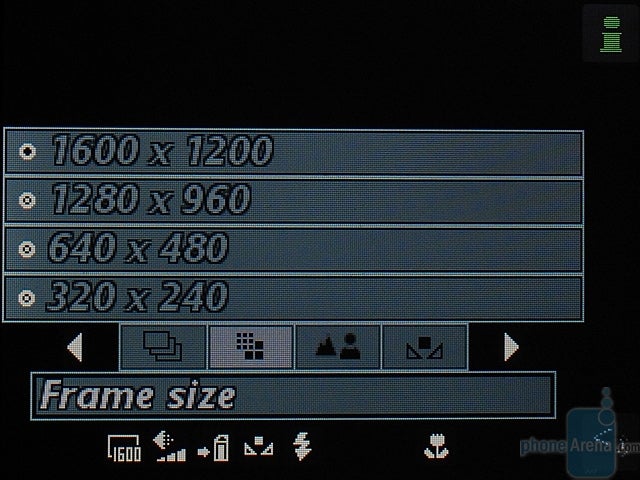
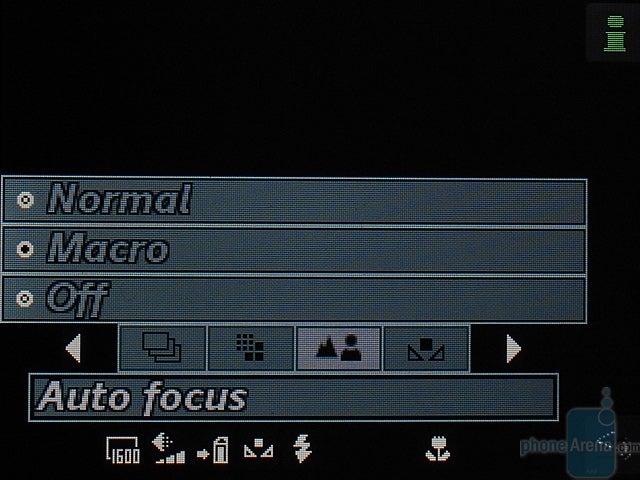
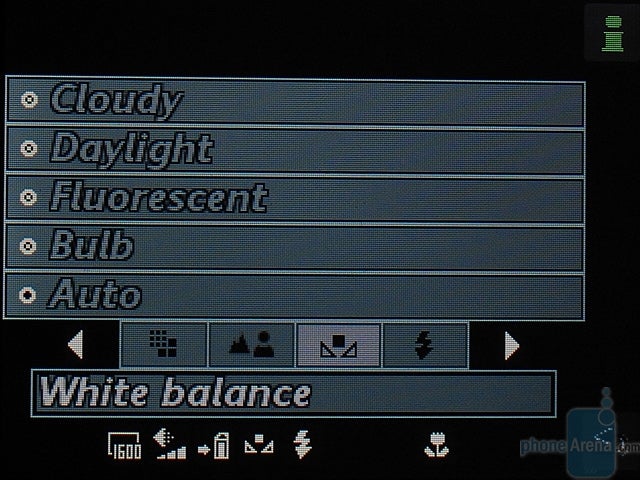
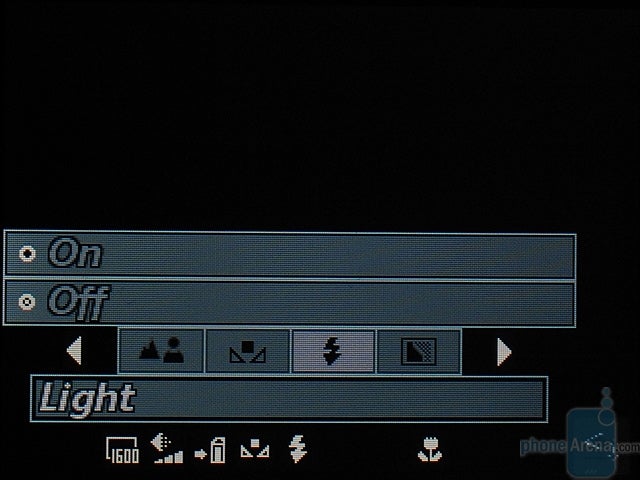
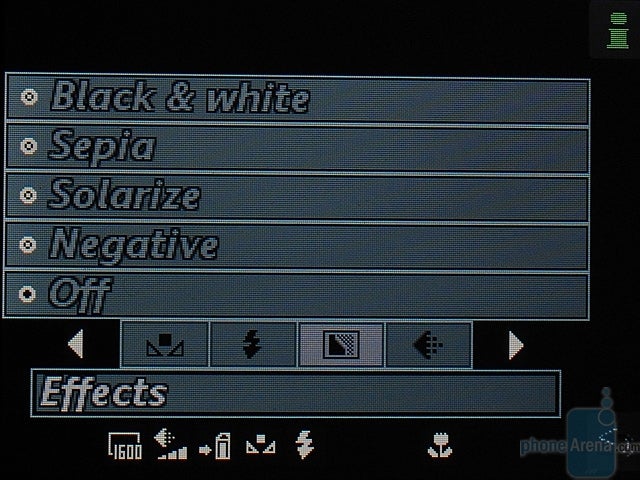
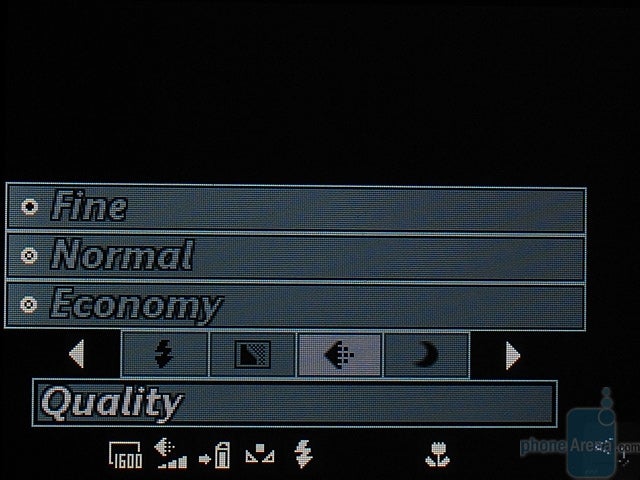
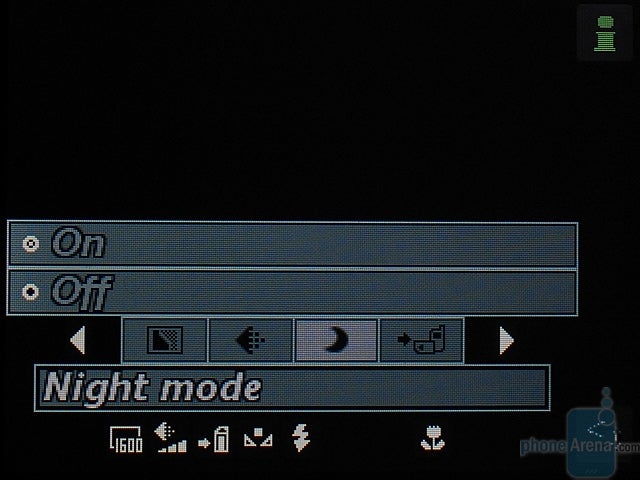
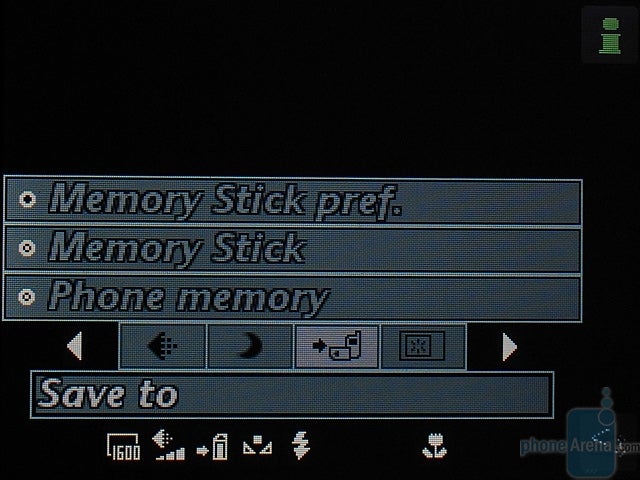
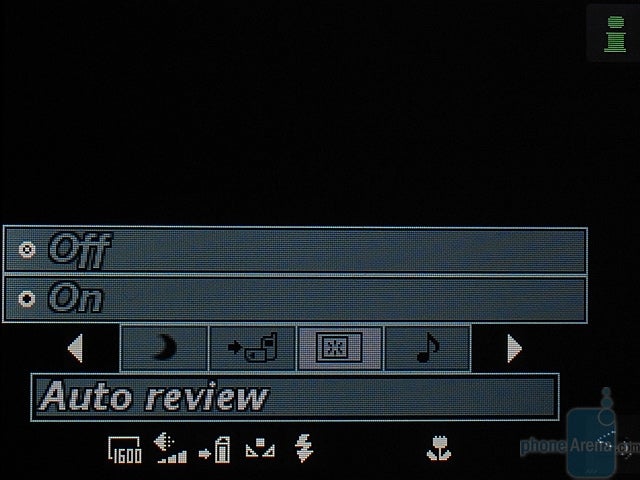
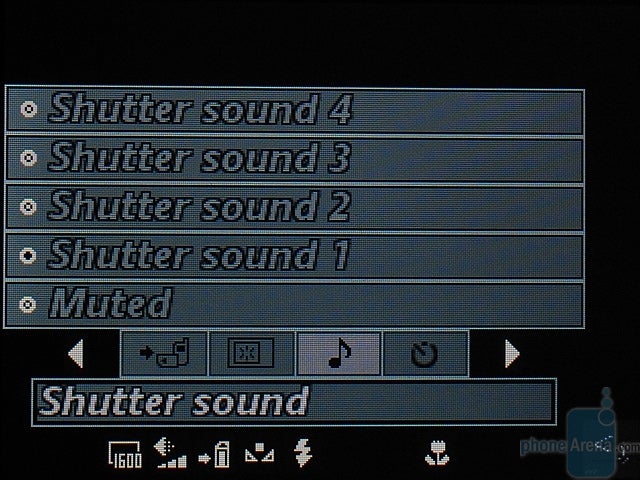
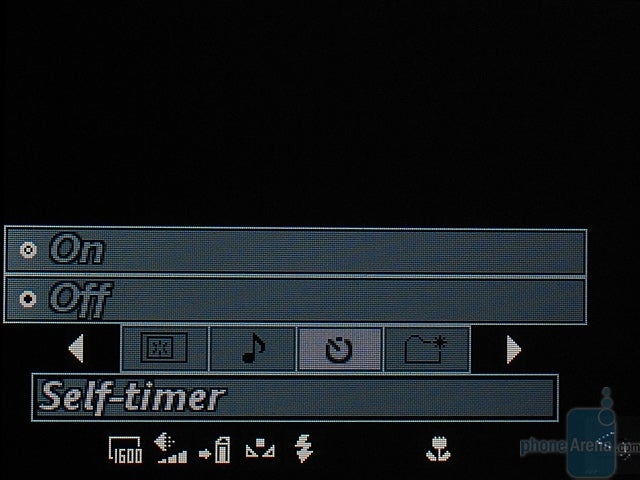
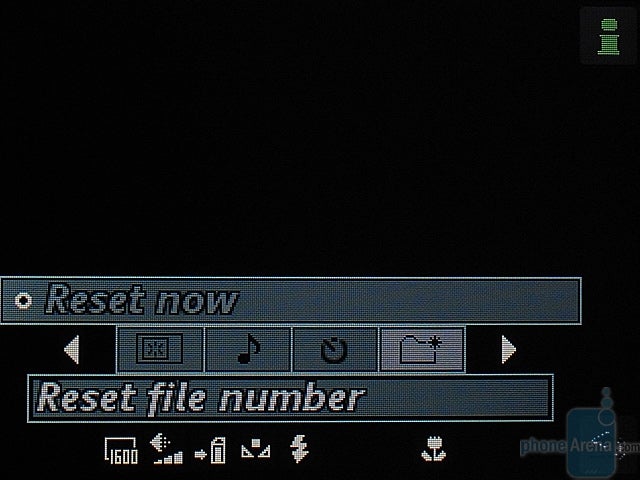
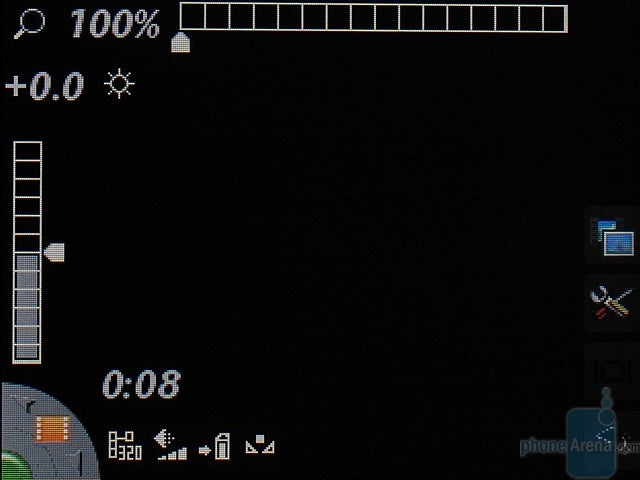
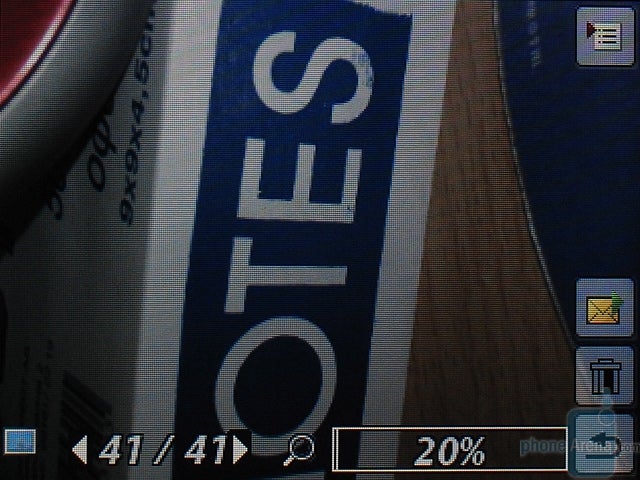
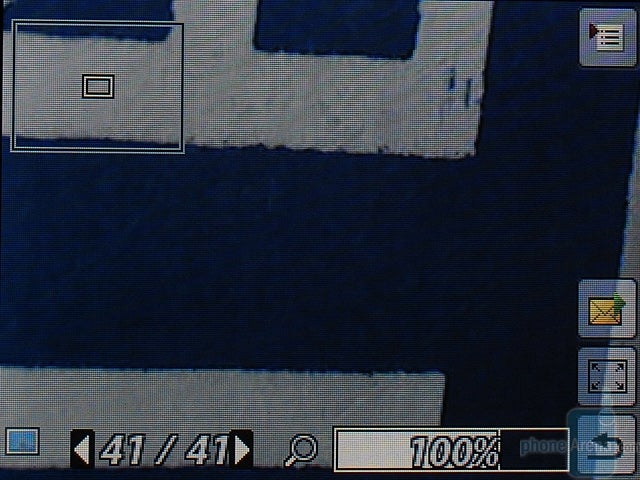

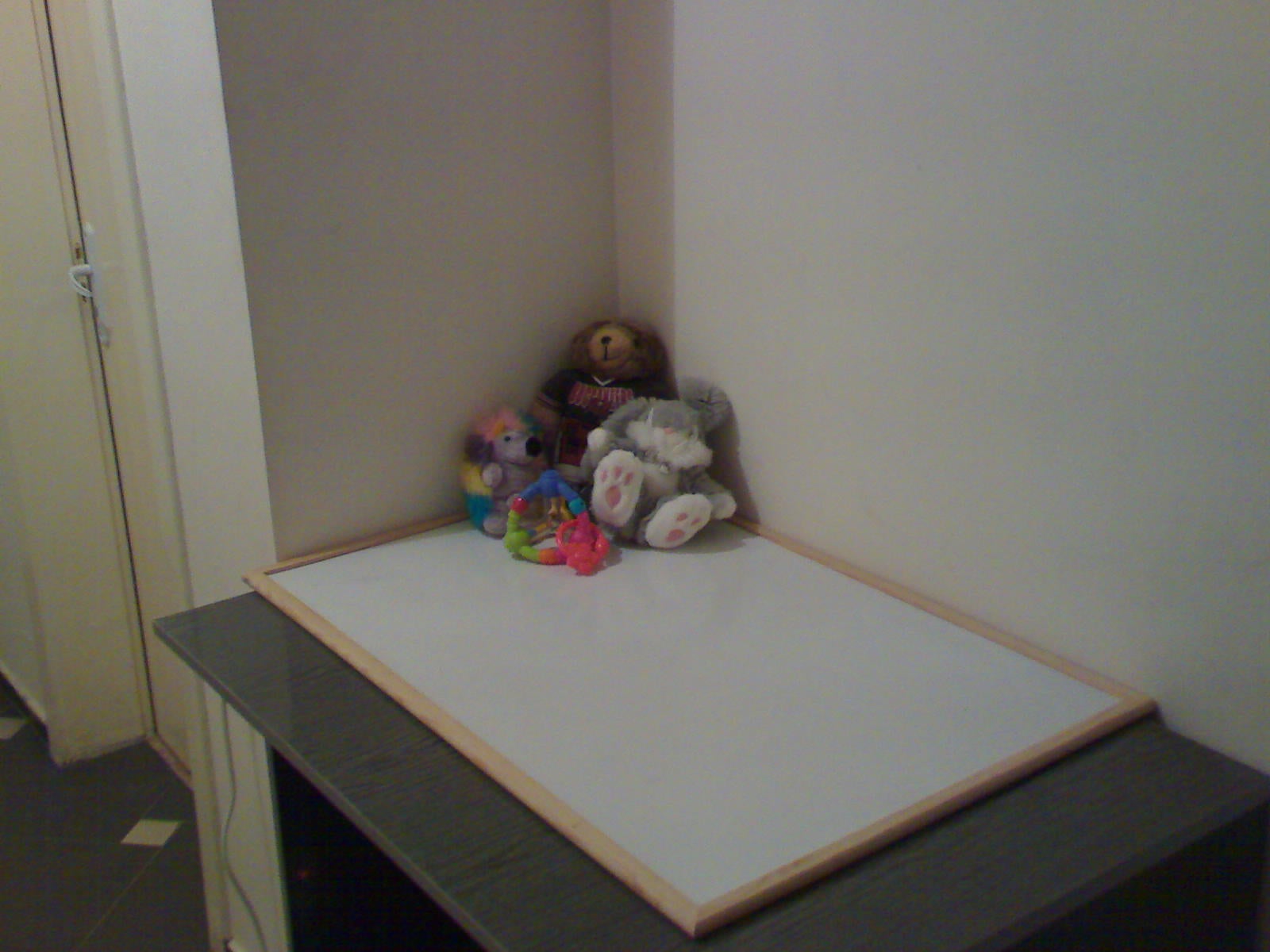



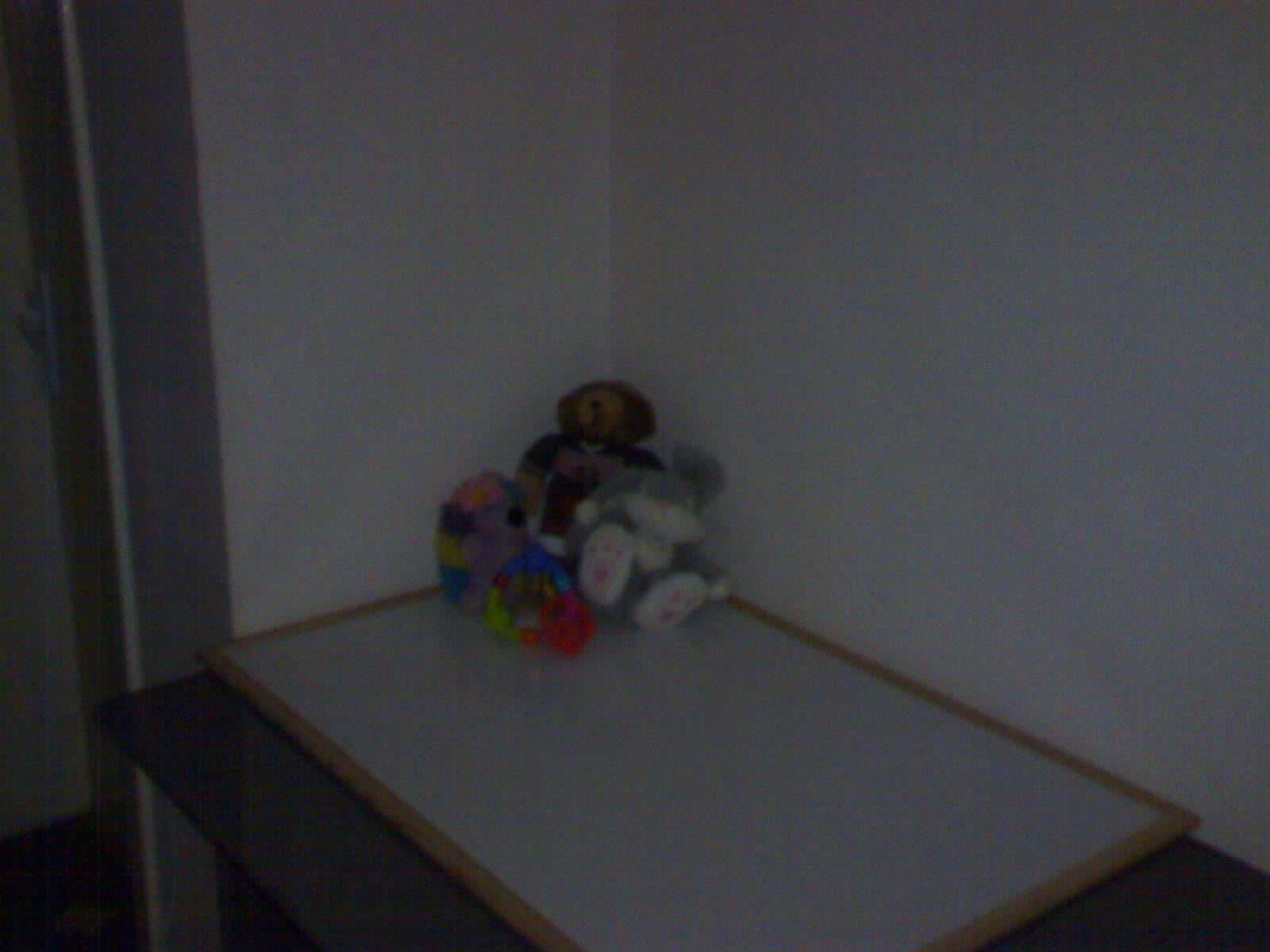
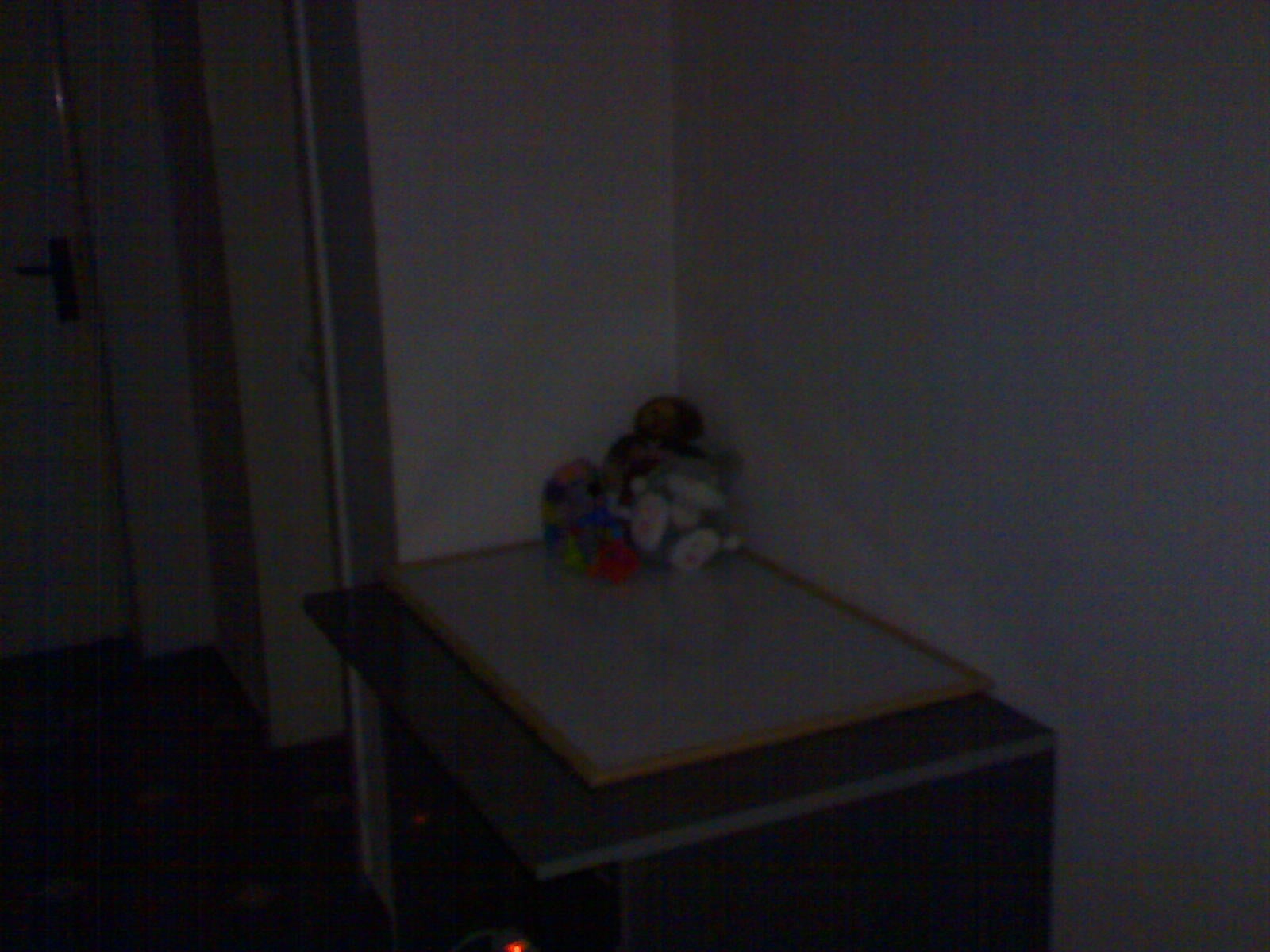
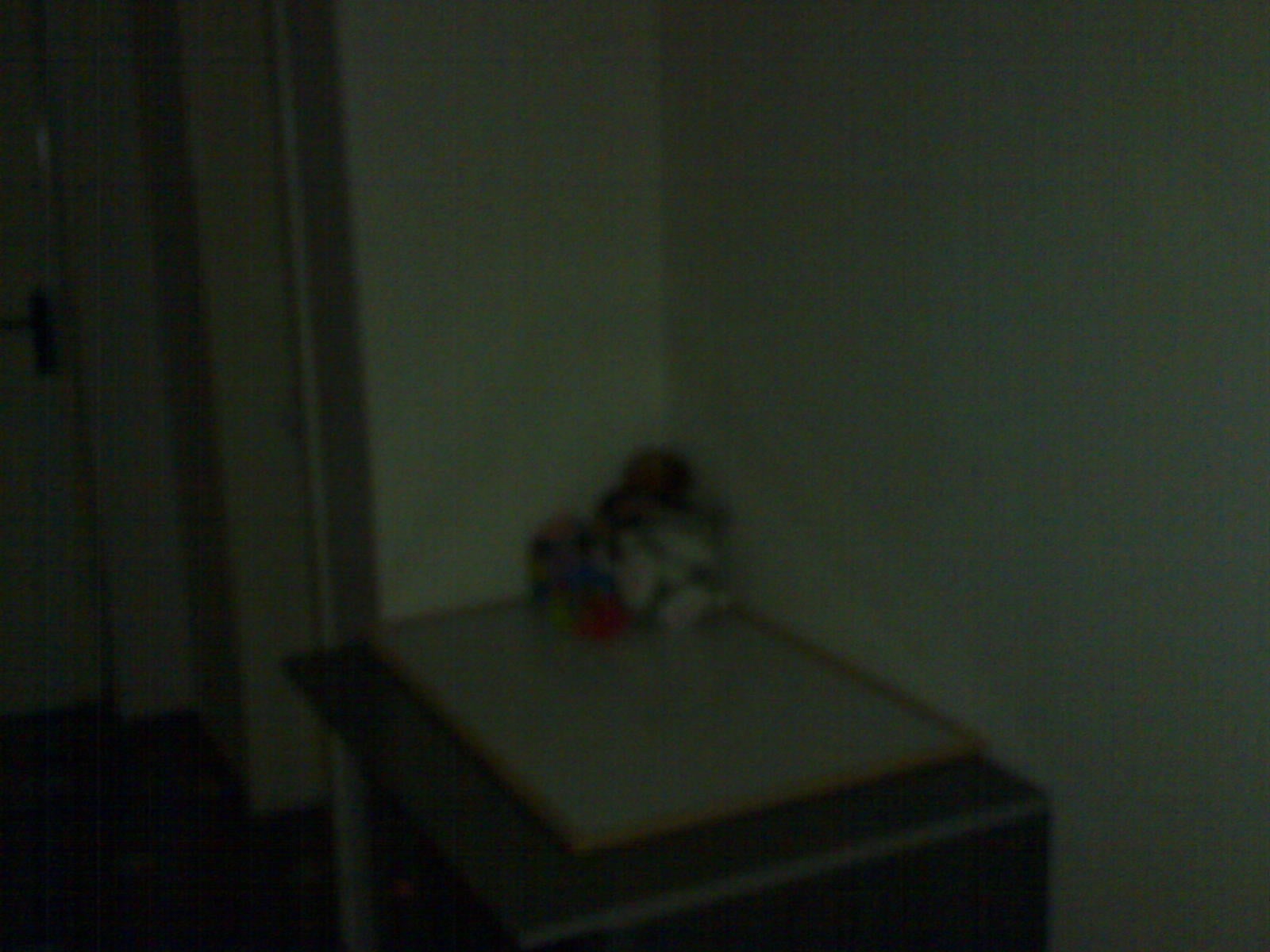




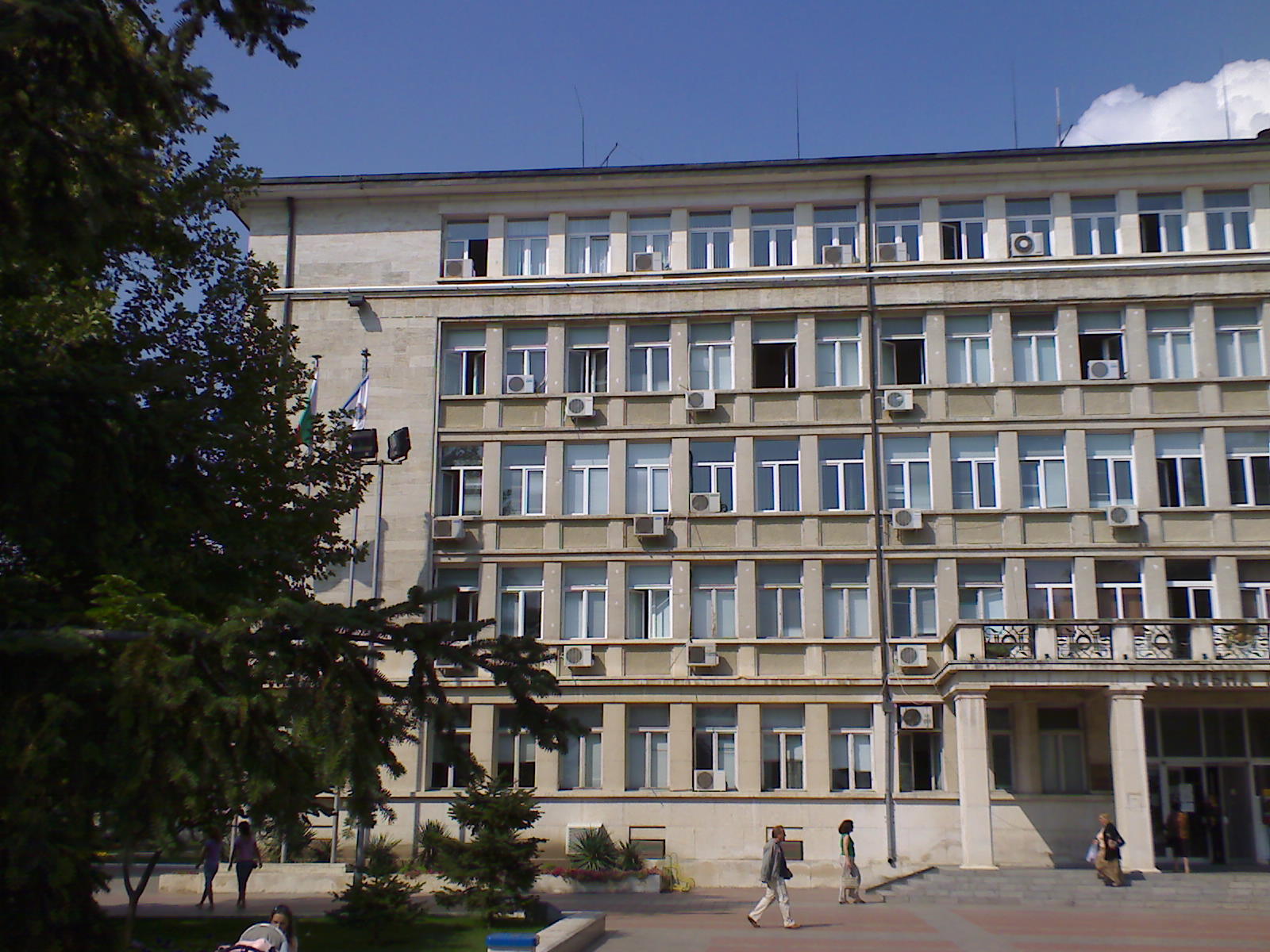


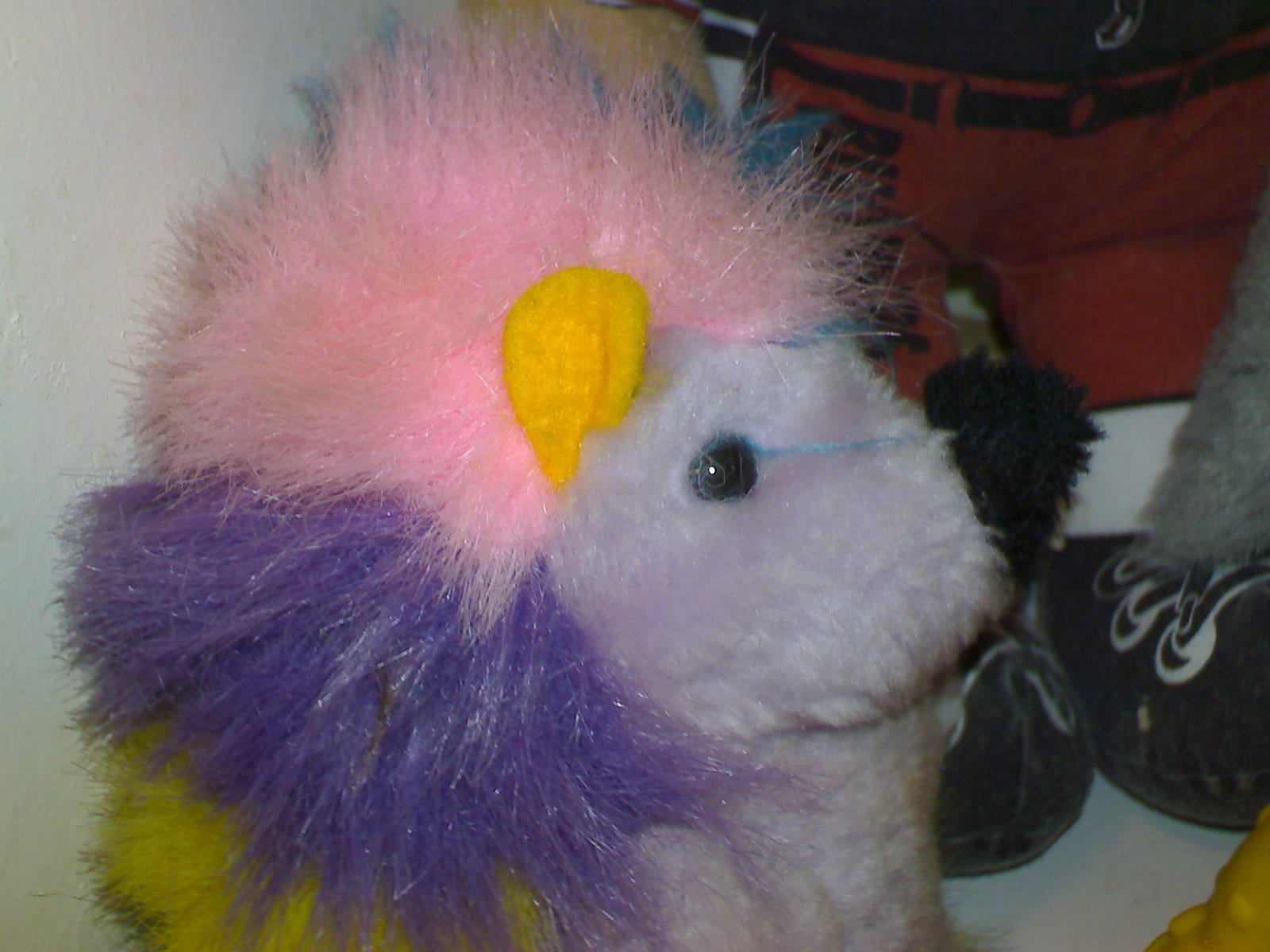
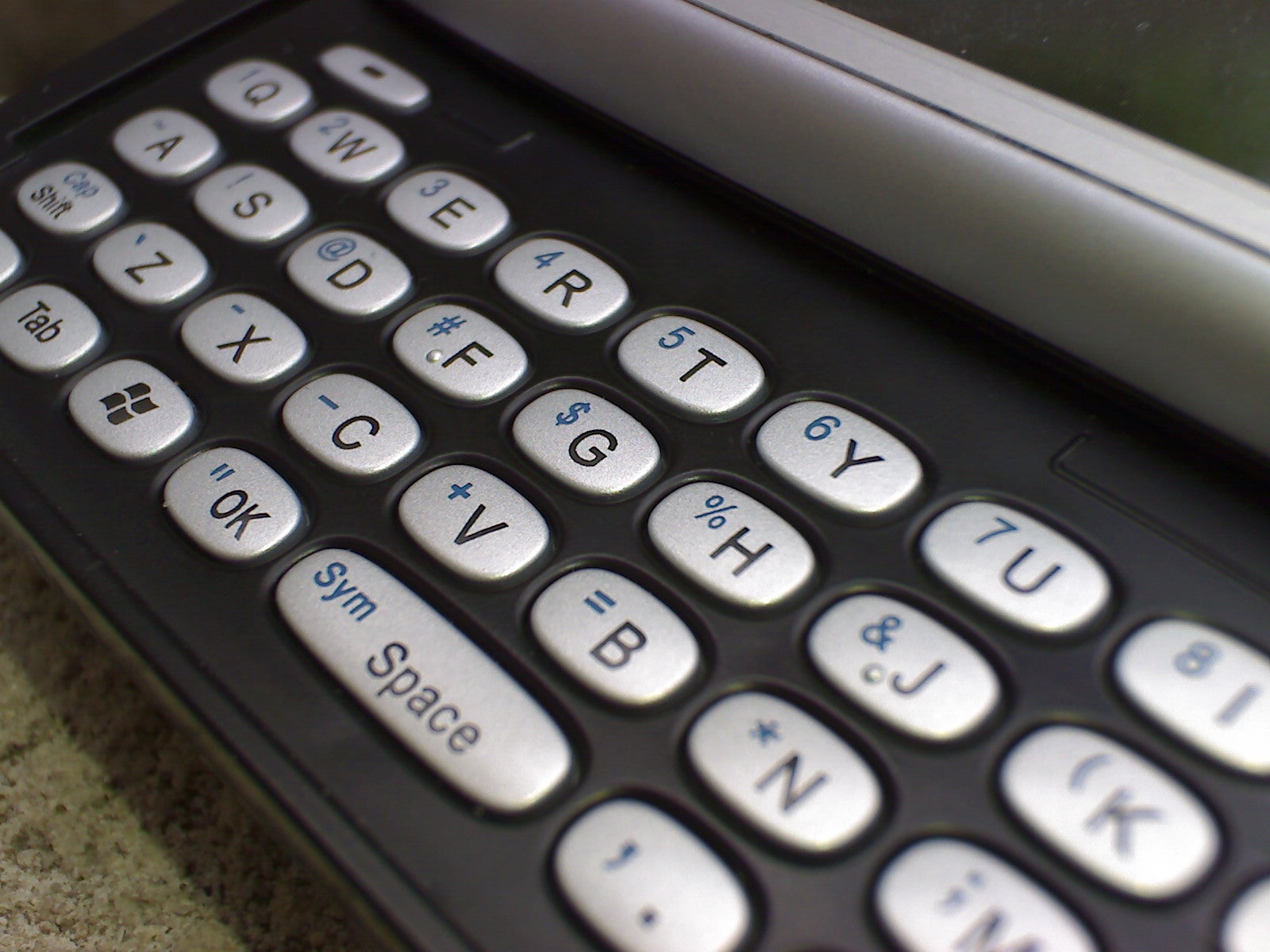




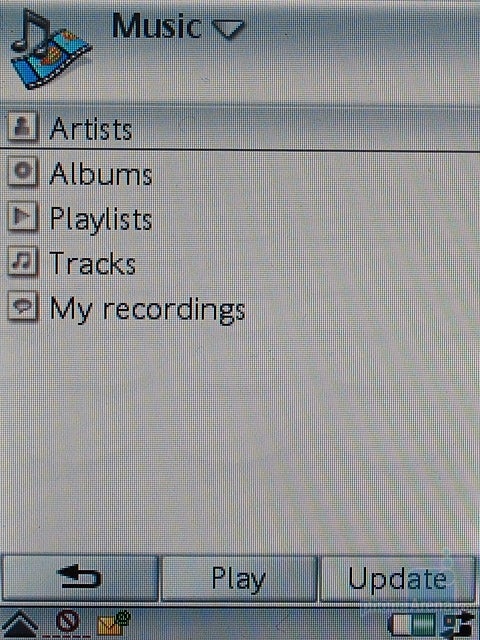
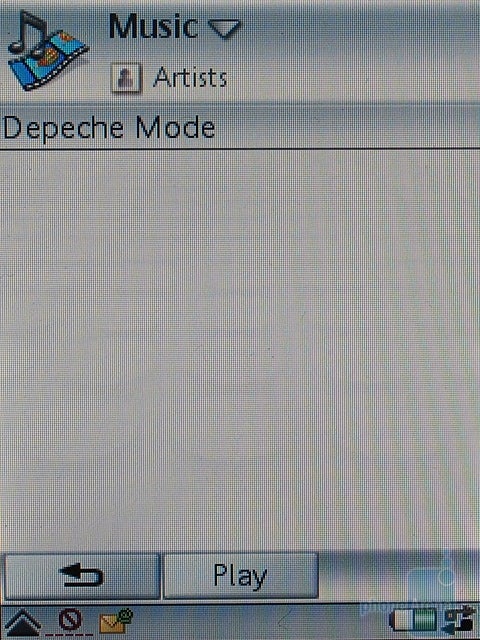
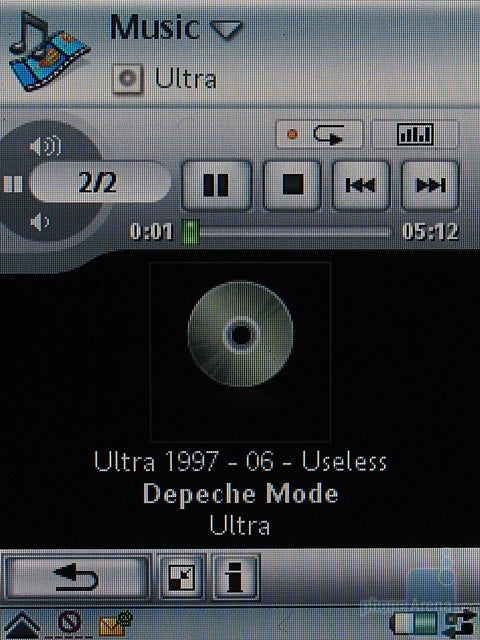
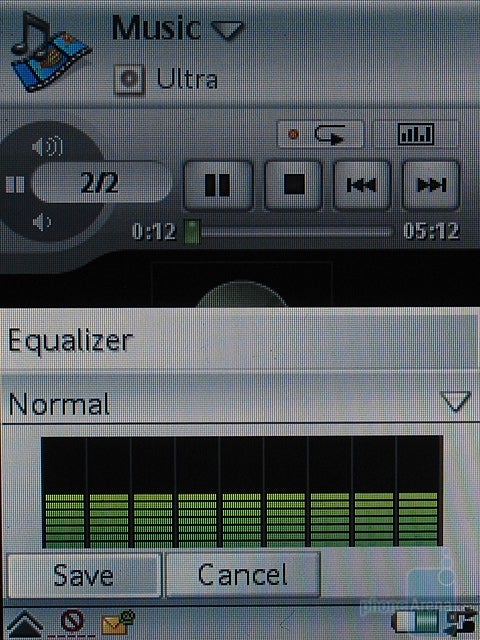
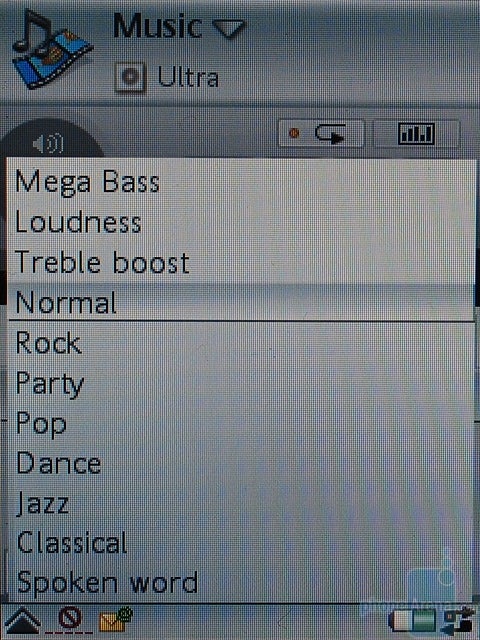
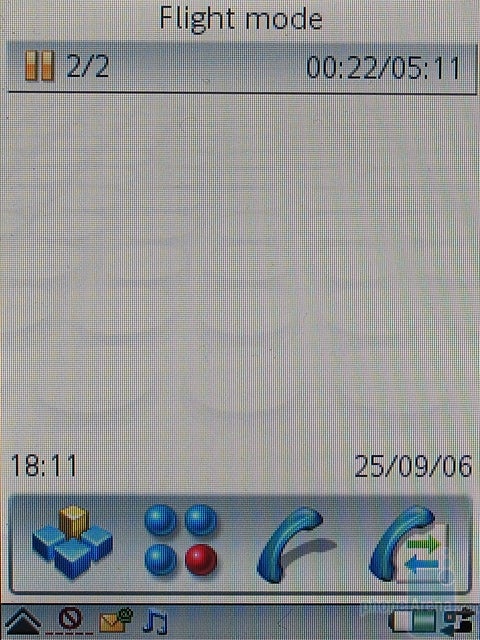
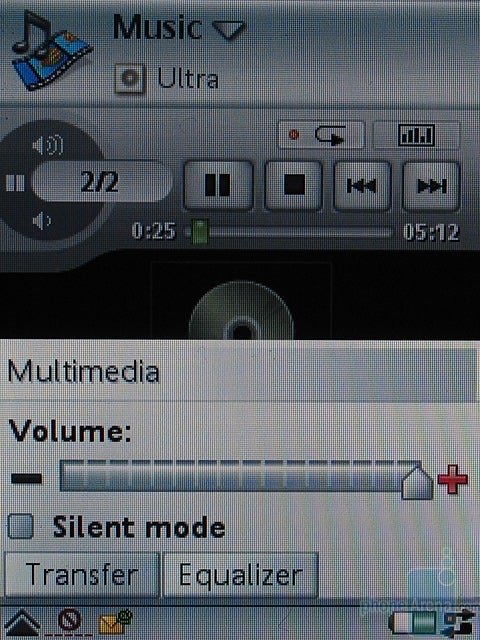
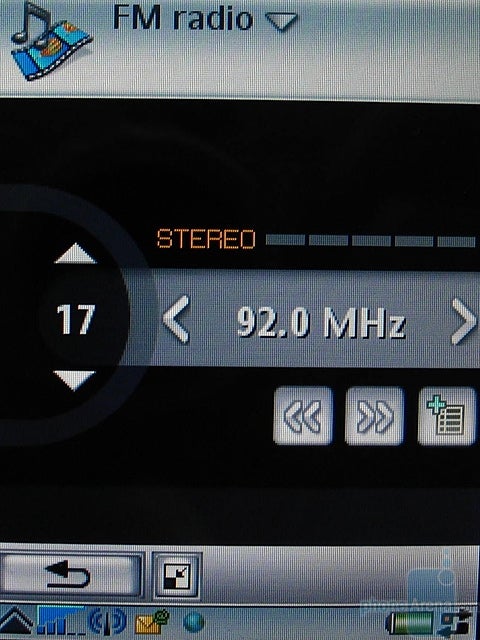
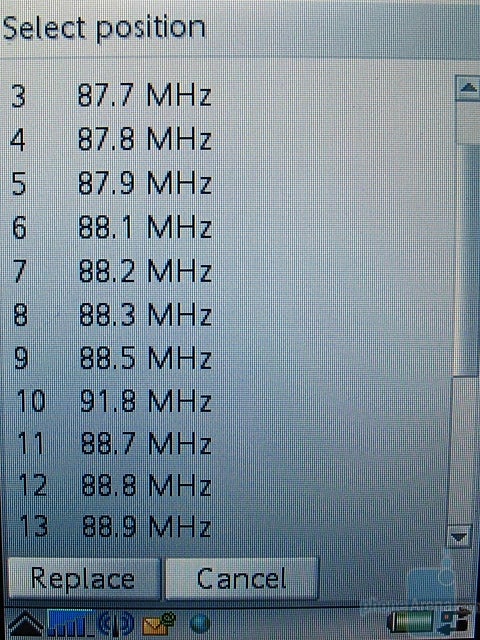
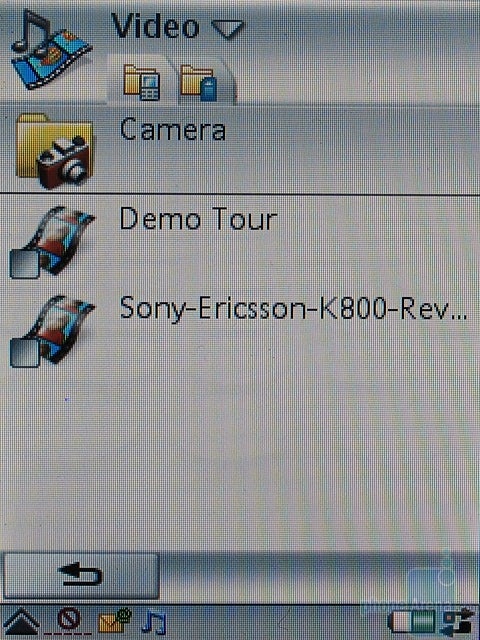
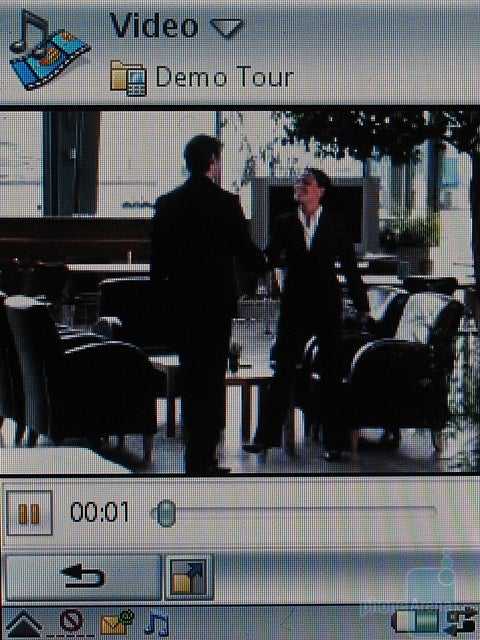
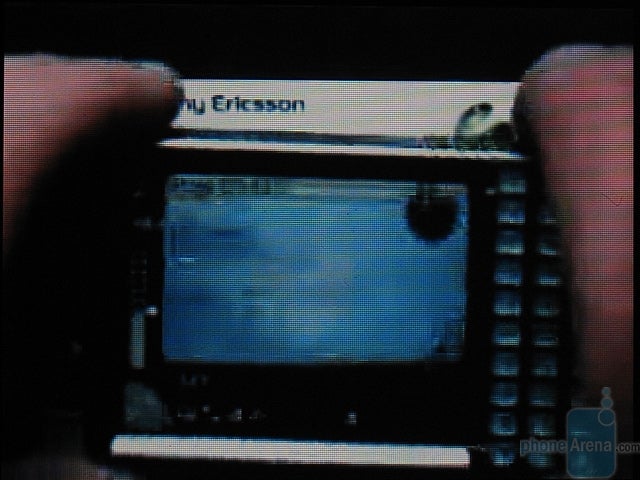
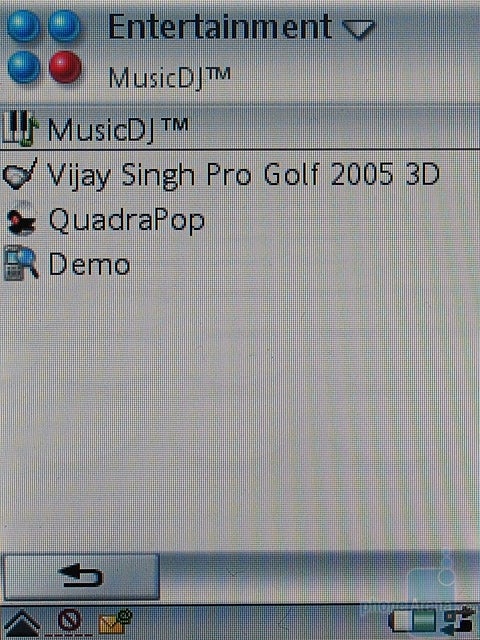
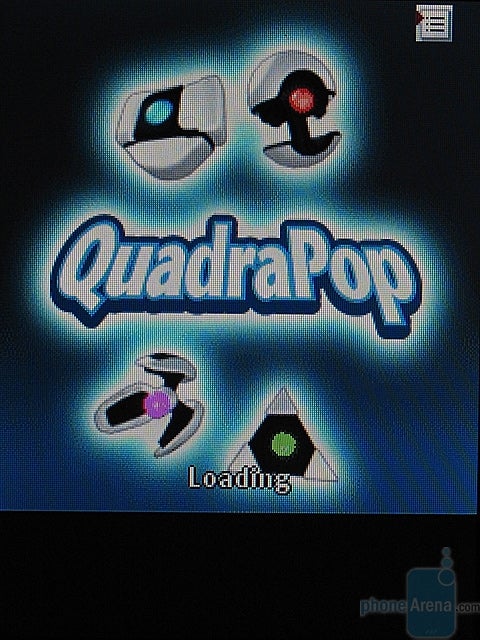
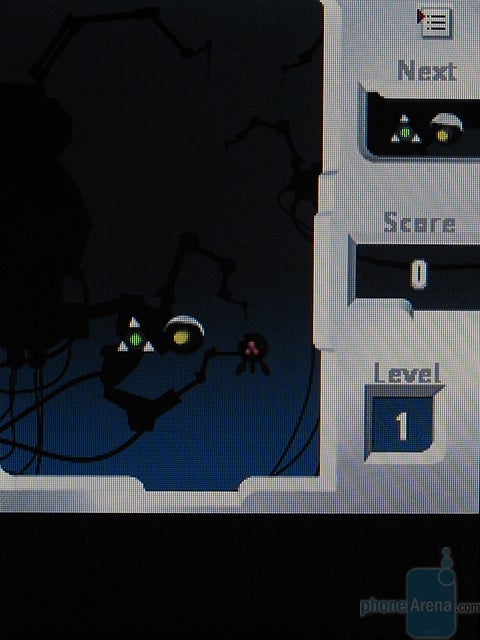

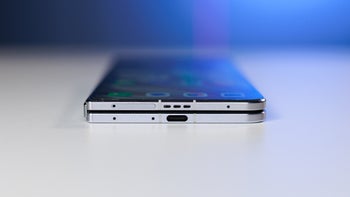
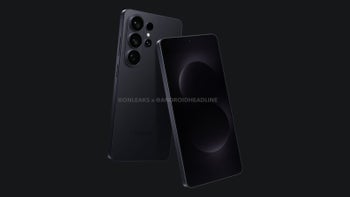
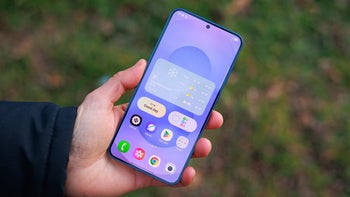
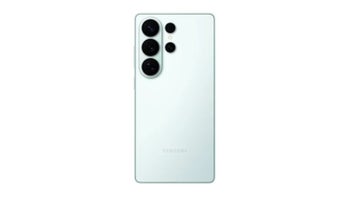
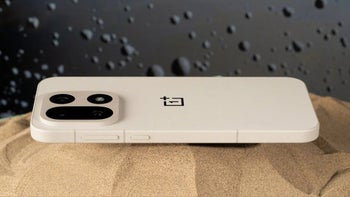
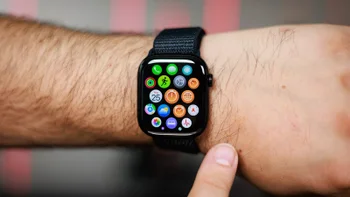
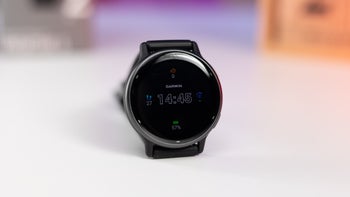
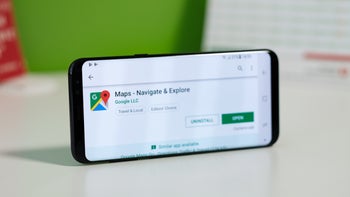
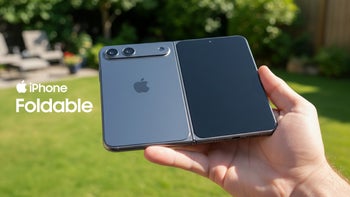
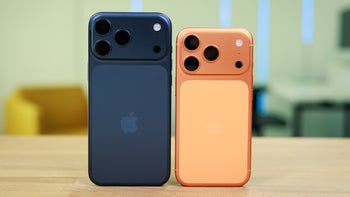
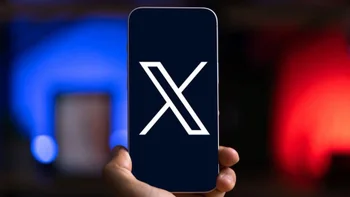
Things that are NOT allowed:
To help keep our community safe and free from spam, we apply temporary limits to newly created accounts: